This is the definitive guide for ALL camping essentials. In this post we’ll review every item that makes camping more enjoyable (what you need, want, or maybe never even thought of).
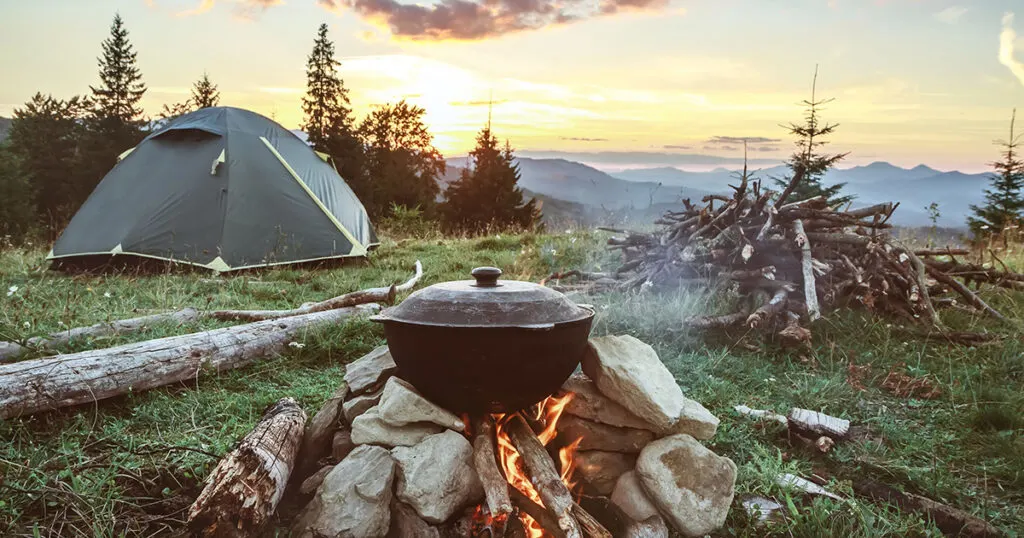
You’ll also see my top 10 camping essentials checklist, backpacking essential gear list, and a review of every single campsite item you may want to consider bringing.
Navigating this page (jump to any section by clicking a link from the list below)
- Top 10 Camping Essentials
- All Camp Setup Essentials
- Camp Kitchen Essentials
- Better Sleep at Camp
- Camp Clothing Essentials
- Camp Tools
- Hygiene & Camp Health
- Backpacking Essentials
Top 10 Camping Essentials
Here are the top 10 camping essentials in order of importance. Each of these items are listed in detail in the sections below.
- Water Bottle & Purification Method
- The Right Clothing
- The Right Food
- Ferro Rod
- Sleeping Bag & Pad
- Tent/Shelter
- Pocket Knife
- Toilet Paper
- First Aid Kit
- Headlamp
(Camp Setup) Camping Essentials
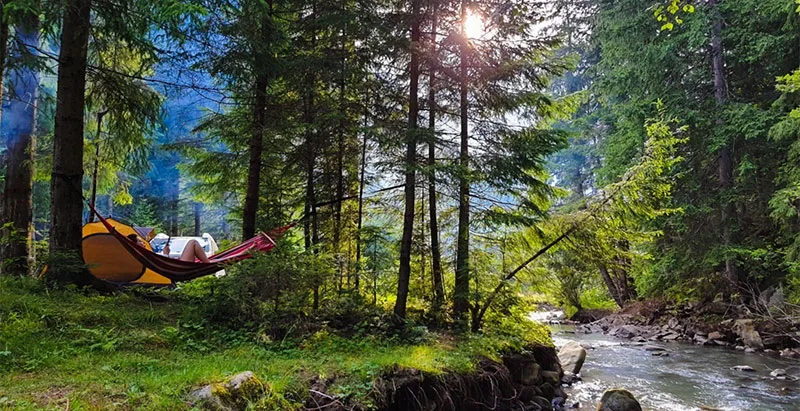
These items are all for standard car camping, dispersed camping, or campground camping. If you’re interested in a backpacking checklist, click here.
Shop our Recommended (Camp Setup) Camping Essentials
Camping Shelter (Tent)
For this post, we’ll assume you’re camping in a tent. If you’re in a truck camper, travel trailer, bus, van, or some other mobile camping method, your shelter is already thought out.
You’re going to want a waterproof tent, tent spikes, repair kit, and ground mat.
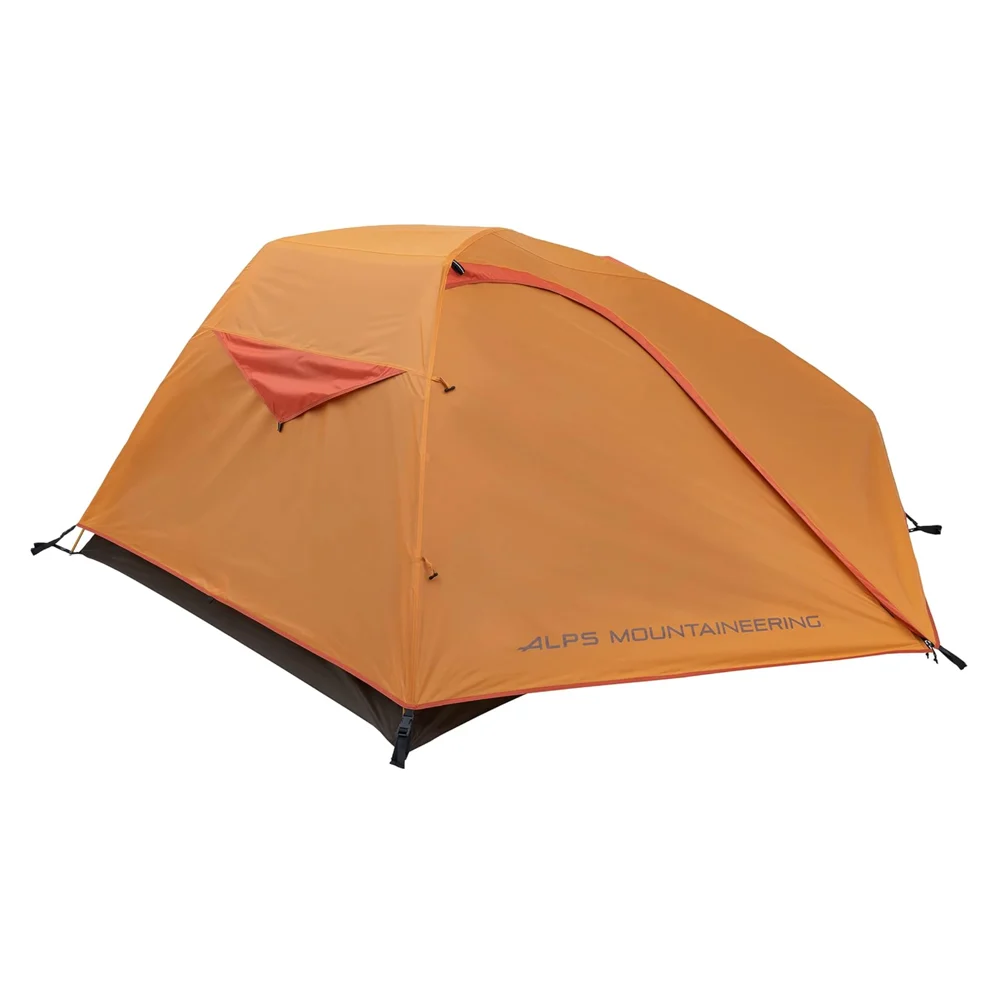
- Material: Aluminum and Polyester, Imported.
- Assembly: Free-standing, aluminum two-pole design, easy setup with snap-over pole clips.
- Tent Fly: Polyester with 1500mm coating, water and UV resistant, two vestibules for storage.
- Ventilation: Two mesh doors, entire mesh walls.
- Accessories: #8 zippers, mesh storage pockets, gear loft, aluminum stakes, guy ropes.
- Dimensions: Base Size – 4’10” x 7’4″, Center Height – 38″.
- Weight: Total – 5 lbs. 11 oz., Minimum – 4 lbs. 14 oz.
- Packed Size: 6.5″ x 19″.
- VIEW MORE
- Purchase on Amazon
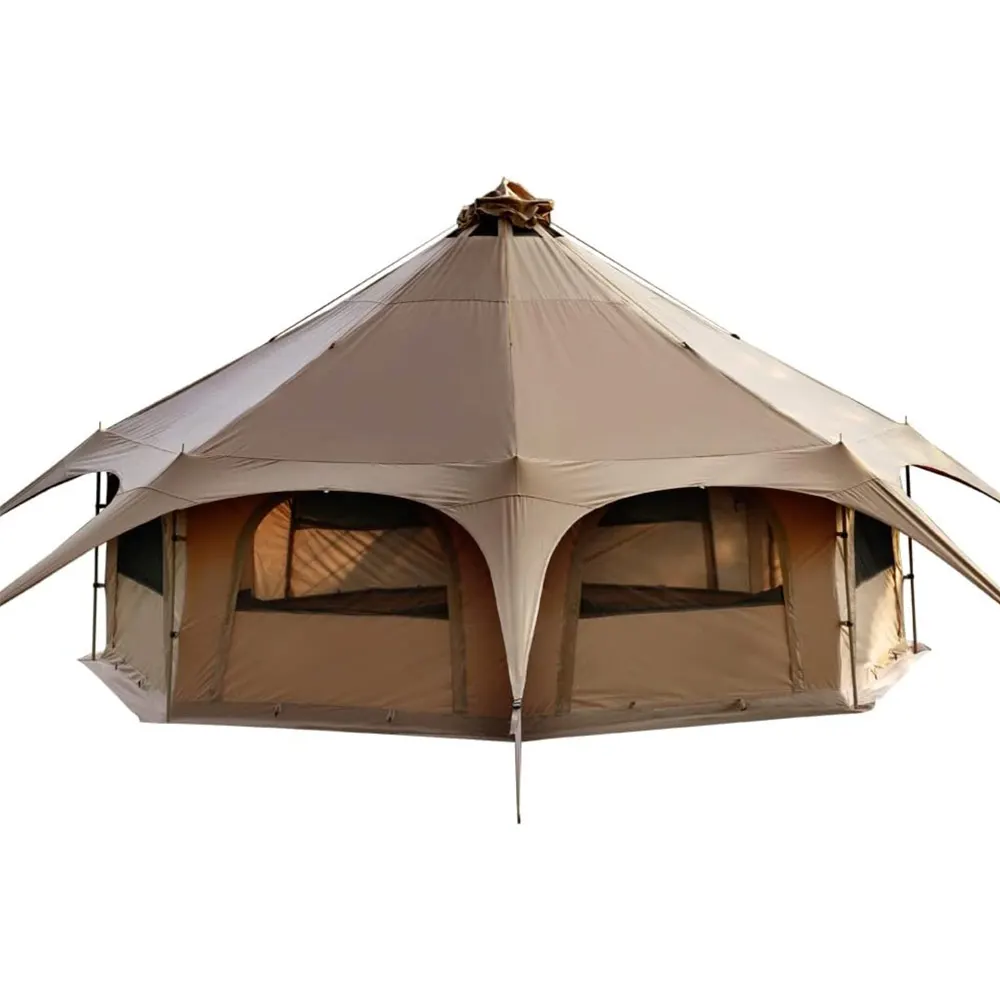
- Size: Diameter – 16.4 ft, Height – 9.18 ft.
- Material: Roof – TC cotton canvas, Walls – 210D Oxford cloth, Floor – 600D Oxford cloth.
- Setup: Easy with adjustable straps, pegs, side poles, eight doors with mesh windows.
- Features: Fire-resistant, double-stitched seams, reinforced corners.
- Seasonality: Suitable for all seasons, excellent ventilation and heat insulation.
- VIEW MORE
- Purchase on Amazon
Canopy w/ Removable Walls
A high quality canopy with anchors (weights or tie downs) will make a difference with how much you enjoy your camping experience (protection from: rain, snow, wind, hot, direct sunlight). Stay dry, have a place for cooking food, keep the bugs out (if you’re in an area with a mosquito problem – you’ll want netting), enjoy the shade, and avoid the cold and persistent wind.
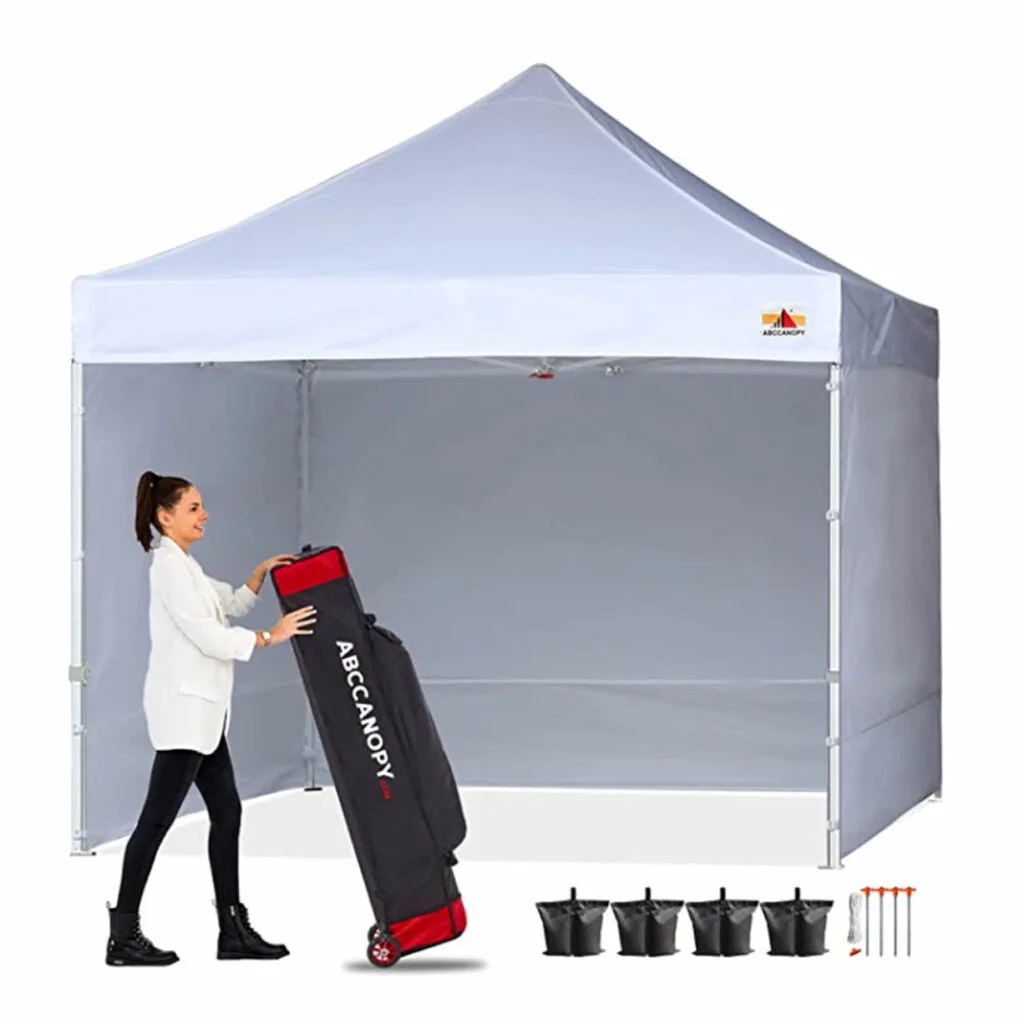
- Shade Area: 100 sq ft, 10’x10′ at base and top.
- Setup: Quick, tool-free, adjustable height.
- Material: Commercial-grade frame, 500D polyester canopy, UPF 50+, 100% waterproof.
- Usage: Outdoor events, trade shows, sports, picnics, indoor spaces.
- Included: Frame, canopy, sidewalls, door wall, roller bag, weight bags, stakes, ropes.
- VIEW MORE
- Purchase on Amazon
Tarp & Paracord
If you’re unable to purchase or obtain a canopy, a tarp from a home improvement store works well. In fact, even if you have a great canopy, having a tarp provides added functionality and protection from the elements to your campsite experience.
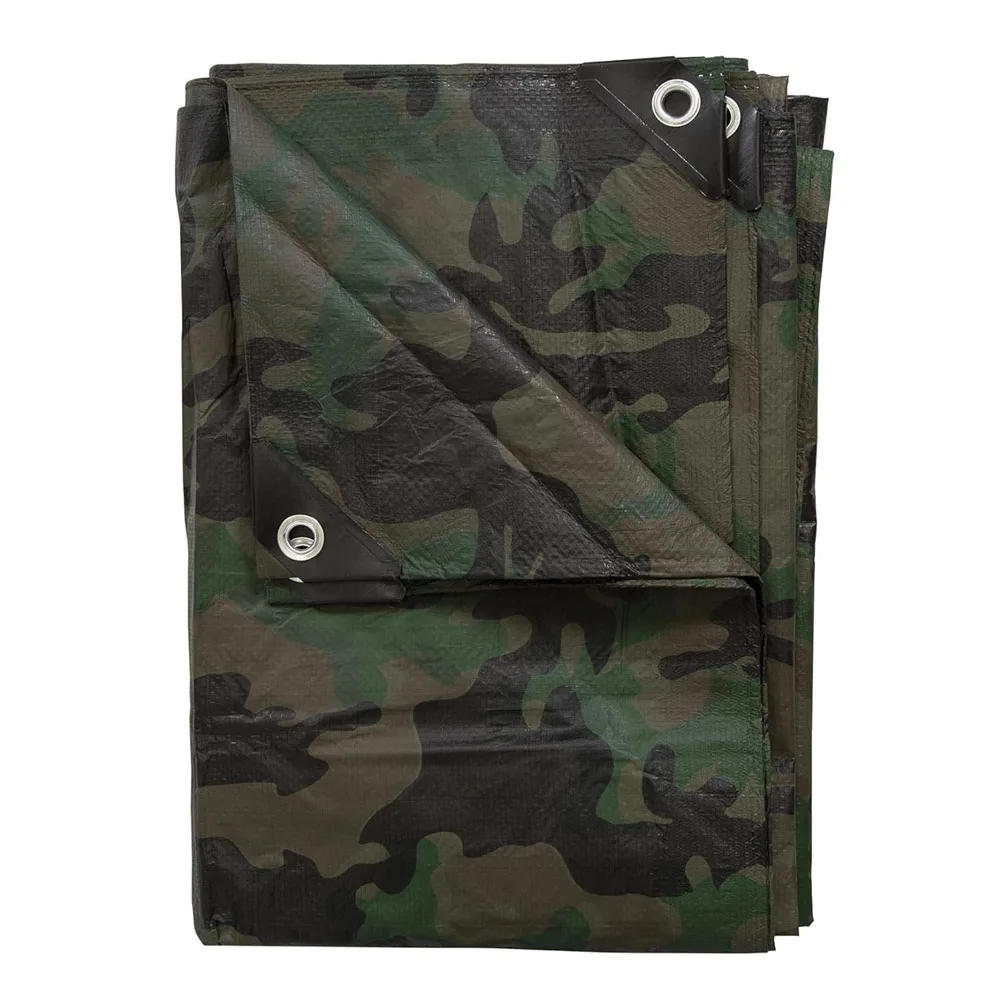
- Use: Multi-purpose, suitable for various applications.
- Material: Durable, rip-stop polyethylene, laminated on both sides.
- Features: Double reinforced corners, heavy-duty grommets, rope reinforced edges.
- Size: Cut size – 8′ x 10′, Finished size – approx. 7′ 6″ x 9′ 8″.
- VIEW MORE
- Purchase on Amazon
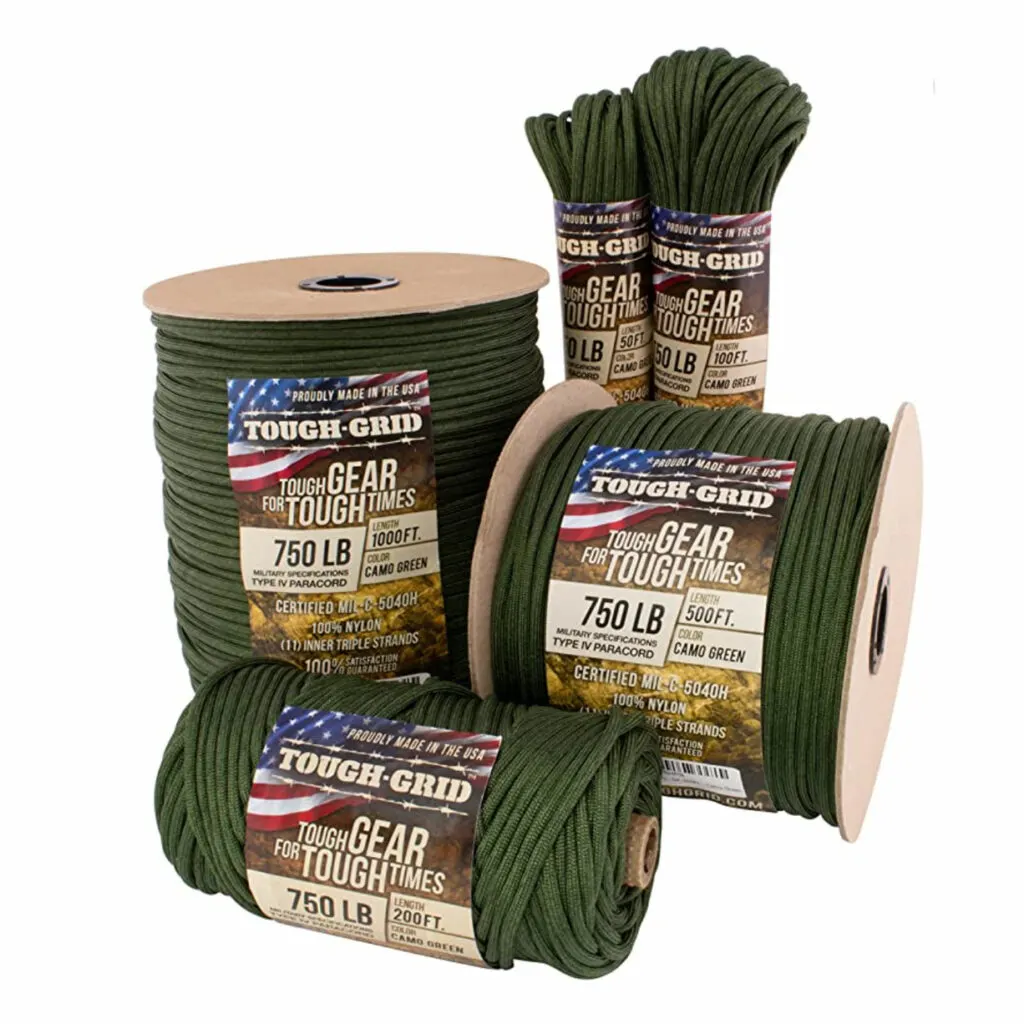
- Lengths: 50, 100, 150, 200, 500, 1000 feet.
- Packaging: Bags, tubes, spools based on length.
- Quality: Type 4 750lb Mil-Spec, 3/16″ diameter.
- Strength: Extra 200 pounds over regular 550 cord.
- Material: 100% Nylon, 11 Triple Strands.
- Uses: Outdoor activities, emergency situations.
- Recommendation: Endorsed by US Military Veterans.
- Versatility: Suitable for various applications and emergencies.
- VIEW MORE
- Purchase on Amazon
If you’re sleeping in a hammock, you can use it as cover. You can create a kitchen a area under cover if you have the right layout of trees or your vehicle positioning.
The paracord helps you secure your tarp shelter (tying it down and securing it).
Camping Chairs
Comfy camp chairs come in many different shapes and sizes. Think through how you want to relax and pick a seat that’ll accommodate.
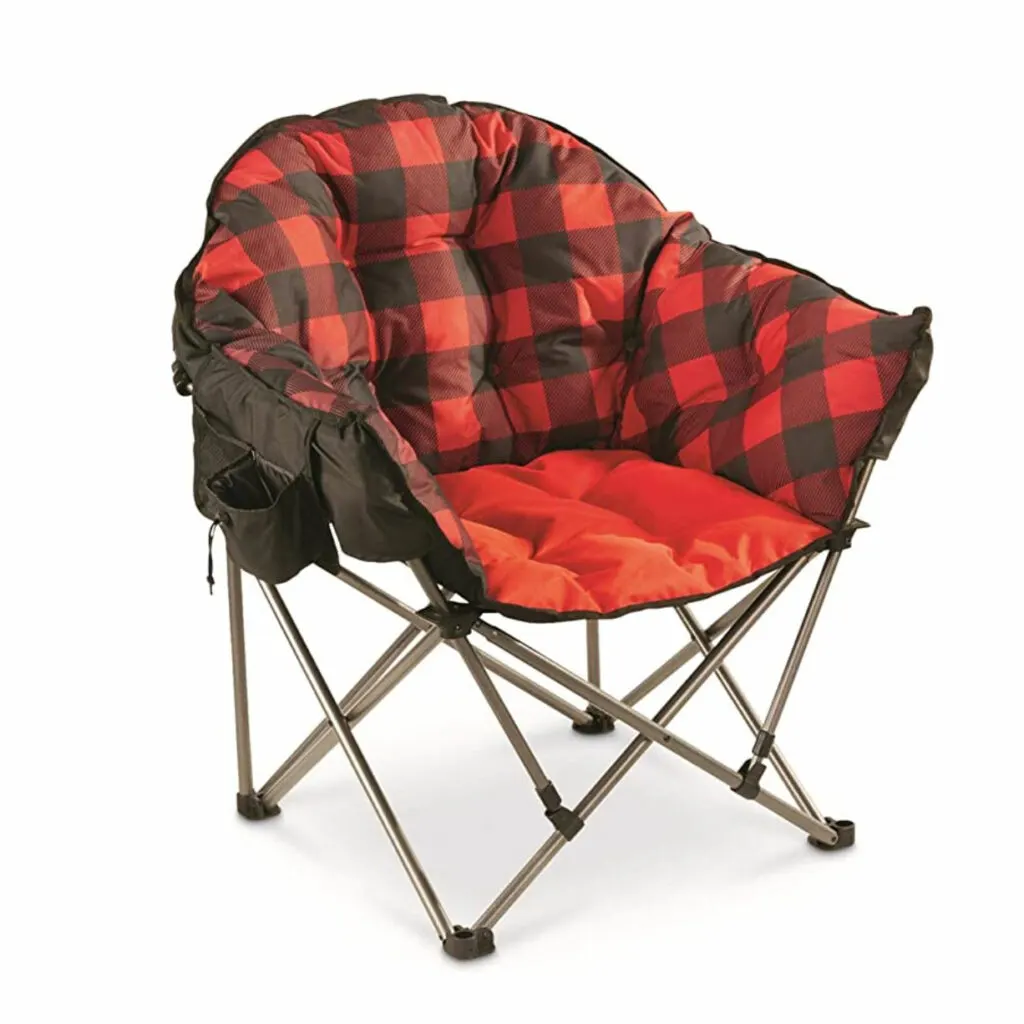
- Weight: 13.12 lbs.
- Portability: Includes storage bag, foldable design.
- Frame: Durable steel, supports up to 500 lbs.
- Material: 600-denier polyester, water-resistant.
- Features: Cup holder, mesh pocket.
- VIEW MORE
- Purchase on Amazon
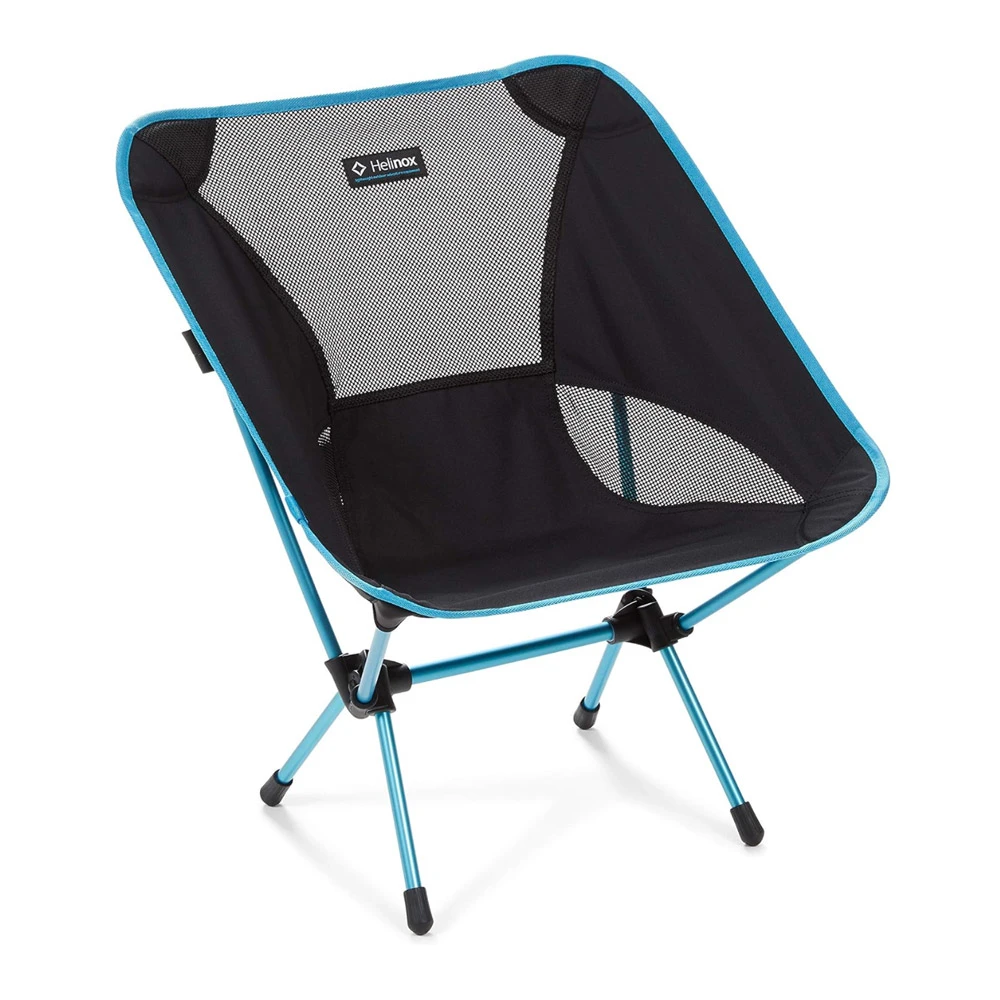
- Weight: 2.10 pounds.
- Size: Packed dimensions – 4 x 4.5 x 14 inches.
- Frame: Proprietary aluminum alloy, supports up to 320 lbs.
- Material: UV-resistant, 600-weave rip-stop polyester.
- Setup: Single internal bungee cord, easy assembly.
- VIEW MORE
- Purchase on Amazon
Hammock
A hammock is not a must have but it’s amazing when you’re relaxing around camp or taking a break during your backcountry hike. One of the best naps you’ll ever have will be in hammock after a long hike. Cool breeze in the air, shade overhead, and you just lightly swinging back and forth with the sound of the wind navigating through the pines.
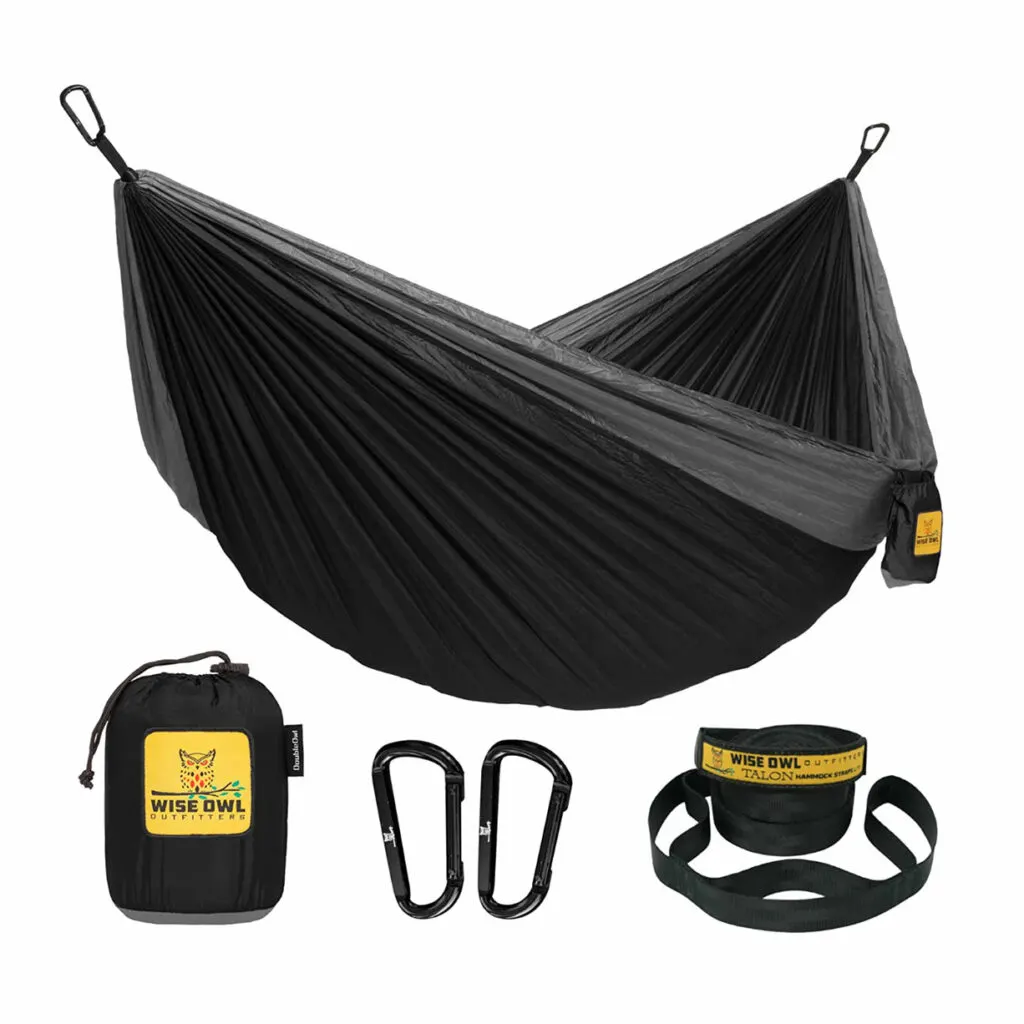
- Comfort: Ideal for various outdoor and backyard settings.
- Size & Weight: Single (9’x4.5′), Double (10’x6.5′), 24oz weight.
- Setup: Easy with tree straps, carabiners, and adjustable loops.
- Capacity: Single up to 400 lbs, Double up to 500 lbs.
- Material: Parachute nylon, machine washable.
- Use: Camping, hiking, beach trips, backyard lounging.
- VIEW MORE
- Purchase on Amazon
Compact Folding Table
If you’re not at a campground with a picnic table, the compact folding table is a must have. You don’t really want to prepare your food on the ground (trust me). Having a folding table while camping makes food prep much easier.
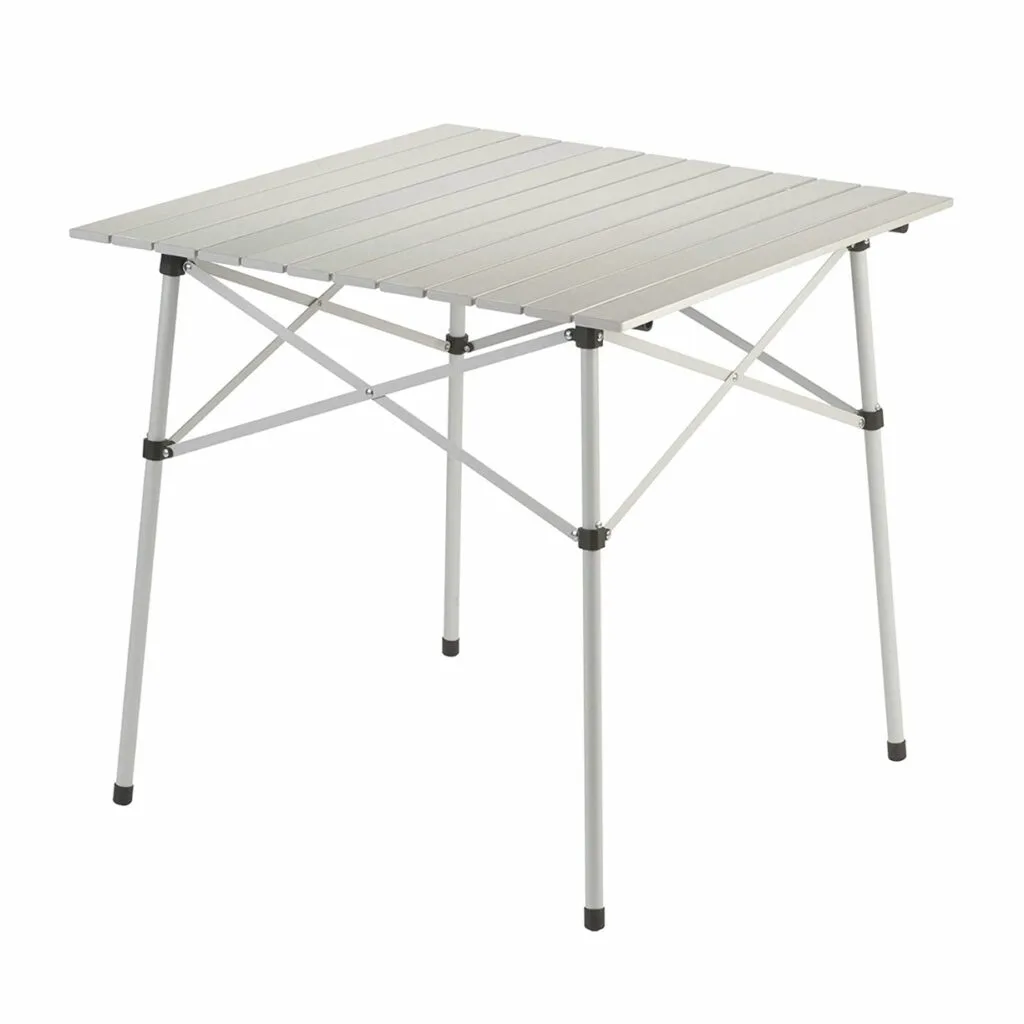
- Design: Ultra-compact, aluminum slat top, steel frame.
- Functionality: Easy snap-together setup, folds for storage.
- Portability: Includes carrying bag for easy transport.
- Capacity: Suitable for seating up to 4 people.
- VIEW MORE
- Purchase on Amazon
Camp Rug
The camp rug is a luxury and not a necessity. However, depending on where you’re camping it might come in handy.
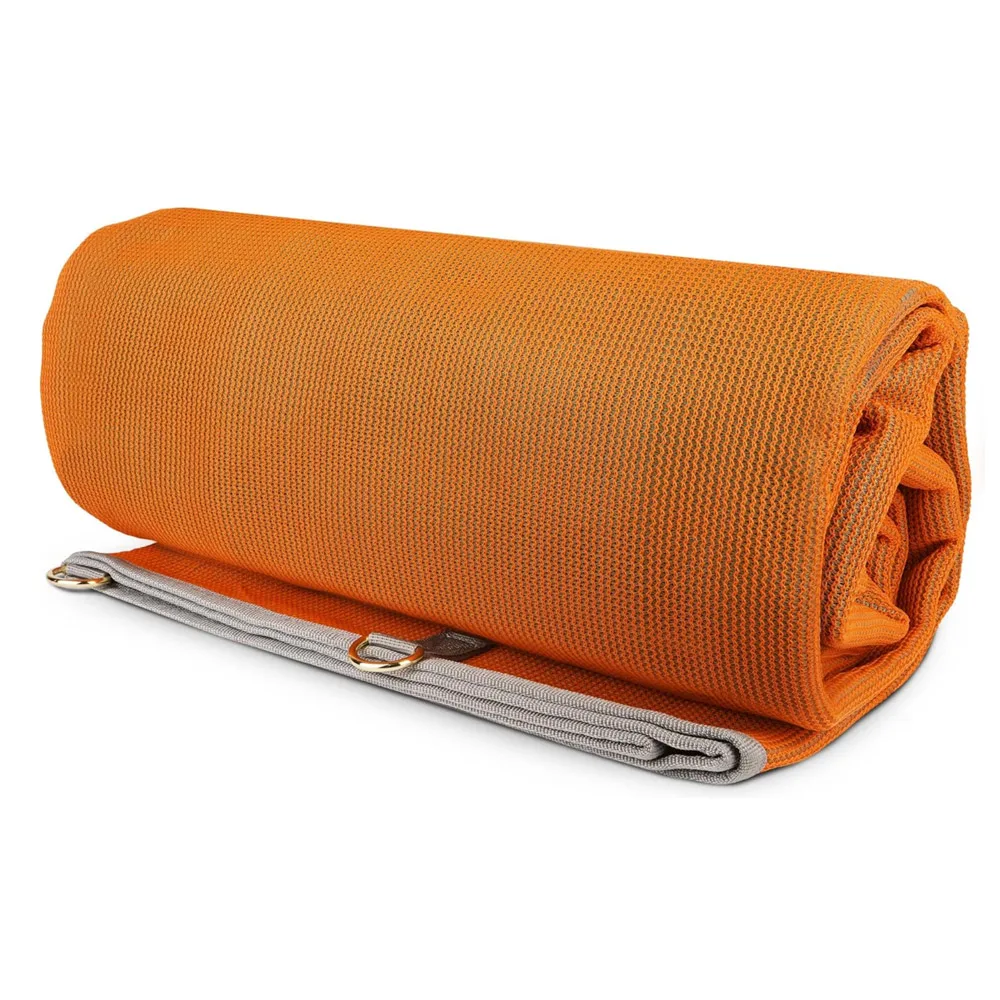
- Material: Durable polyethylene, made in the USA/Imported.
- Design: Patented sand-free weave, military-grade construction.
- Features: Quick drying, water and UV resistant.
- Stability: Heavy-duty D Rings for secure staking.
- Sizes: SMALL, MEDIUM, LARGE, XLARGE.
- VIEW MORE
- Purchase on Amazon
Firewood
A campfire is a great way to get warm before bed and without the wood, you’re going to be out of luck.
Safe Campfire
If you live in an area like us (Colorado) that’s prone to wildfires it’s essential that you adhere to all local guidelines in relation to campfires. There are just too many ways a fire can get out of control. We live on the containment line of the Cameron Peak fire (2020) – the fire hit our property, wrapped around our house and we’re lucky… we only lost a handful of trees and some piles of wood.
Your best bet when deciding to have a campfire is the Ignik FireCan Portable Propane Fire Pit. It’s a safe and portable option and we love it.
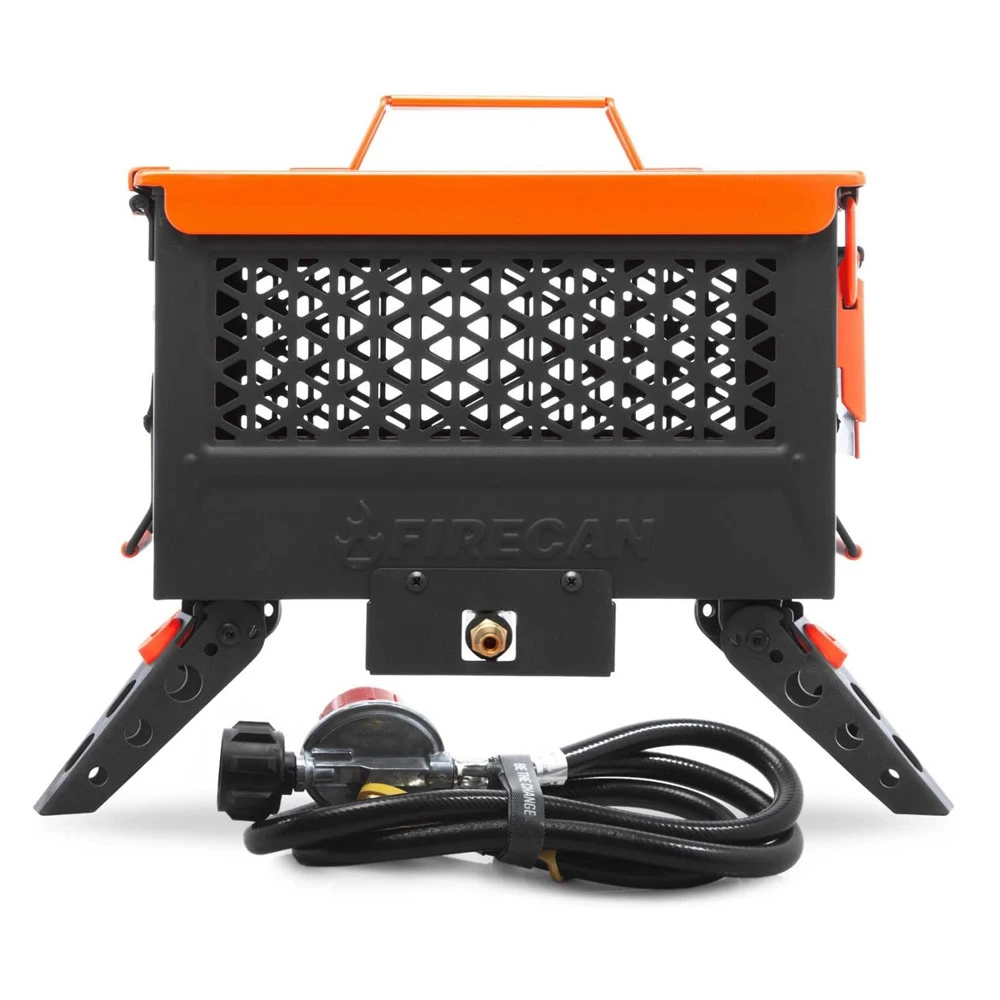
- Design: Propane-fueled, portable, ammo can style.
- Setup: Foldable legs, 5-foot hose with regulator.
- Compatibility: Works with 5lb, 10lb, 20lb propane cylinders.
- Features: Steel mesh sides, adjustable flame, pilot hole for lighting.
- Transport: Removable lid, carry handle, silicone side handles.
- Size & Weight: 15.5 x 6.5 x 10.75 inches (packed: 12 x 6.25 x 8.5 inches), 11.5 pounds.
- VIEW MORE
- Purchase on Amazon
Pin it?
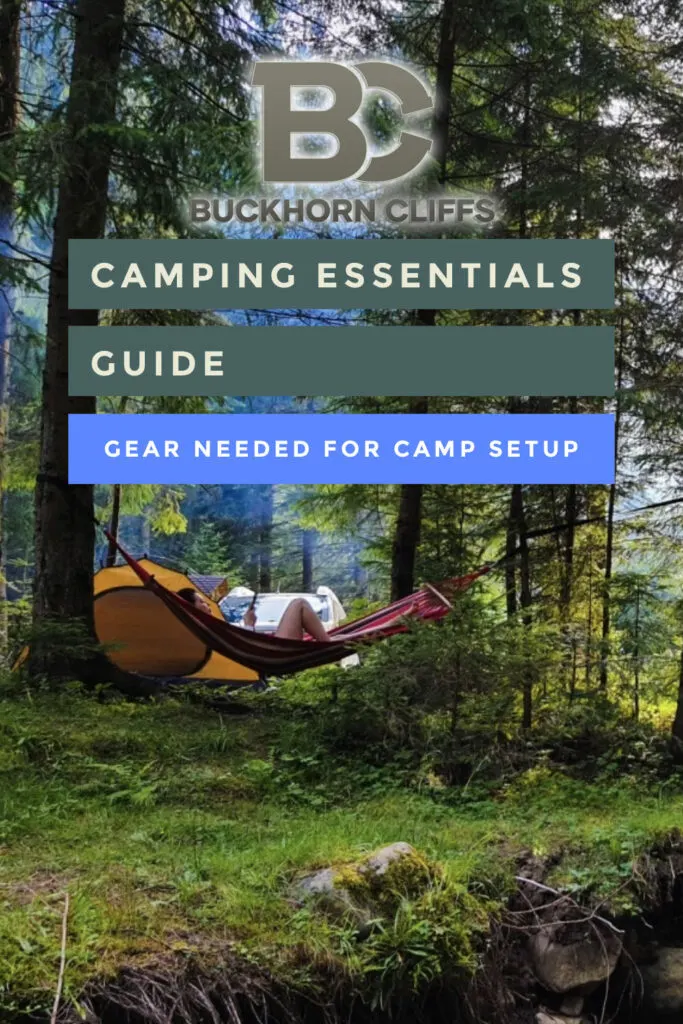
Kitchen Camping Essentials
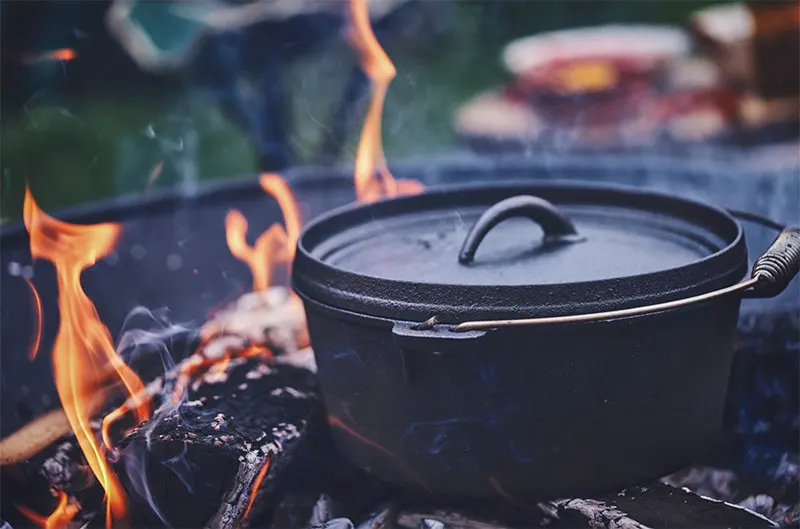
The right food and preparation when camping will make your experience better. Really plan out your food scenario to get the most out of your time in nature.
Shop our Recommended Kitchen Camping Essentials
Camp Stove & Fuel Source
The camp stove is a purchase you’ll need to make once and it’ll be around and ready when needed (even in emergency situations). Cooking over an open fire is a really great experience but it’s tough to get it right and most people burn their food.
If you want hot food while camping, a simple camp stove will make a world of difference.
There are different types of camp stoves for different types of camping. For backpacking, you’ll need a mini-portable, or pocket camp stove. These mini stoves are high up on my list for convenient camping essentials.
For camping at a campsite the 2 burner stove is a must have.
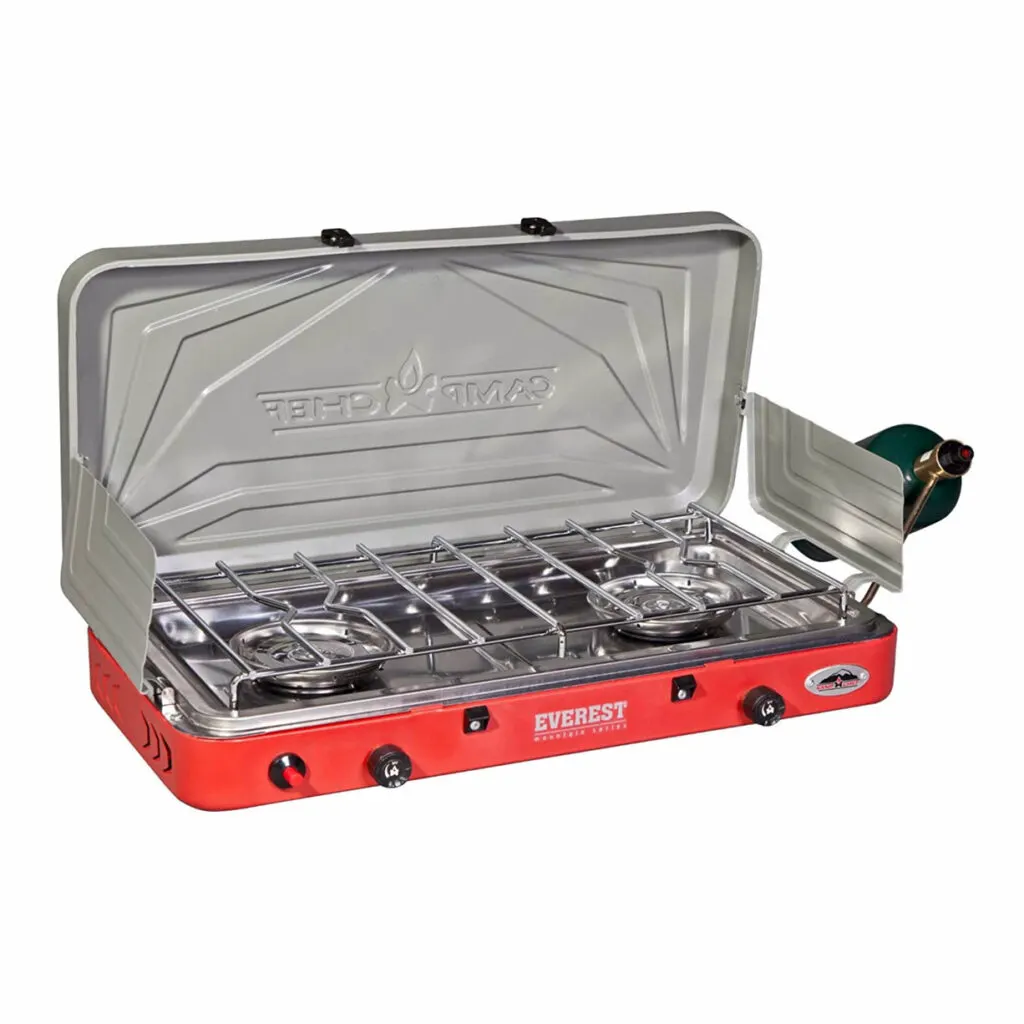
- Material: High-grade Stainless Steel, Robust Construction.
- Burners: Dual 20,000 BTU, High-Performance.
- Wind Protection: Integrated Three-Sided Barrier.
- Control: Precision Heat-Control Dials, Matchless Ignition.
- Maintenance: Easy-Clean Stainless Steel Drip Tray.
- Resistance: Wind-Resistant Design, Emergency Preparedness Suitable.
- Portability: Ergonomic Carry Handle.
- Accessories: Regulator Adaptor for 1-lb Propane Cylinder.
- Dimensions: Compact – 13.5″ L x 23.5″ W x 4″ H.
- Power: Total 40,000 BTU/hr Output.
- Weight: Lightweight at 12 lbs.
- Purchase on Amazon
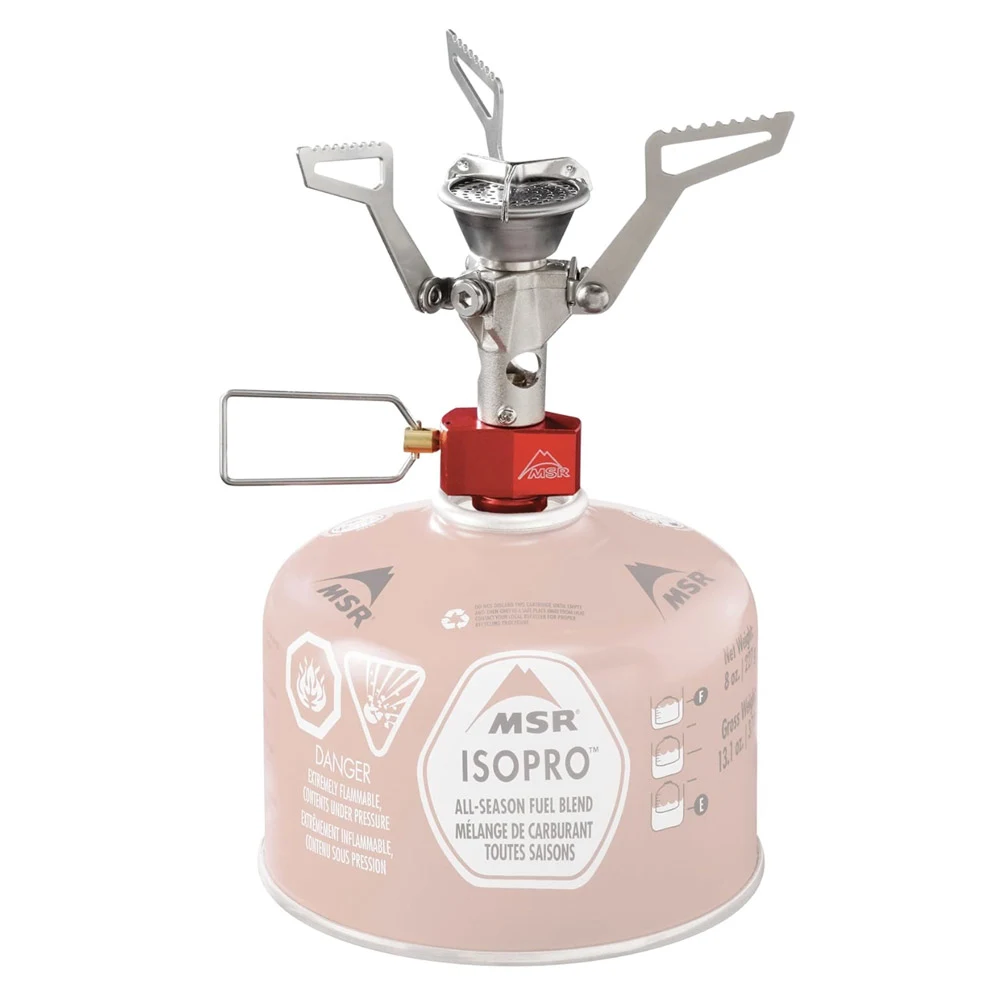
- Compact & Lightweight: Weighs 12 lbs, 13.5″ L x 23.5″ W x 4″ H.
- Burners: Dual 20,000 BTU, Total 40,000 BTU/hr.
- Wind Protection: Three-Sided Barrier, Effective in Wind.
- Control: Adjustable Heat-Control Dials, Matchless Ignition.
- Maintenance: Easy-Clean Stainless Steel Drip Tray.
- Portability: Convenient Carry Handle.
- Accessories: Includes 1-lb Propane Cylinder Regulator Adaptor.
- VIEW MORE
- Purchase on Amazon
Cooler with Ice
A high quality cooler allows you to stay out camping longer. If you’re camping near your car (and if you have the room) a bigger cooler is preferred.
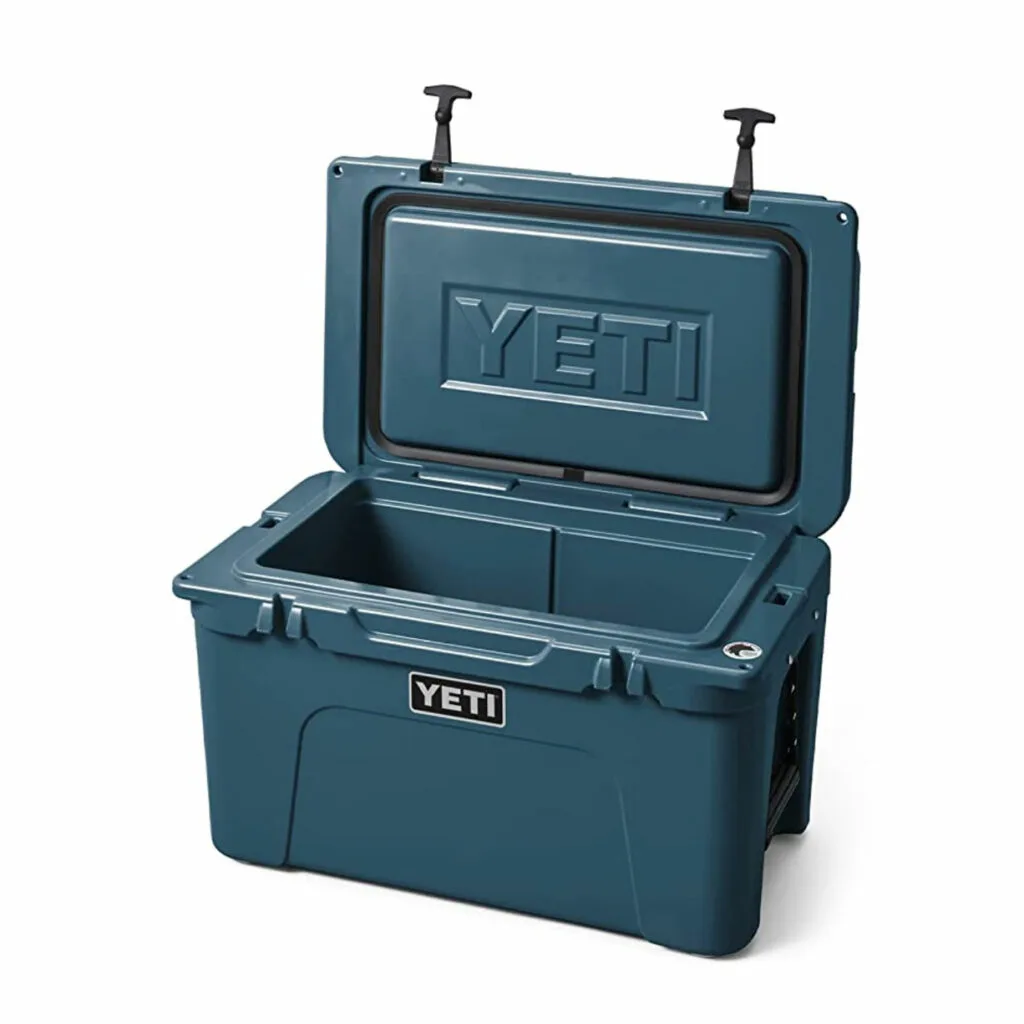
- Capacity & Ratio: Holds up to 26 cans, 2:1 ice-to-contents recommended.
- Insulation: Up to 3 inches of PermaFrost Insulation, FatWall design, Bear-Resistant.
- Durability: Rotomolded Construction, virtually indestructible.
- Latches: T-Rex Lid Latches made of heavy-duty rubber, patented keeper technology.
- Dimensions & Weight: 25.5″ L x 16″ W x 15.5″ H, 23 lbs empty weight.
- Extras: Includes one dry goods basket.
- Purchase on Amazon
Food & Snacks
Take time planning your meals and snacks. If you’re not backpacking, bring more than you think you’ll need.
Drinking Water
If you’re near a water source bring your water purification device. However, plan on bringing 2 gallons of water per person per day. This amount of water will allow you to be on the safe side and you’re not going to have to worry about running out.
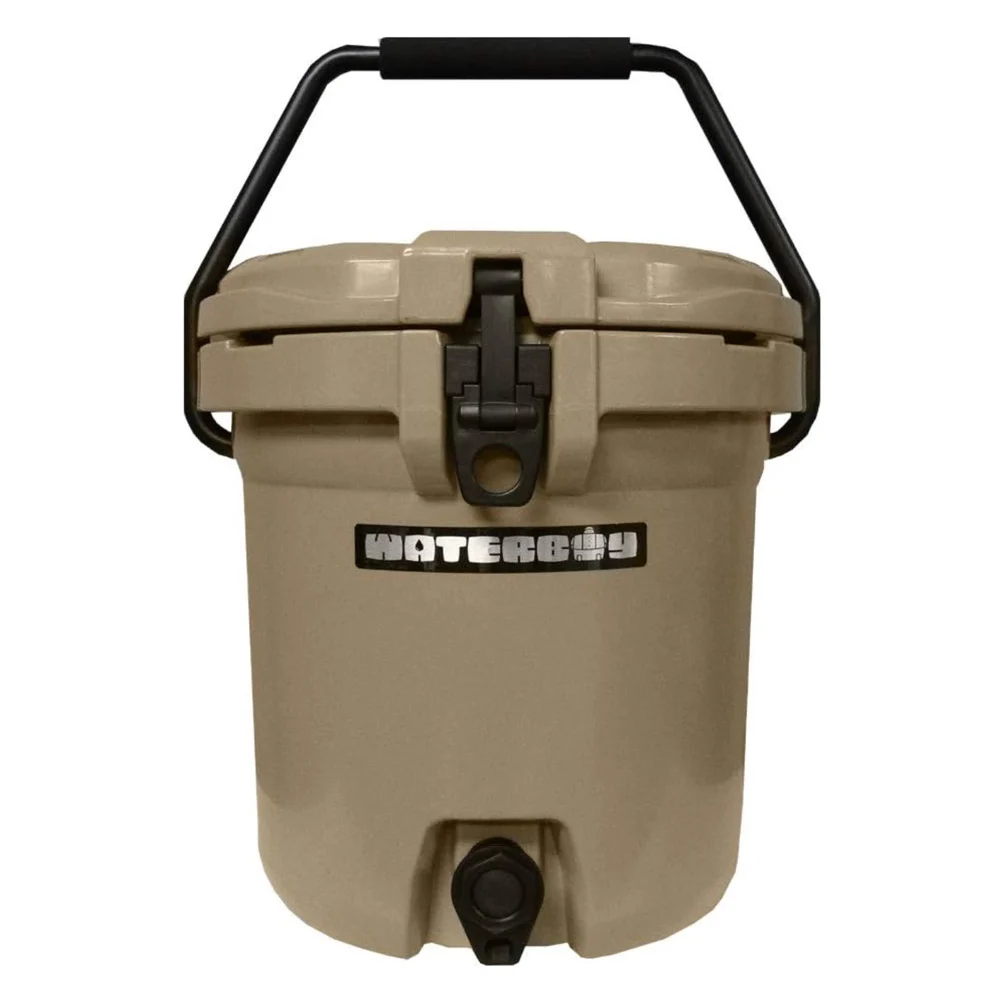
- Dimensions: External – 16″ Top Diameter, 14″ Bottom Diameter x 17″H; Internal – 11″ Top Diameter, 9″ Bottom Diameter x 13″H.
- Capacity: 5 Gallons, holds 29 cans.
- Ice Retention: Over 5 days.
- Features: Textured padded lid, non-slip feet, integrated bottle opener.
- Warranty: 5-year limited warranty.
- Ideal Use: Perfect for extended outdoor trips, large gatherings, and emergency preparedness.
- VIEW MORE
- Purchase on Amazon
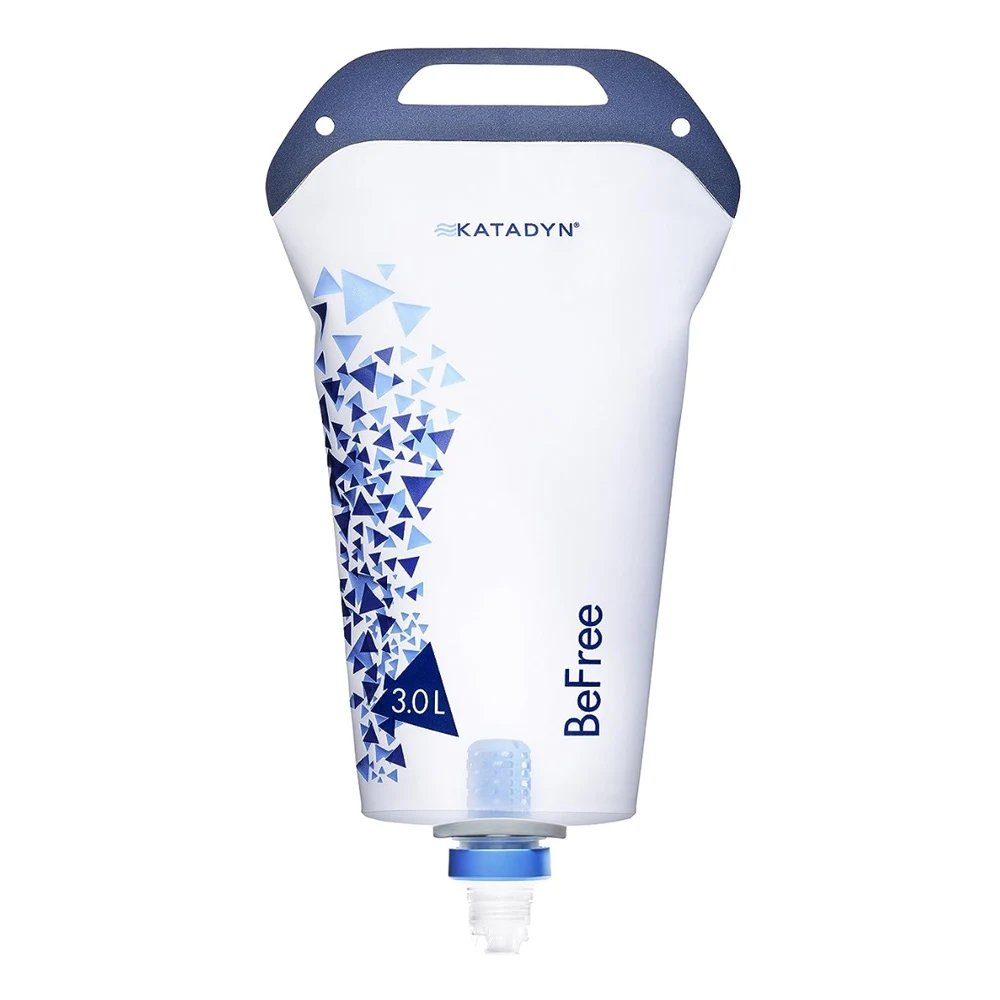
- Filtration Efficiency: 0.1-micron filter, removes 99.9999% bacteria, 99.9% protozoa.
- Portability: Collapsible 3.0L flask, lightweight (6.8 oz), compact size (17.6 x 9.0 in).
- Ease of Use: EZ-Clean Membrane, no backflushing, simple shake/swish cleaning.
- Capacity and Flow: Filters up to 1,000 liters, 2L/min flow rate.
- Material: Durable, BPA-free Thermoplastic Polyurethane.
- Suitability: Ideal for solo/group use, cloudy water, outdoor adventures.
- VIEW MORE
- Purchase on Amazon
Plates and Utensils
The hybrid bowl/plate with the little thumb rest to easily hold your “plate” in one hand (to me) is a must have when camping.
There are a wide array of options for utensils. Pick one that you like or just bring your fork, spoon, and knife from home.
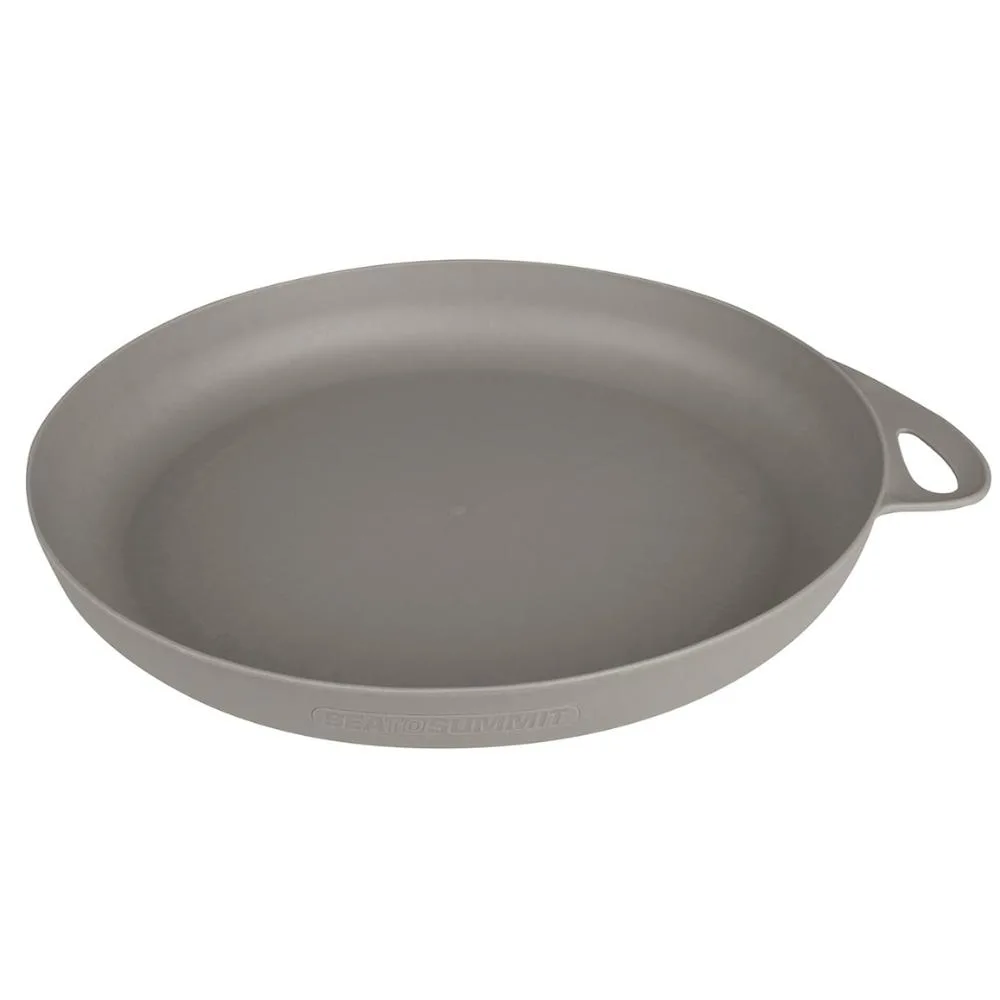
- Safe Materials: Nylon 66, BPA-free.
- Measurement Aid: Built-in increments.
- Lightweight Base: Cool-to-touch, weight-saving design.
- Resilient: Hard-wearing and cut-resistant.
- User-Friendly: Ergonomic grip, carabiner loop.
- VIEW MORE
- Purchase on Amazon
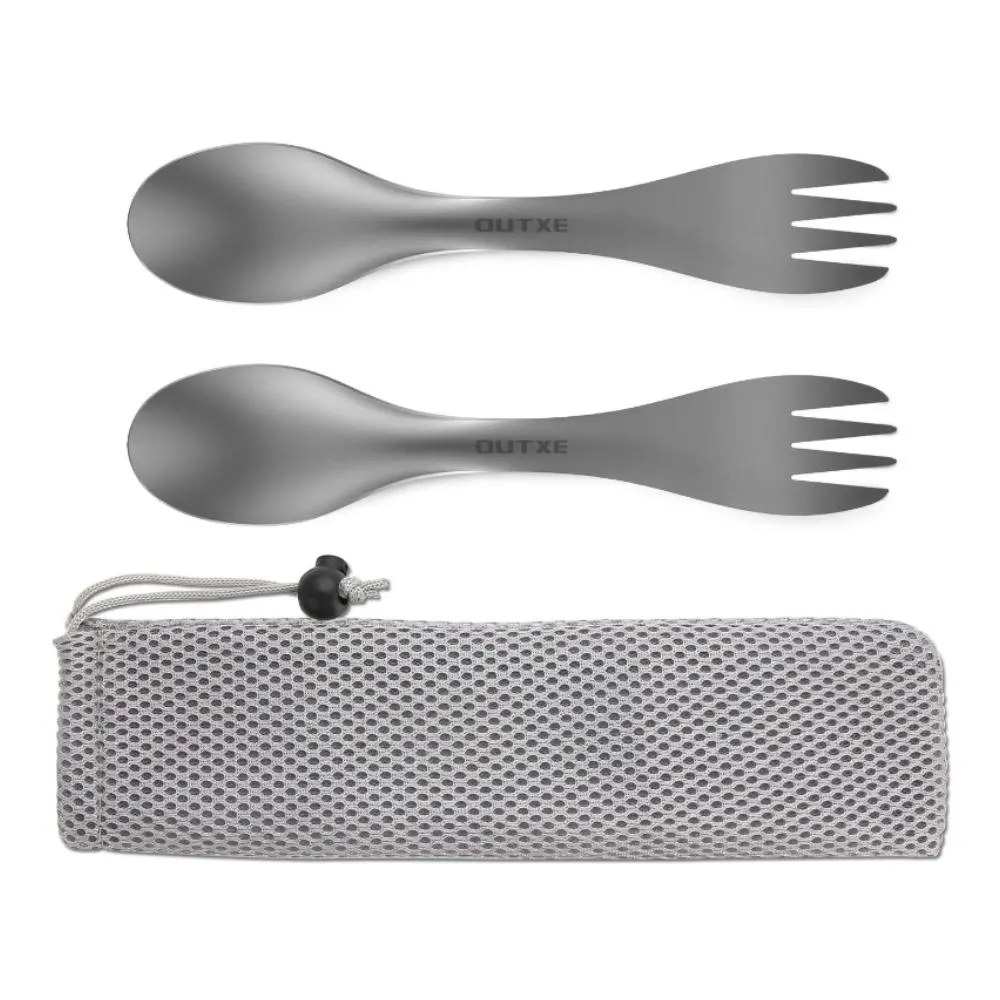
- Lightweight: Only 20g, travel-friendly.
- Eco-Friendly: Pure titanium, safe for use.
- User-Friendly Design: Smooth edges, larger capacity.
- Outdoor Durability: Lighter than steel, tougher than plastic.
- Complete Kit: Two utensils plus drying bag.
- Simple Cleaning: Dishwasher safe.
- Space-Saving: No need for multiple utensils.
- Multi-Use: Suitable for camping, hiking, emergencies.
- VIEW MORE
- Purchase on Amazon
Mugs & Cups
While not mandatory, a mug for your morning coffee will make you feel luxurious while out in nature.
- Temperature Retention: Vacuum insulated.
- Spill-Resistant: Tri-mode lid.
- Non-Slip Base: Silicone for stability.
- Durable Construction: Stainless steel, dishwasher-safe.
- Safe Materials: Free from BPA, BPS, and BPF, this mug offers a safe drinking experience.
- VIEW MORE
- Purchase on Amazon
Water Bottle
A water bottle with a top that screws shut is an absolute on your camping essentials list. Whether you’re backpacking or camping in a campground near your car. Get yourself a great (fairly large yet lightweight) water bottle.
- Controlled Drinking: Narrow mouth, spill-proof.
- Multi-Use: Gym, office, outdoor activities.
- Temperature Versatile: Suitable for -40 to 212°F.
- Leak-Proof & Indestructible: BPA-free Tritan.
- Health-Safe: Free of harmful chemicals.
- Measurement Marks: Easy liquid tracking.
- Cap Security: Loop-top design.
- VIEW MORE
- Purchase on Amazon
Sharp Knife
Having a sharping camp kitchen knife (not a pocket knife) at camp allows you to prep food at the campground or dispersed campsite. Having a sharp kitchen knife is not necessary when backpacking.
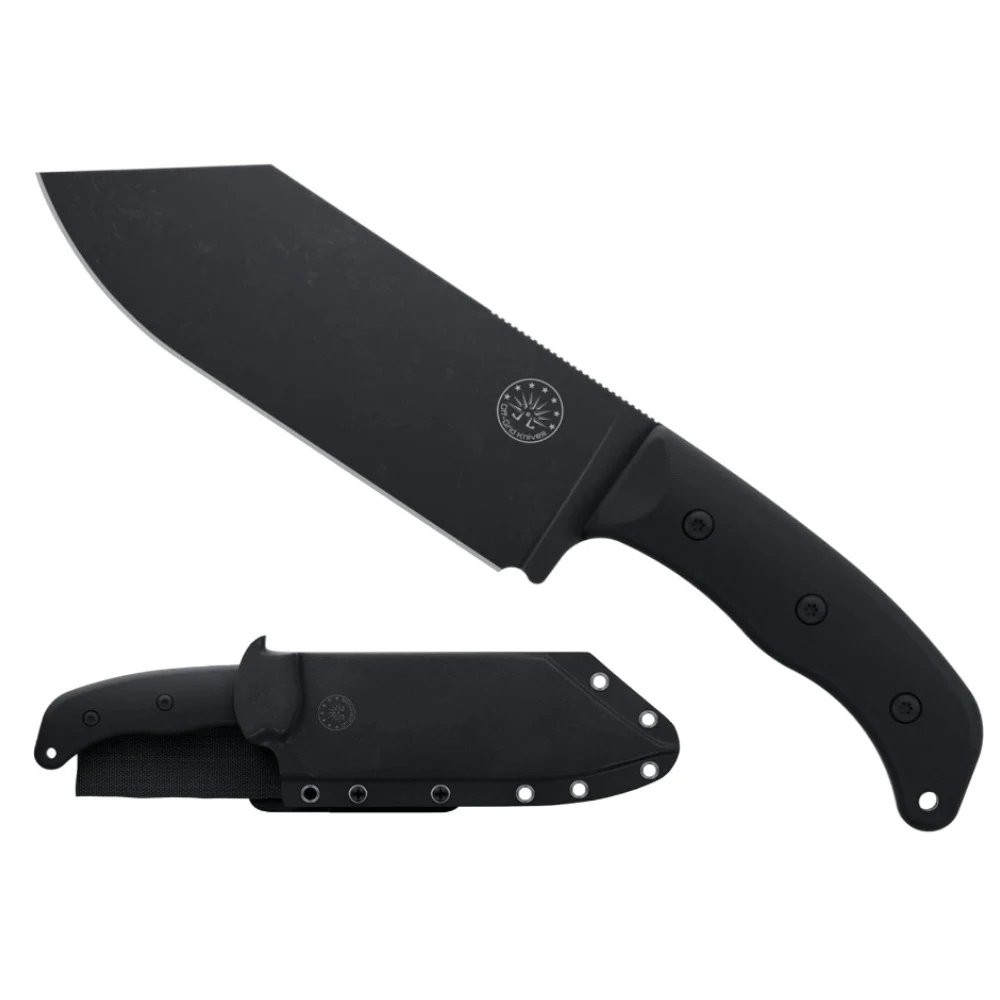
- Swedish Steel Blade: High performance, versatile.
- Heavy-Duty Construction: Ergonomic, suitable for various cuts.
- Kydex Sheath & Belt Clip: Secure and portable.
- Cooking Versatility: Ideal for camping and BBQs.
- Robust Specifications: Durable, functional design.
- VIEW MORE
- Purchase on Amazon
Frying Pan and Pot
Typically, the usefulness of a pot is for that of boiling water and nearly any brand or style will do (depending on your space and budget). However, a cast iron frying pan (to me) is a must have not only for camping but for making food at home. The good news is that cast iron is relatively cheap, it lasts a lifetime, and it make food taste better.
If you learn how to take care of your cast iron, it’ll return the favor. Read this post on why you need a cast iron skillet.
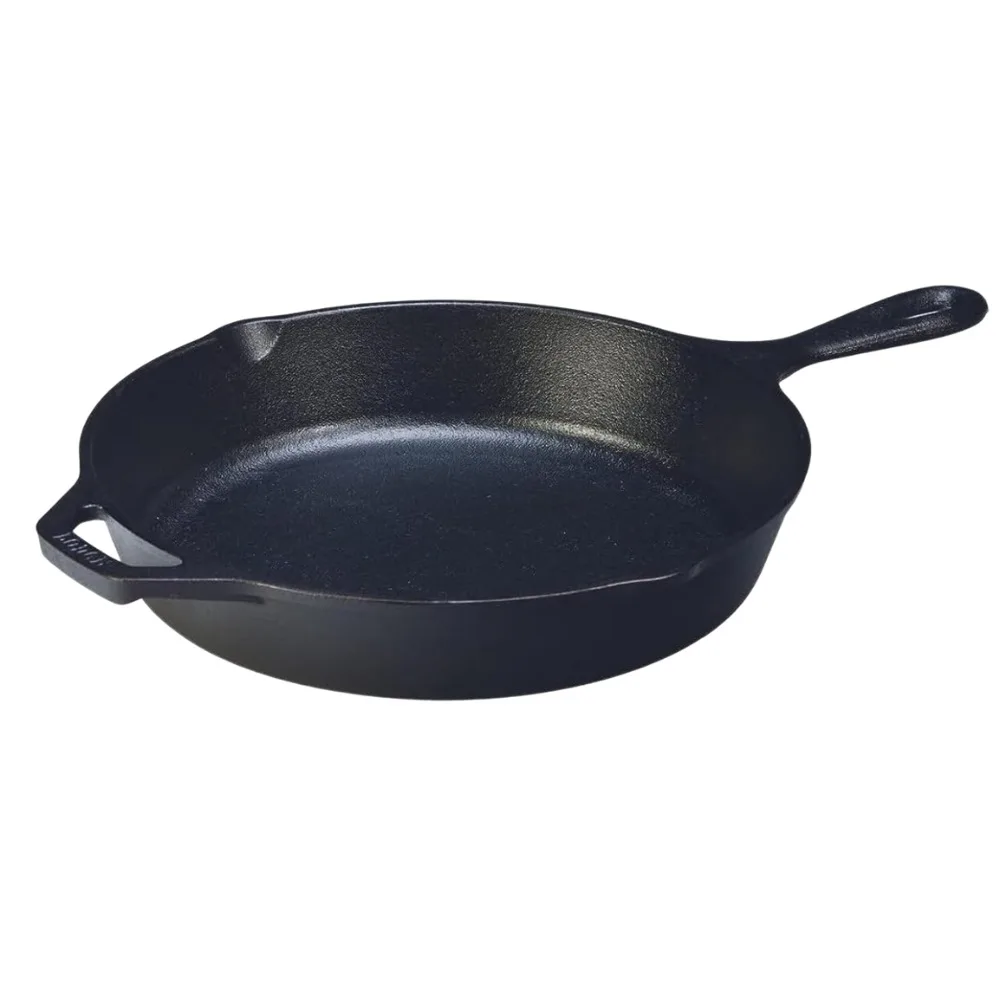
- Kitchen Versatility: Ideal for all cooktops, ovens, and open flames.
- Seasoned Surface: Natural, easy-release finish that improves with use.
- Rust Resilient: Simple maintenance ensures long-lasting durability.
- Heat Retention: Ensures even, efficient cooking across the surface.
- Trusted Family Brand: Committed to environmentally conscious practices.
- VIEW MORE
- Purchase on Amazon
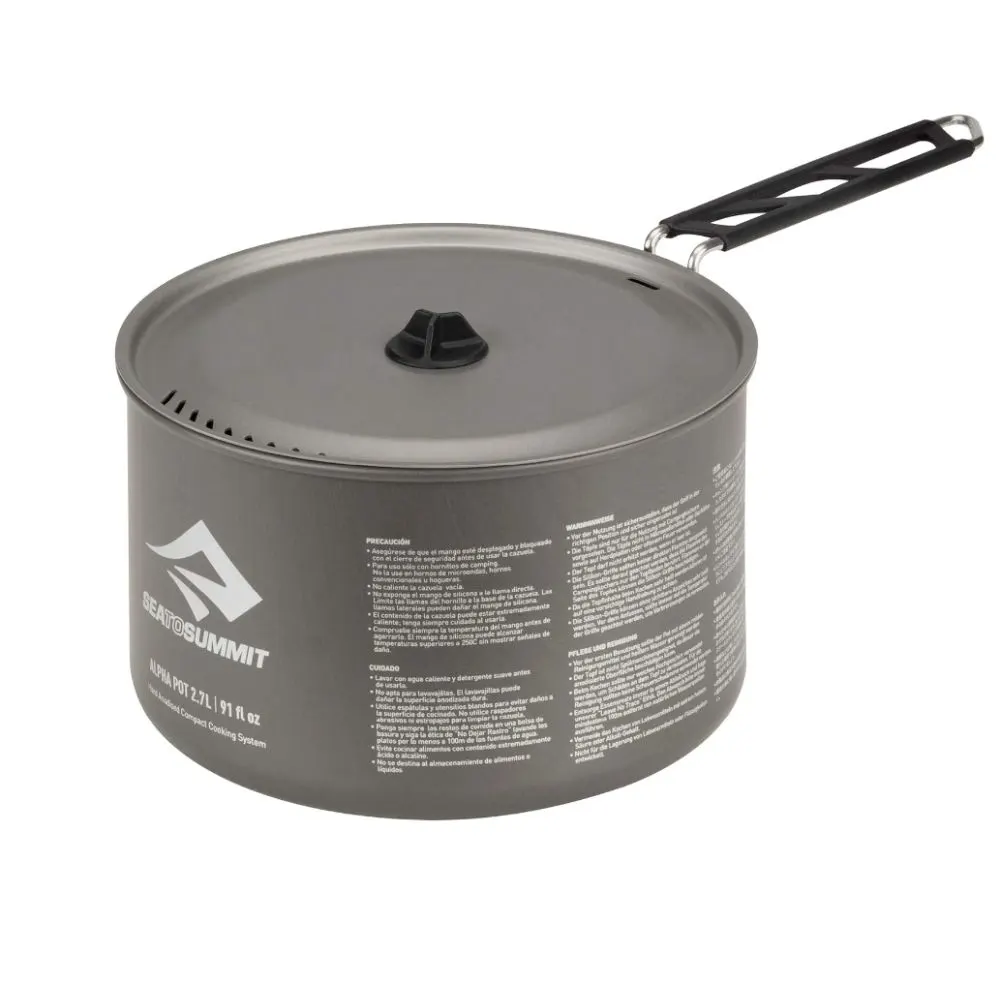
- Durability: Hard-anodized aluminum, scratch-resistant.
- Compact Design: PIVOT-LOCK handle, easy packing.
- Easy Cleaning: Large radius, efficient nesting.
- Convenient Strainer Lid: Easy draining, LID-KEEP feature.
- Various Sizes: Multiple capacities, lightweight options.
- VIEW MORE
- Purchase on Amazon
Cutting Board
If you’re prepping food while camping a cutting board is a must have.
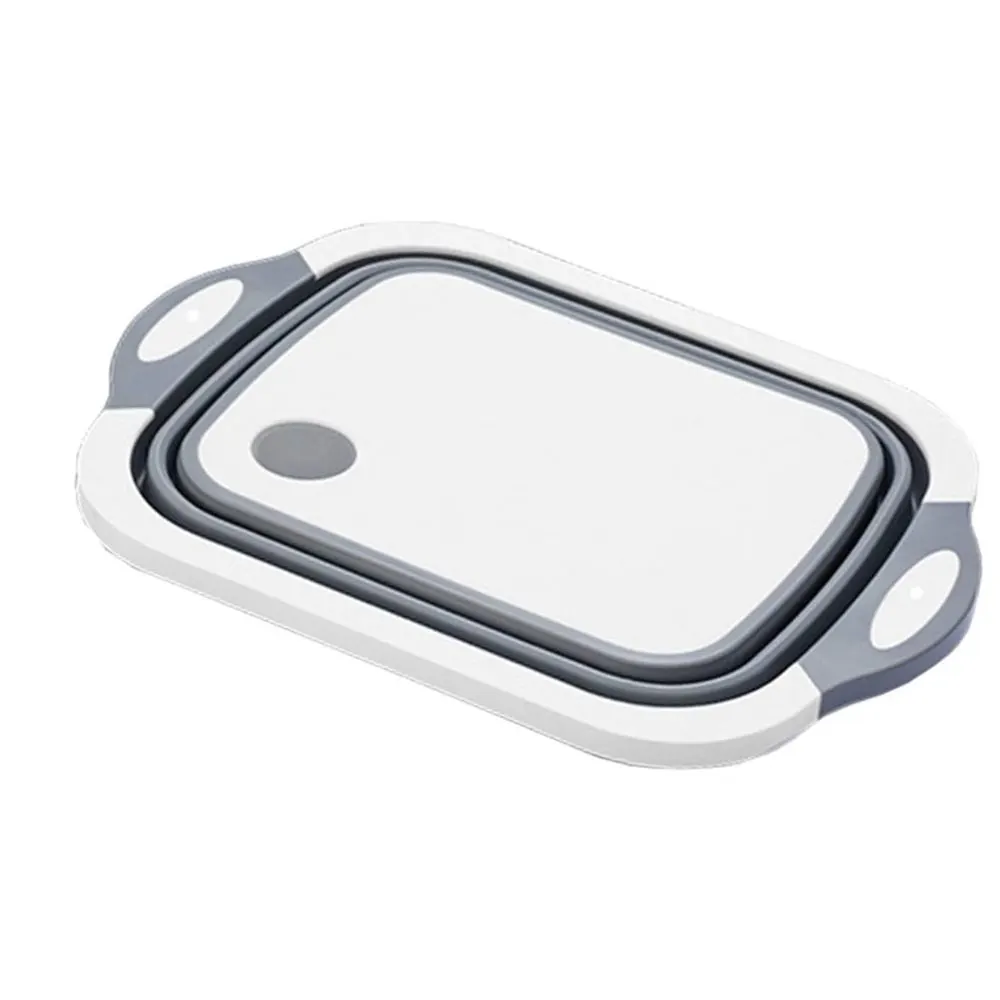
- Durability: Thermoplastic rubber, long-lasting.
- Space Efficiency: Collapsible, saves 75% space.
- Versatility: Multiple outdoor and kitchen uses.
- User-Friendly: Easy draining, dishwasher safe.
- Perfect for Adventures: Ideal for camping, picnics, BBQs.
- VIEW MORE
- Purchase on Amazon
Soap, Sponge, Scrubber
Pick a “safe for nature soap”, any sponge, and a stainless steel scrubber pad and you’ll be ready for quick cleanup after meals. The stainless steel scrubber is for your cast iron.
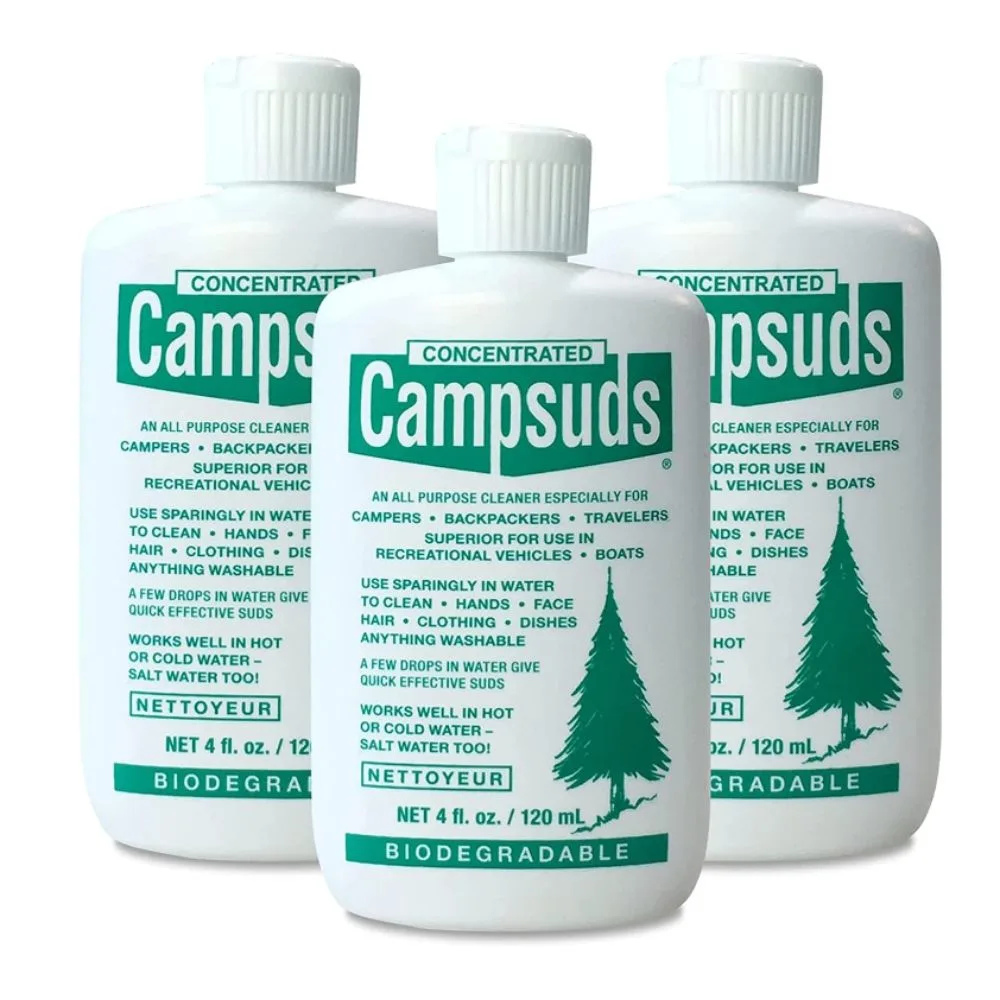
- Multipurpose Cleaning: Suitable for hands, dishes, and gear.
- Portable and Efficient: Lightweight, concentrated formula.
- Skin-Friendly Scent: Essential oils for a refreshing feel.
- Trusted by Adventurers: Over 50 years of outdoor reliability.
- Eco-Conscious Solution: Biodegradable, all-natural ingredients.
- VIEW MORE
- Purchase on Amazon
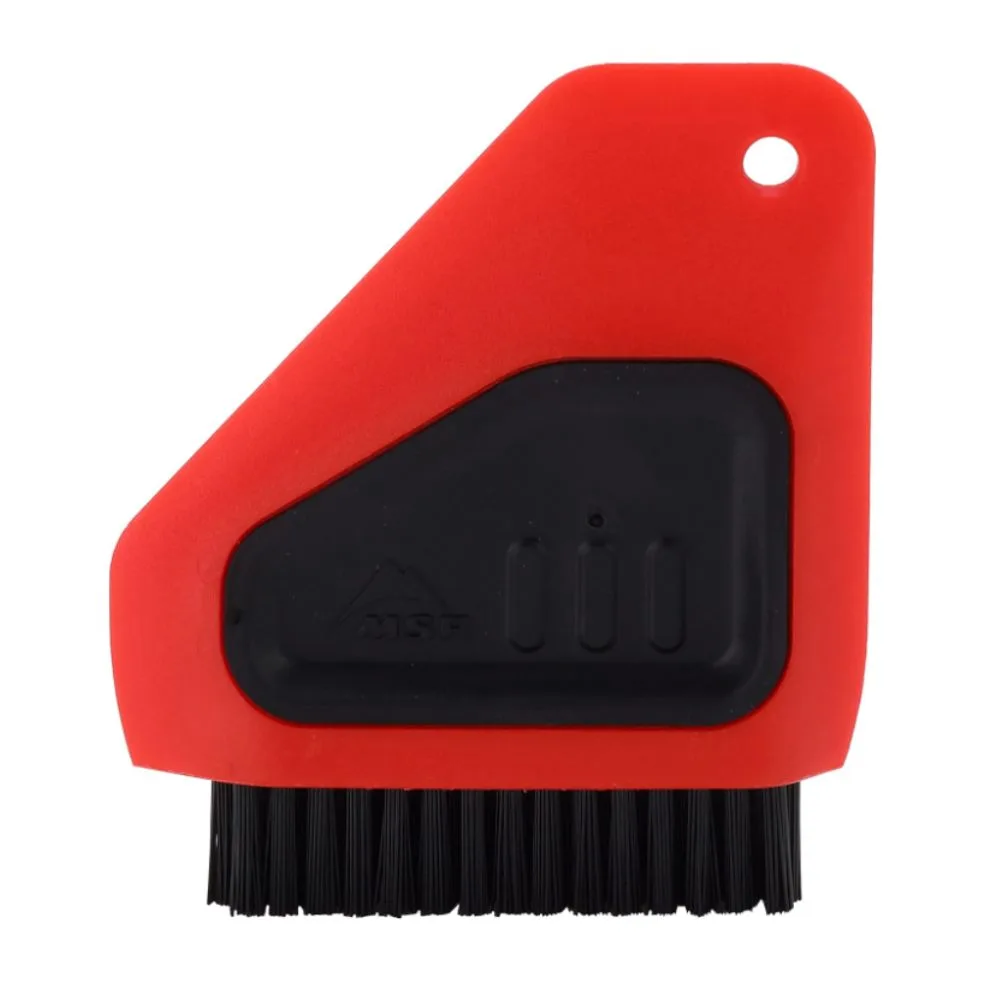
- Comfortable Grip: Ergonomic rubber handle.
- Versatile Use: The handle doubles as a scraper.
- Effective Cleaning: Stiff bristles for tough jobs.
- Portable Size: Compact for easy packing.
- Long-Lasting Durability: High-quality plastic material.
- VIEW MORE
- Purchase on Amazon
Wash Bin or Bucket
If you won’t have access to a sink, you’ll want a wash bin (first pick) or a bucket (second pick) to help you properly clean your dishes.
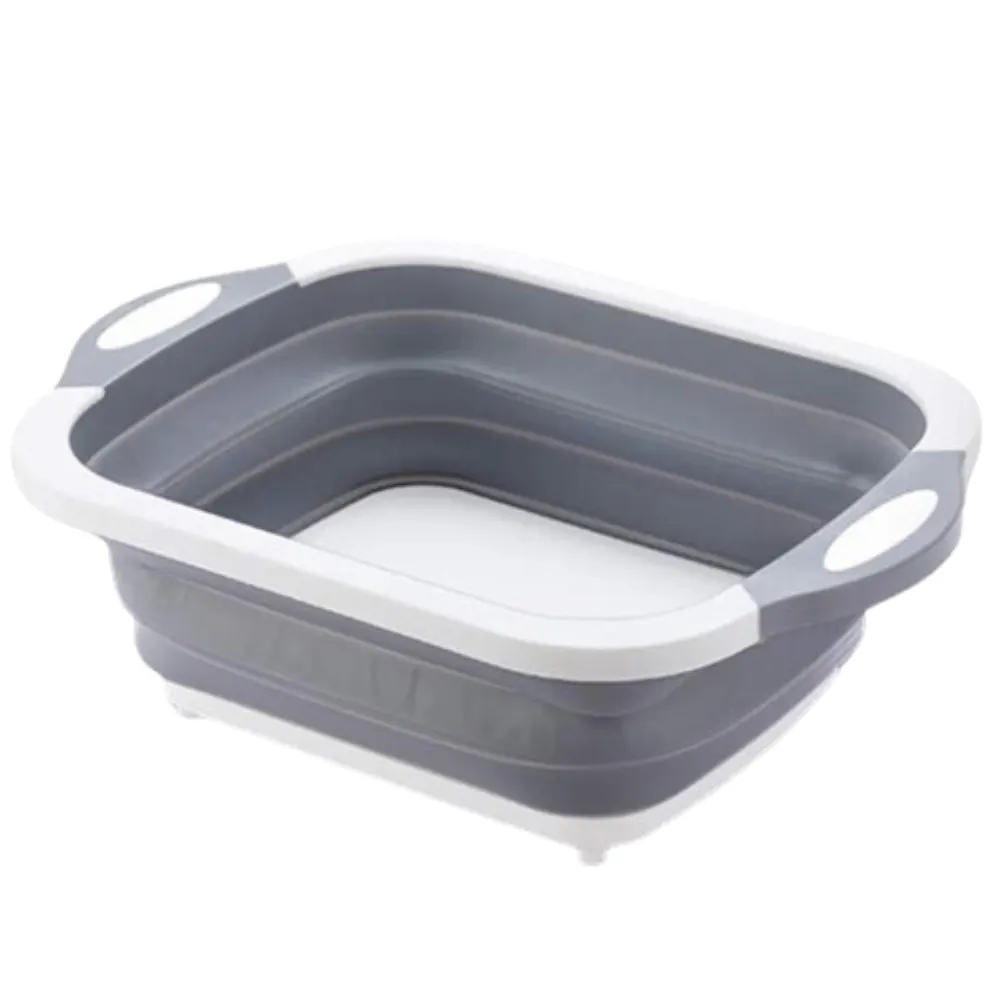
- Robust Build: Made from durable thermoplastic rubber and PP.
- Compact Design: Easily foldable, and saves significant space.
- Versatile Utility: Suits various outdoor and kitchen uses.
- User-Friendly: Simple water drainage, easy to carry.
- Multipurpose Camping Tool: Perfect for various outdoor activities.
- VIEW MORE
- Purchase on Amazon
Dish Towel
Don’t forget the dishtowel.
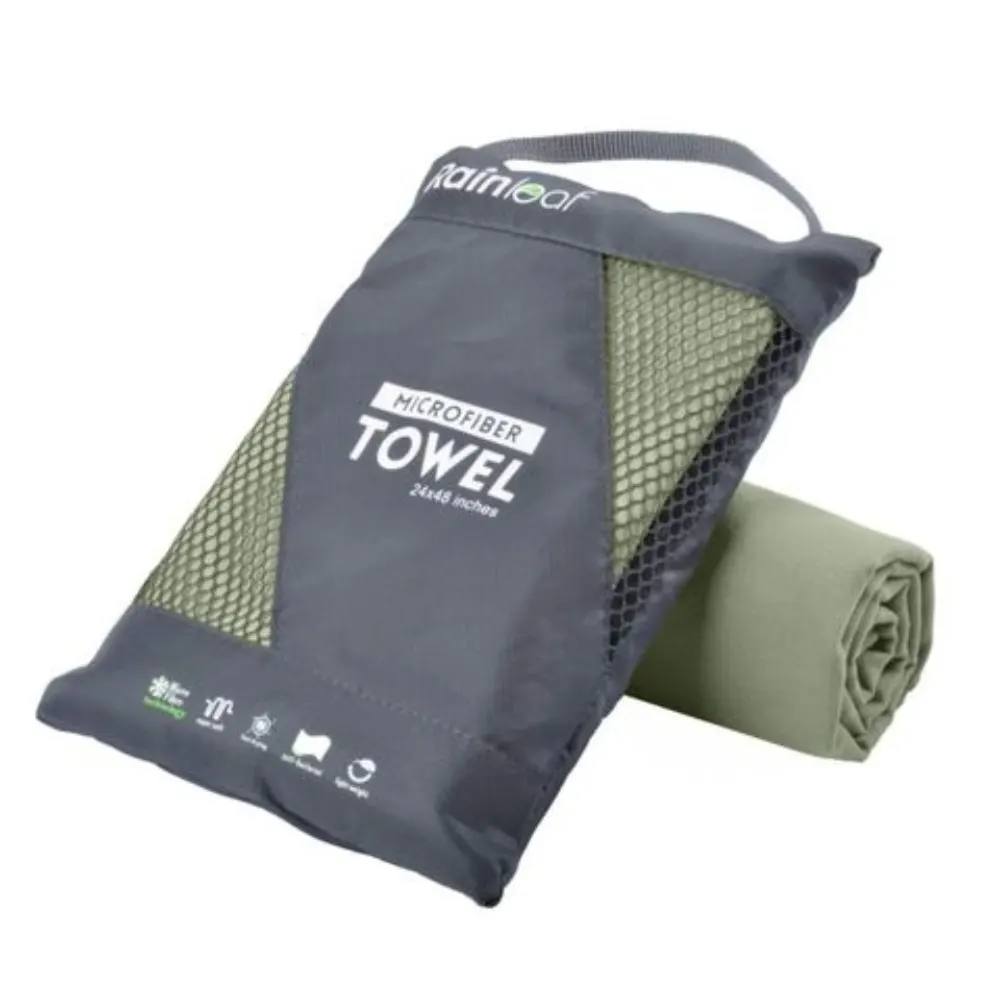
- Rapid Drying: Comfortable for frequent use.
- Gentle and Absorbent: Soft on skin, high water capacity.
- Space-Saving: Compact and lightweight for travel.
- Convenient Features: Hang loop and carry bag included.
- Versatile Use: Suitable for travel, sports, and outdoor.
- Added Pocket: Extra storage in XXL size towel.
- VIEW MORE
- Purchase on Amazon
Tablecloth
Not even remotely necessary but it made the list cause… it’s a comprehensive list. 🙂
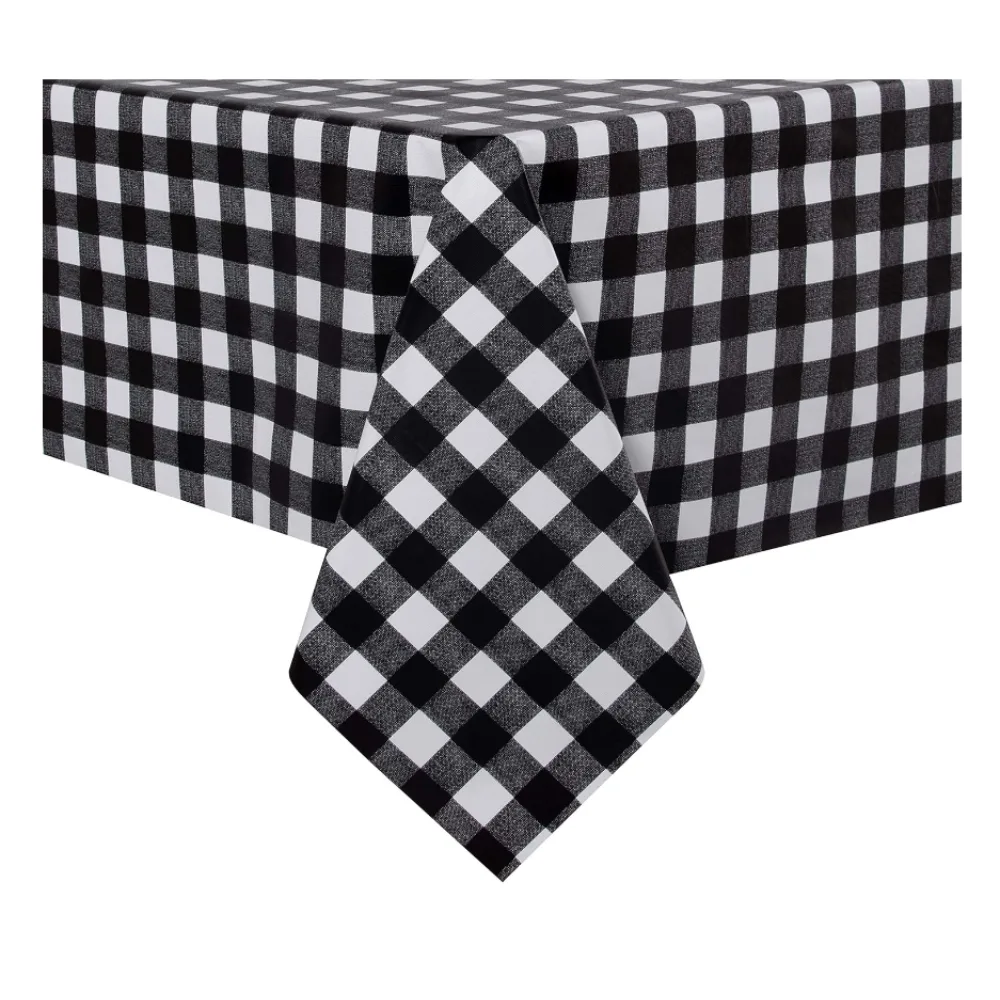
- Durable PVC Material: Superior strength, waterproof.
- Size Variety: Available in different sizes and colors.
- Spill and Stain Protection: Completely waterproof and stain-resistant.
- Versatile for All Occasions: Ideal for indoor and outdoor use.
- Simple Maintenance: Easy wipe clean, no machine wash.
- VIEW MORE
- Purchase on Amazon
Dutch Oven (if cooking over the fire)
Getting good at dutch oven cooking is a precious survival skill. The food tastes amazing, the desserts are the best ever, and well… the dutch oven is monumentally versatile. This, similar to the cast iron skillet, will last you a lifetime if you take care of it. Worth the investment (over and over again).
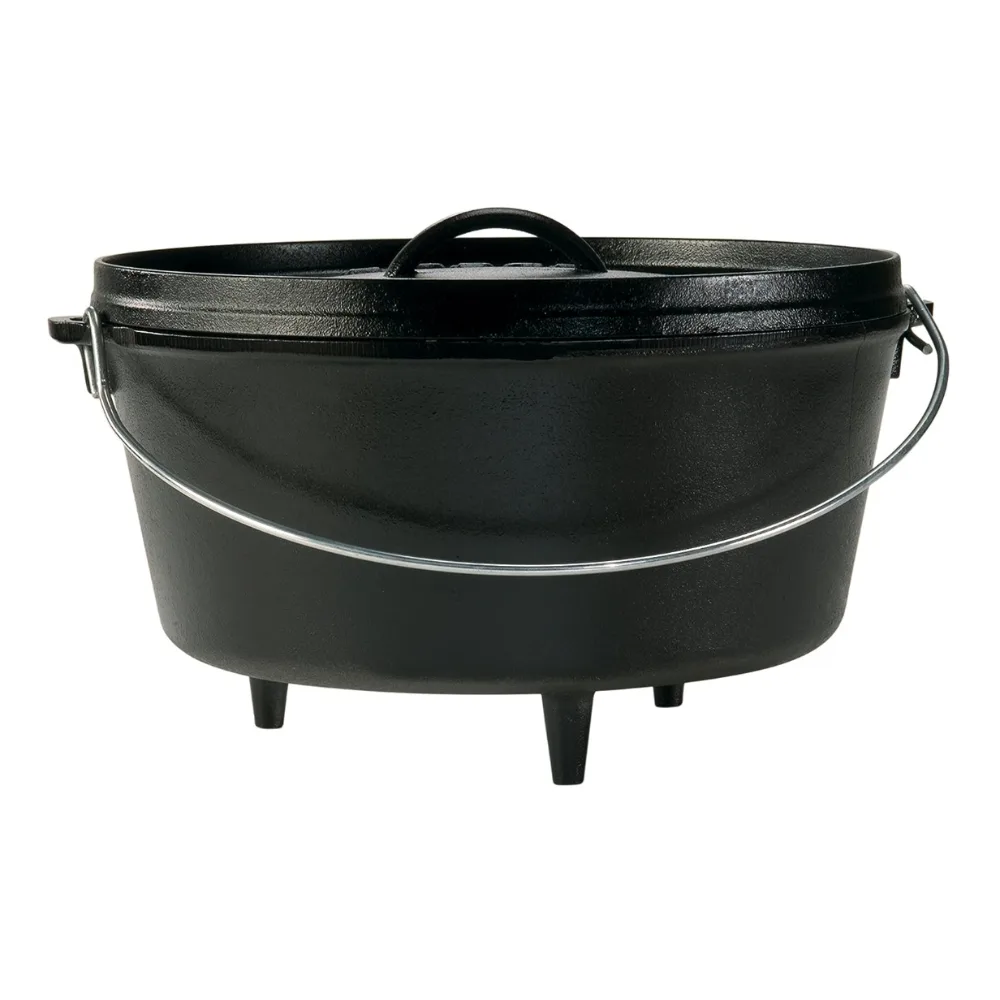
- Multipurpose Use: Ideal for campfire cooking.
- Ready-to-Use Seasoning: Improves with each use.
- Crafted in the USA: Known for quality and durability.
- Cooking Guide Included: Perfect for all skill levels.
- Family-Crafted Tradition: Committed to quality and community.
- VIEW MORE
- Purchase on Amazon
Cast Iron Griddle
The cast iron griddle is great over your campfire (if you know what you’re doing) and is perfect on top of a camp stove when making pancakes (and so much more). Again, always go cast irons, it’s the best!
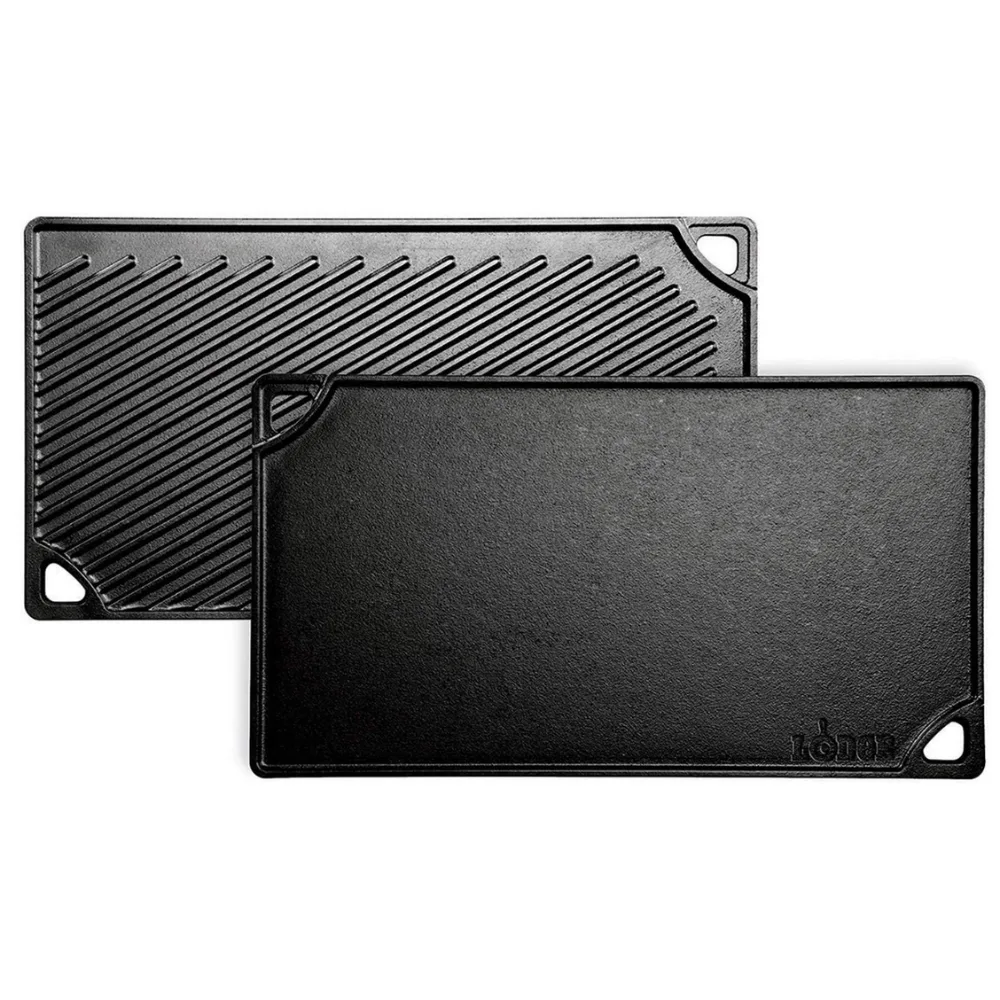
- Ready-to-Use Seasoning: 100% natural vegetable oil.
- Consistent Heat: Excellent retention and even distribution.
- Dual Cooking Surfaces: Griddle and grill options.
- All Heat Sources: Oven, stove, grill, campfire compatible.
- Professional Searing: Ideal for meats and vegetables.
- Lasting Durability: Sturdy cast iron build.
- VIEW MORE
- Purchase on Amazon
Bottle Opener, Can Opener, Corkscrew
Bringing a bottle or a can… could be pretty frustrating if you don’t have a method of opening them. An easy add to your camp kitchen collection.
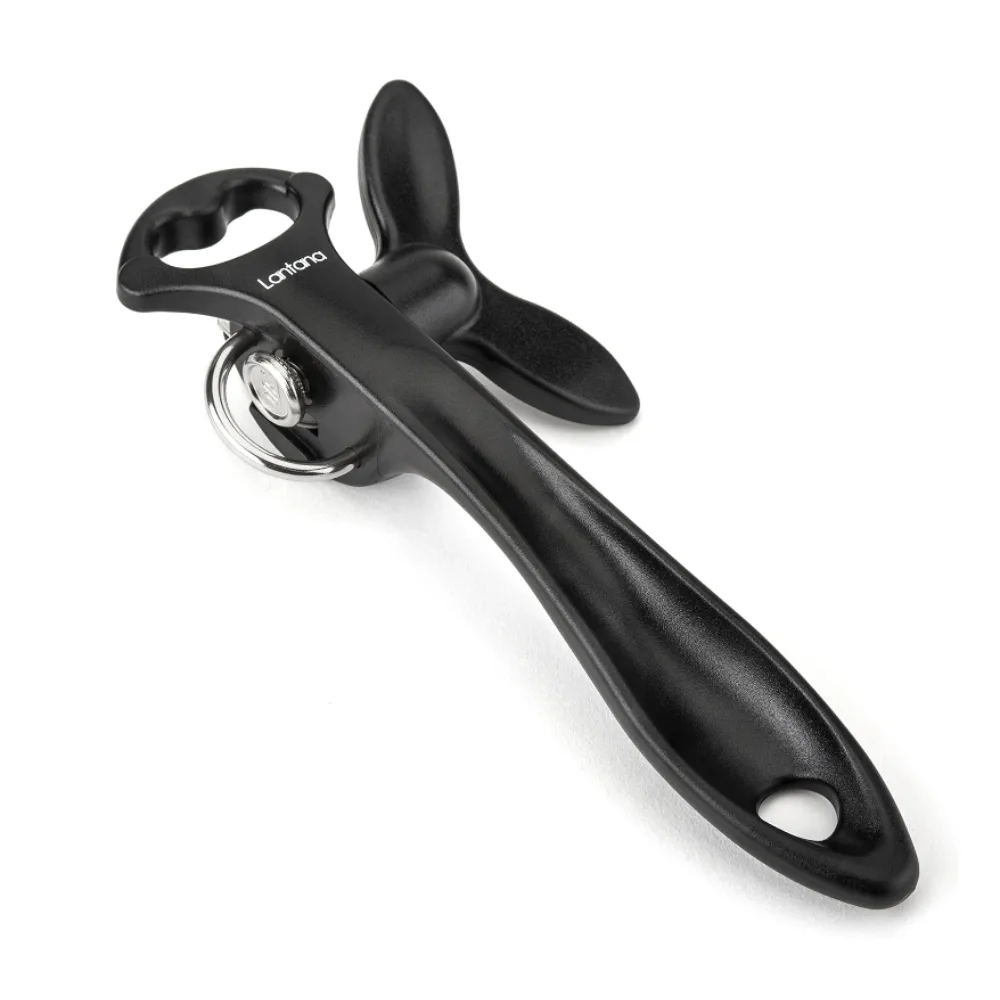
- Eliminates Sharp Edges: Safe lid removal.
- Dual Functionality: Can and bottle opener.
- Lid Reuse Feature: Convenient for leftovers.
- Ergonomic Design: Stylish and user-friendly.
- Simple Operation: Instructions and video included.
- VIEW MORE
- Purchase on Amazon
Garbage Bags
Forgetting to bring garbage bags can be annoying (especially if you’re camping in an area with no dumpsters). Don’t get the cheap kind of garbage bags, it’s not worth the leak risk.
Marshmallow / Hotdog Roasting Forks
Preferred method: find a stick and carve a point. However, if you must, bring along a pre-made, metal campfire cooking fork for cooking marshmallows and weiners over the fire.
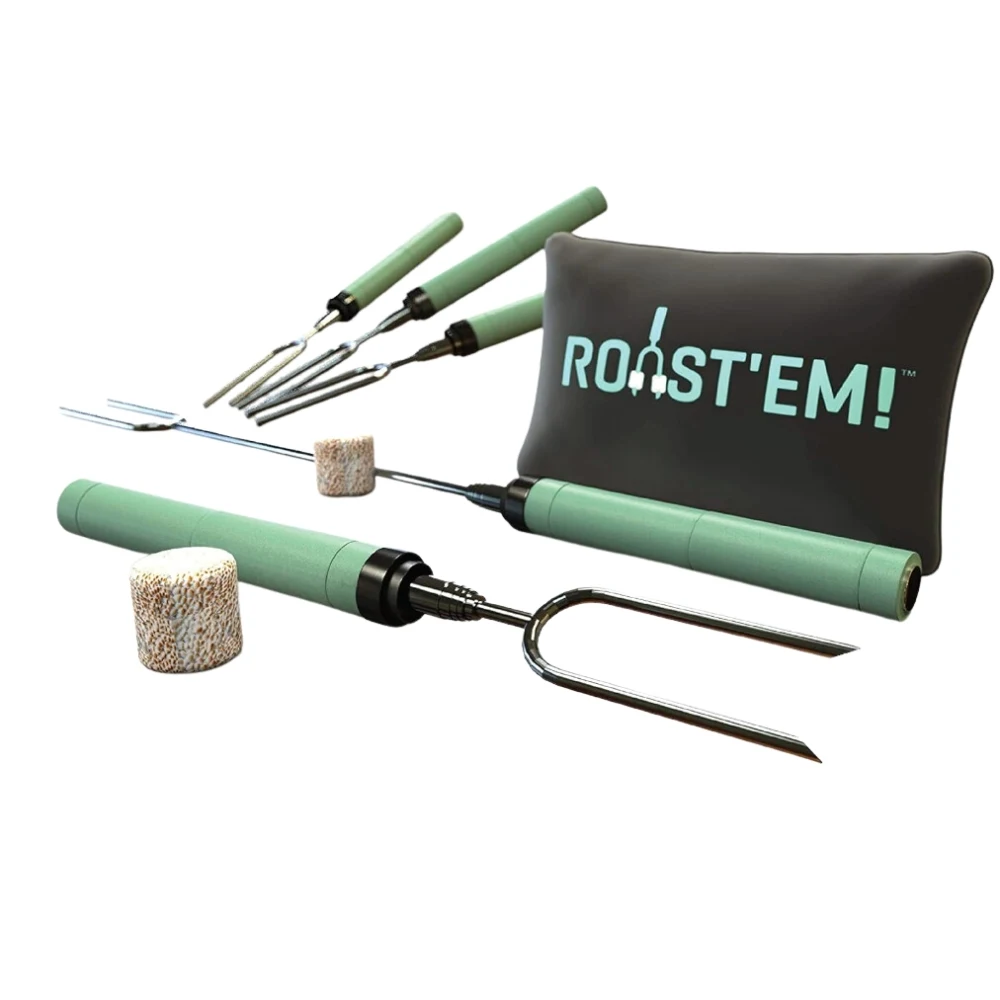
- Efficient Roasting: Quick and even cooking.
- Sturdy Design: Durable stainless steel and wood.
- Campfire Essential: Perfect for s’mores and hot dogs.
- Durable for Years: Strong build, satisfaction guaranteed.
- Safe for All: Easy, rotating telescoping design.
- VIEW MORE
- Purchase on Amazon
Kitchen Gear Storage Bin
Find a water resistant bin where you can keep track of all of your kitchen specific camping gear.
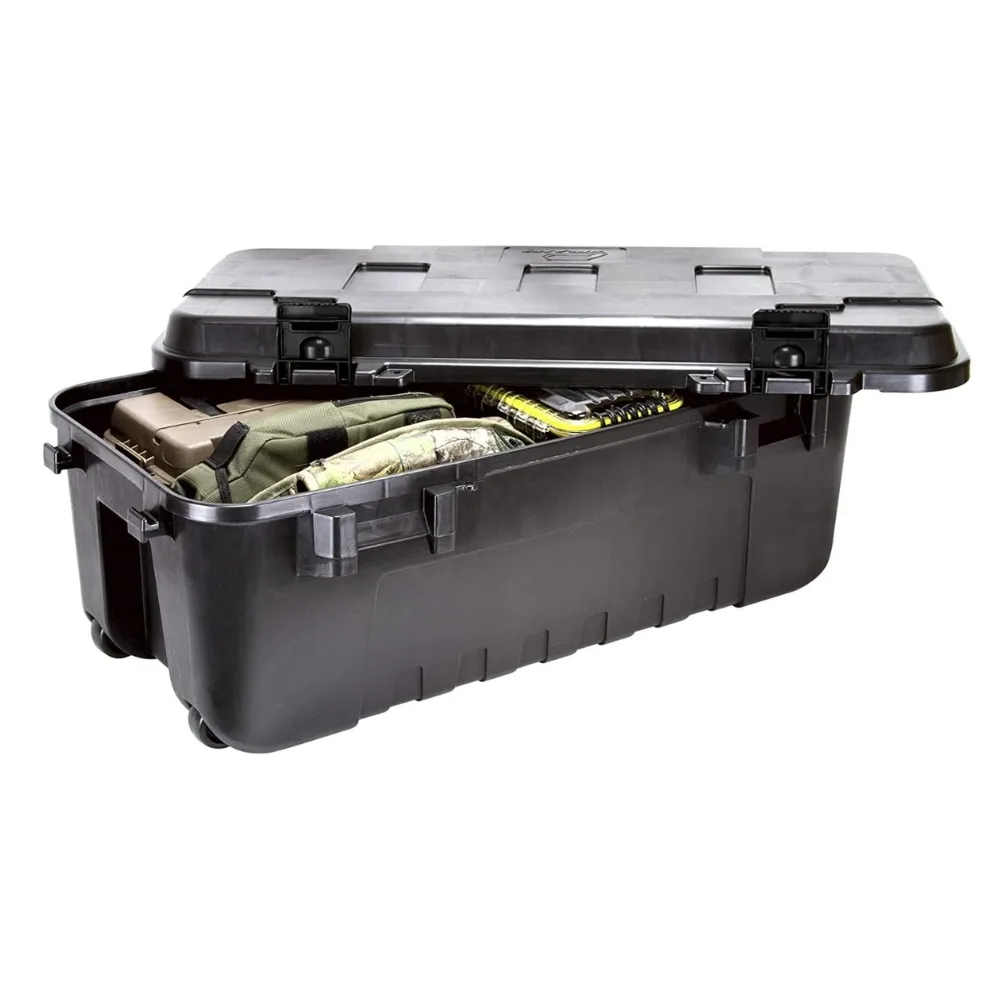
- Ample Storage Space: 108-quart capacity.
- Robust Build: High-impact plastic, sturdy stacking.
- Smooth Transportation: Easy-glide wheels.
- Multipurpose Storage: Fits in various spaces, with tie-down points.
- User-Friendly Design: Stackable, with comfortable handles.
- Security Features: Lockable for safekeeping.
- Dependable for Adventures: Perfect for outdoor enthusiasts.
- VIEW MORE
- Purchase on Amazon
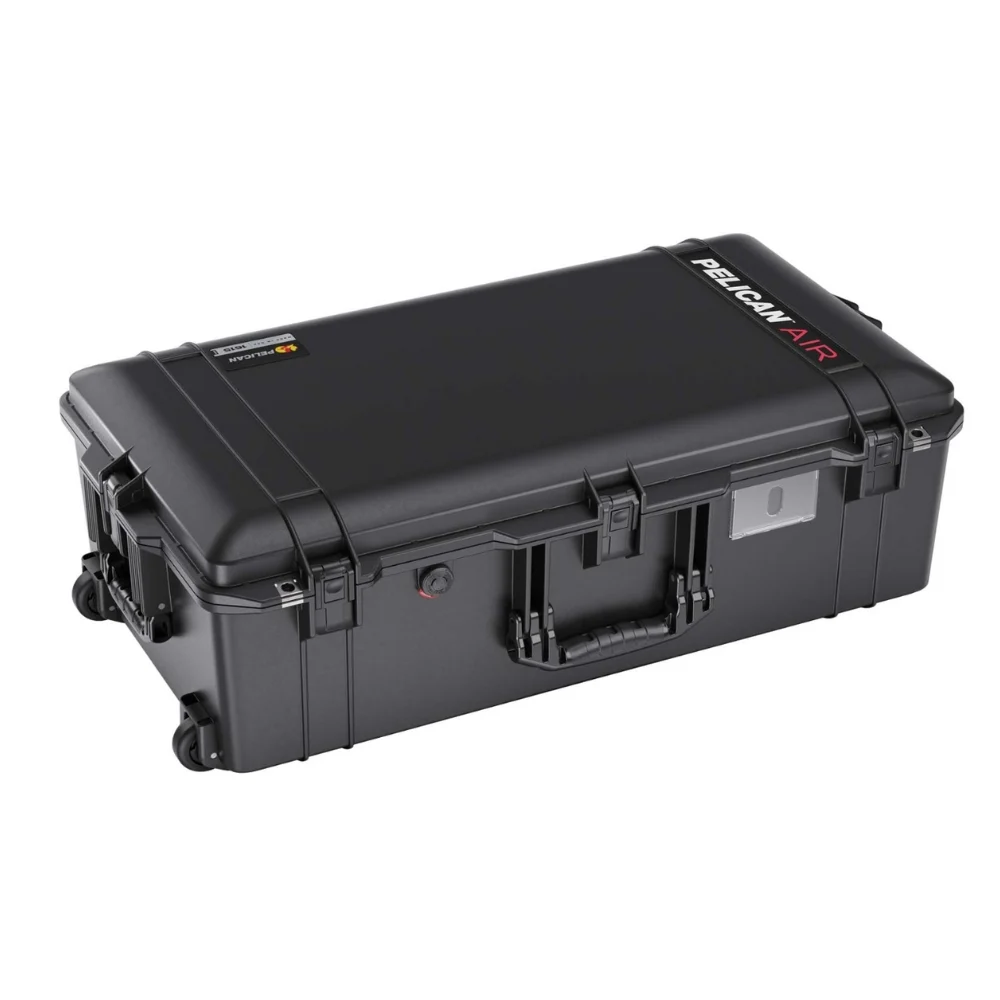
- Versatile Protection: Crushproof, watertight, dustproof.
- Lightweight Yet Durable: 40% lighter than standard cases.
- Safety Optimized: O-Ring seal, pressure balance.
- Spacious Dimensions: Ample space for diverse gear.
- Trusted by Professionals: Used by military and emergency services.
- VIEW MORE
- Purchase on Amazon
Sleeping Essentials at Camp
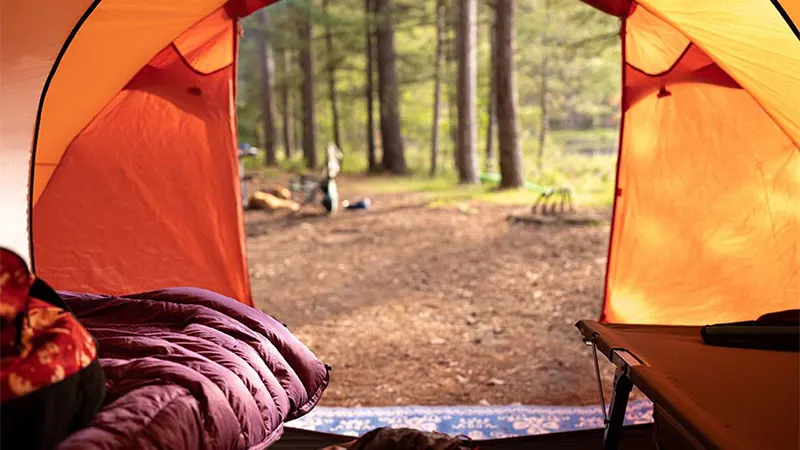
Comfy sleeping while camping should be another camping essentials priority. Getting the perfect night’s sleep while camping is easy (if you prepare correctly).
Shop our recommended Sleeping Essentials for Camping.
Cold Rated Heavy Sleeping Bag
I live in Colorado and when you camp in the mountains it’s always cool or cold at night, rarely an exception. A heavy duty, cold weather sleeping bag makes a world of difference. If it gets too hot, you an always unzip it and use a light blanket. It’s always better to be over-prepared when it comes to your sleeping bag.
Selecting the right sleeping bag for your camping trip is a camping essentials top priority. Don’t go cheap with your sleeping bag selection if you plan to camp more than a few times.
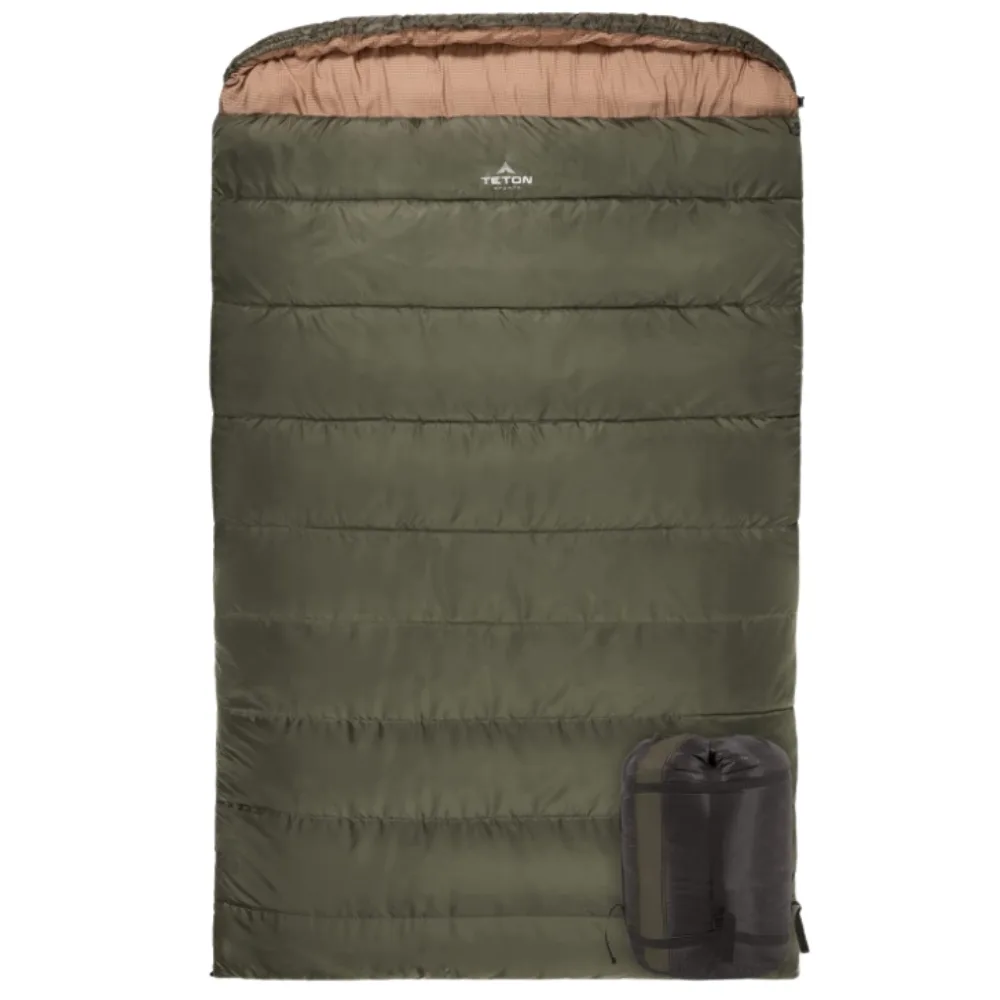
- Supreme Comfort: Soft lining, easy access.
- Queen Size Space: Larger than a queen mattress.
- Easy Packing: Compression sack included.
- Warmth All Night: Draft tubes for heat retention.
- Reliable Support: TETON Sports provides excellent product support, and ensures a high-quality experience for all users
- VIEW MORE
- Purchase on Amazon
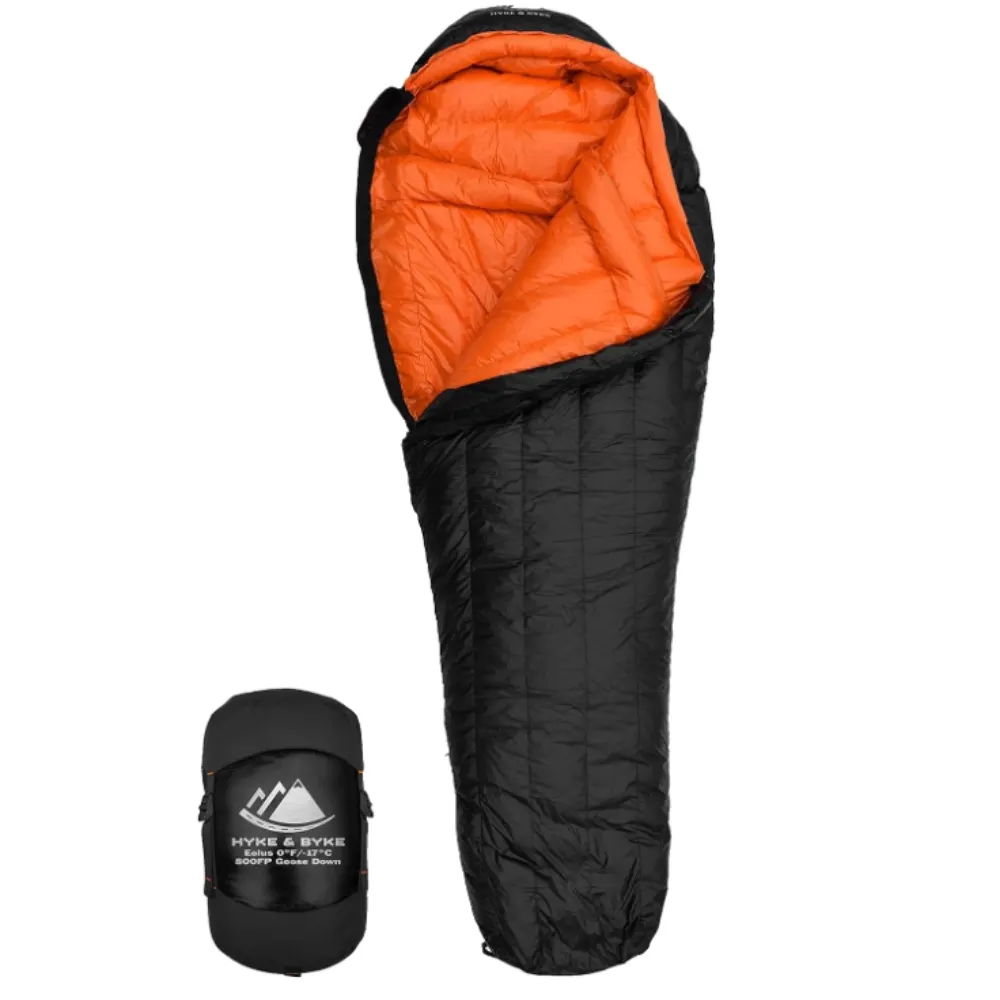
- Adjustable Insulation: 800 fill power, customizable warmth.
- Cold Weather Ready: Perfect for 0 – 30 F temperatures.
- Hiking and Camping Ideal: Ultralight at 2.90 lbs.
- Water Repellent: DWR-coated with ripstop nylon.
- Space Efficient: Compact and light for easy packing.
- Reliable Outdoor Brand: Quality gear for all seasons.
- VIEW MORE
- Purchase on Amazon
Blankets
Lightweight blankets make sleeping more comfortable when it gets too hot and you don’t want to be completely wrapped up in your sleeping bag. Camp blankets are also great at night prior to getting in to bed.
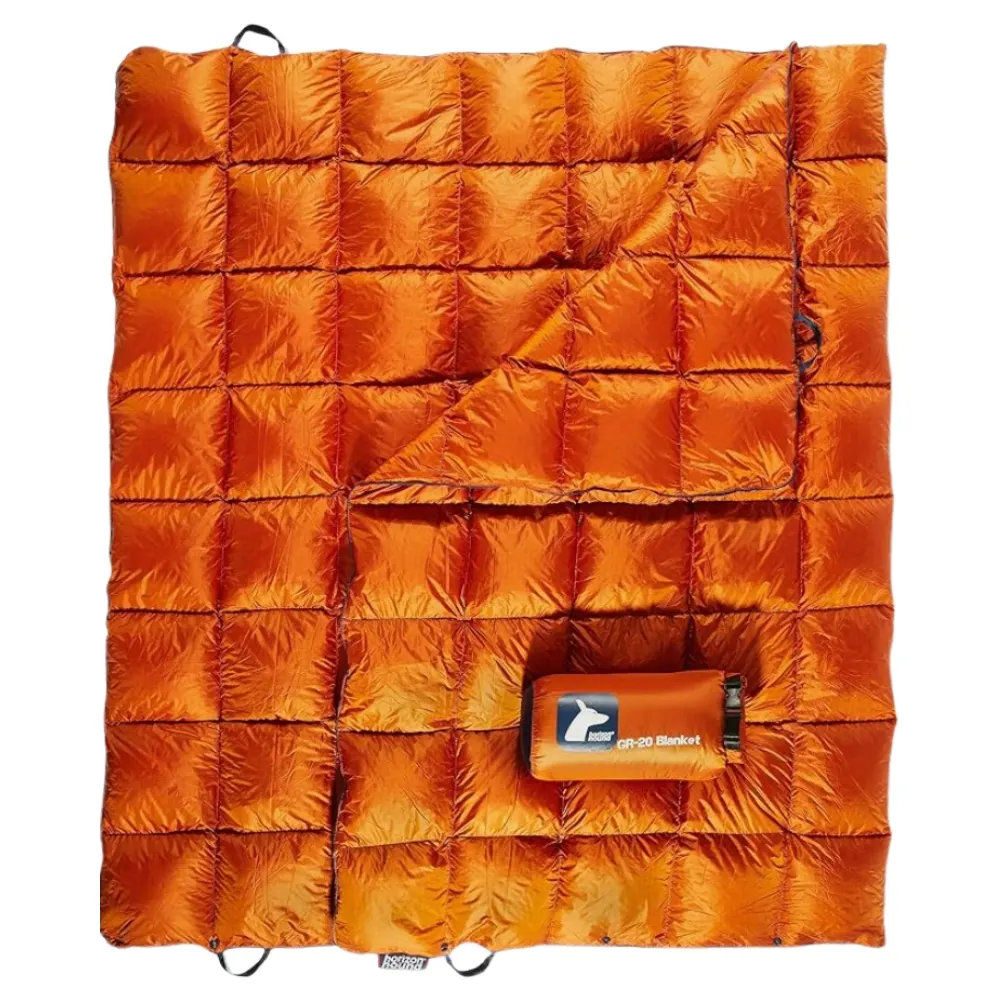
- Lightweight Warmth: Ideal for varying temperatures.
- Travel-Ready: Portable, fits in backpacks.
- Multipurpose Use: Converts to a poncho-style blanket.
- Machine Washable: Durable 20D ripstop nylon.
- Eco-Friendly Insulation: Sustainable duck down filling.
- VIEW MORE
- Purchase on Amazon
Pillows
If you’re car camping and used to 2 pillows at night, bring 2 pillows. If you’re backpacking, it’s wise to bring one very small backpacking pillow.
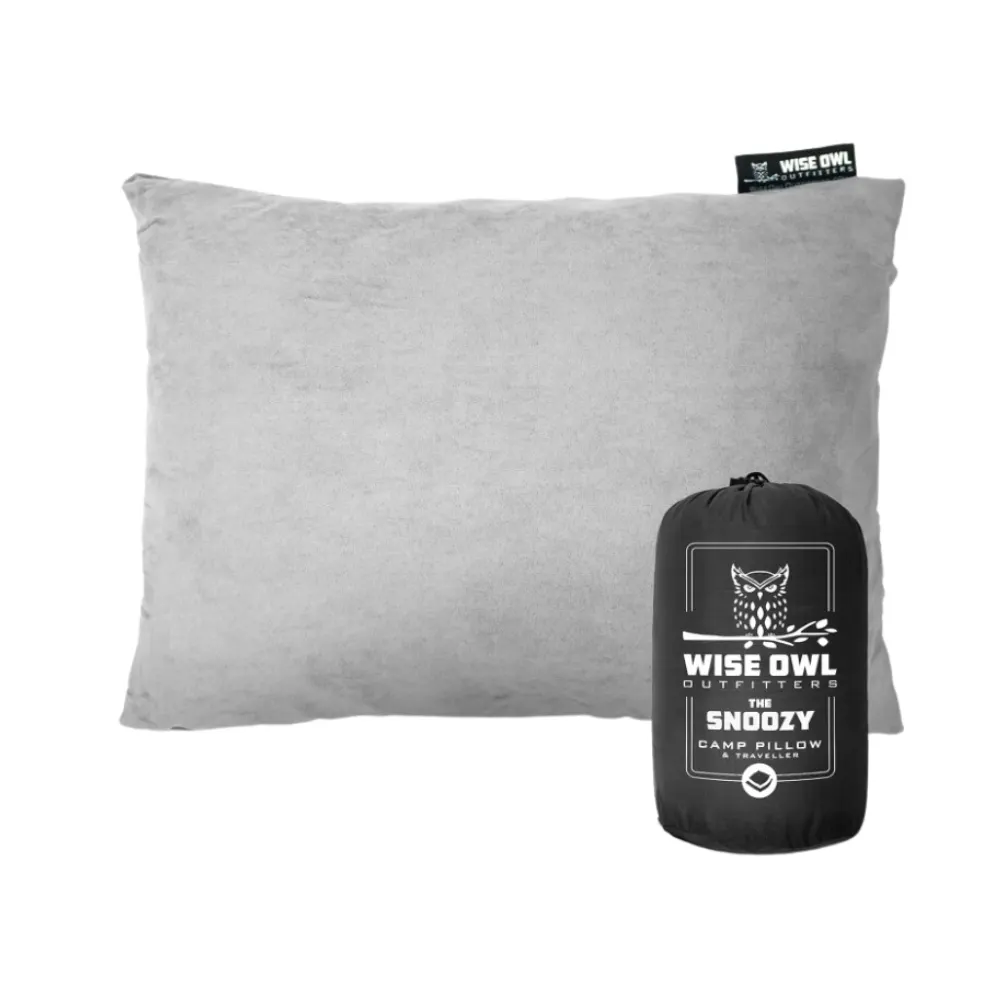
- Multi-Setting Comfort: Suitable for various sleeping environments.
- Memory Foam Softness: Cushioned support for head and neck.
- Travel-Friendly Design: Compresses for easy packing.
- Machine Washable: Easy to clean and maintain.
- Ideal Camping Gift: A great addition to any adventurer’s kit.
- VIEW MORE
- Purchase on Amazon
Sleeping Pad
A high quality sleeping pad provides a much more comfortable sleeping experience, more so than sleeping on the bear ground. You also get an added benefit of insulation from the cold, hard ground. Similar to selecting a high quality sleeping bag, you’ll want to do the same with the sleeping pad. Also: make this a camping essentials priority to pick a sleeping pad you love.
A great sleeping pad is something you’ll wish you had, unless you have a cot.
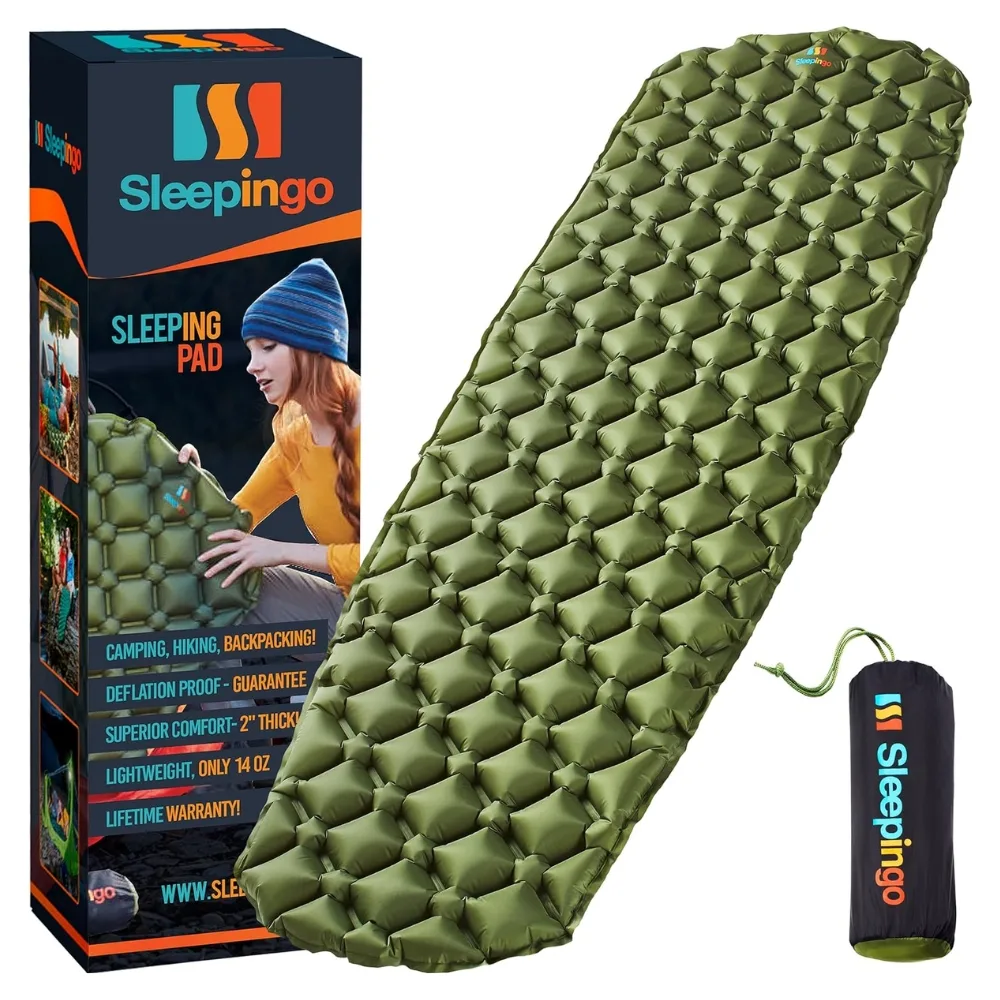
- Comfortable Thickness: 2-inch support for restful sleep.
- Lightweight and Portable: Easy to carry, fits in backpacks.
- Rugged Material: Waterproof ripstop nylon fabric.
- Spacious Sleeping Area: Large size for ample comfort.
- Luxurious Outdoor Sleep: Elevates camping experience.
- VIEW MORE
- Purchase on Amazon
Cot
A cot is really a luxury when camping. Most people do not use a cot unless they’re camping several times a year (or going out on long excursions). It’s not needed but it can help you get off the ground, provide more stability and comfort.
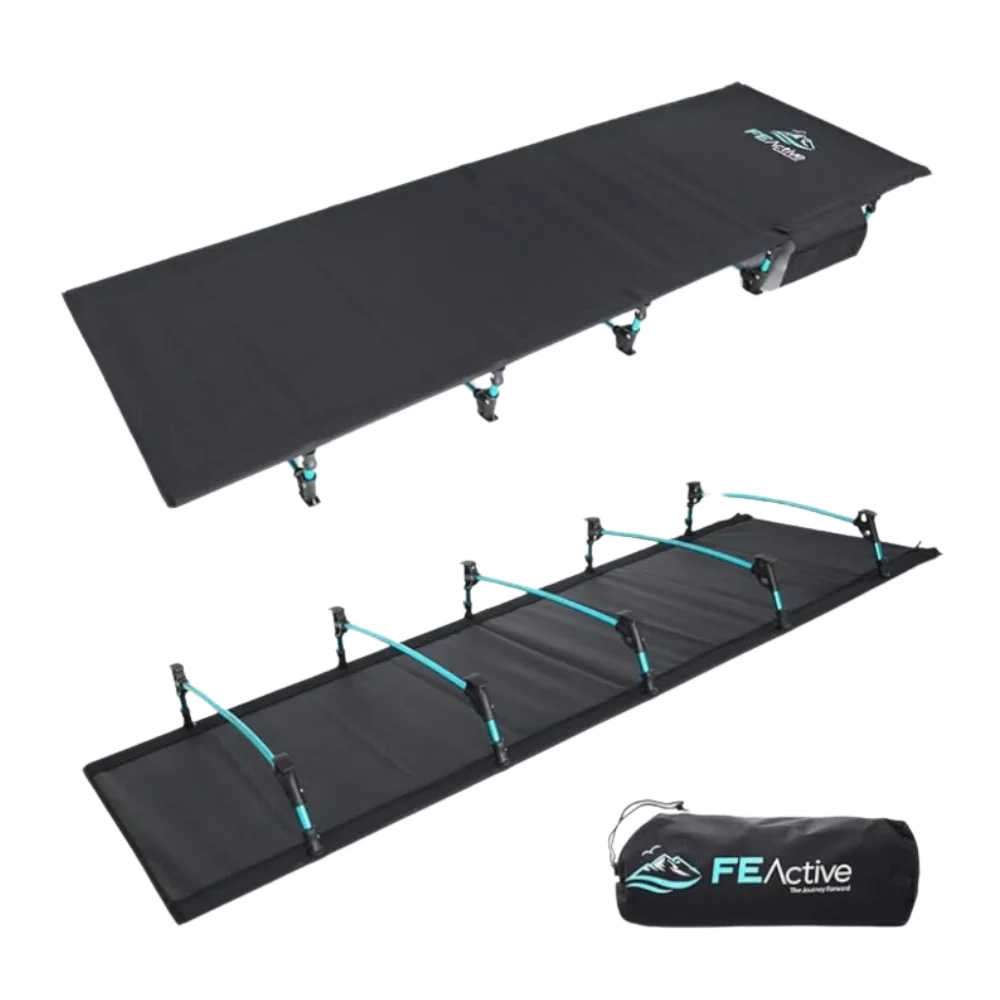
- Enhanced Comfort Design: Supports mattresses, for convenient use.
- Military-Grade Durability: High-grade aluminum, water-resistant fabric.
- Compact and Lightweight: Easy to carry, supports 250lbs.
- Extra Storage Pocket: Replaces camping table needs.
- Gift-Ready and Versatile: Ideal for a range of outdoor activities.
- VIEW MORE
- Purchase on Amazon
Pin it?
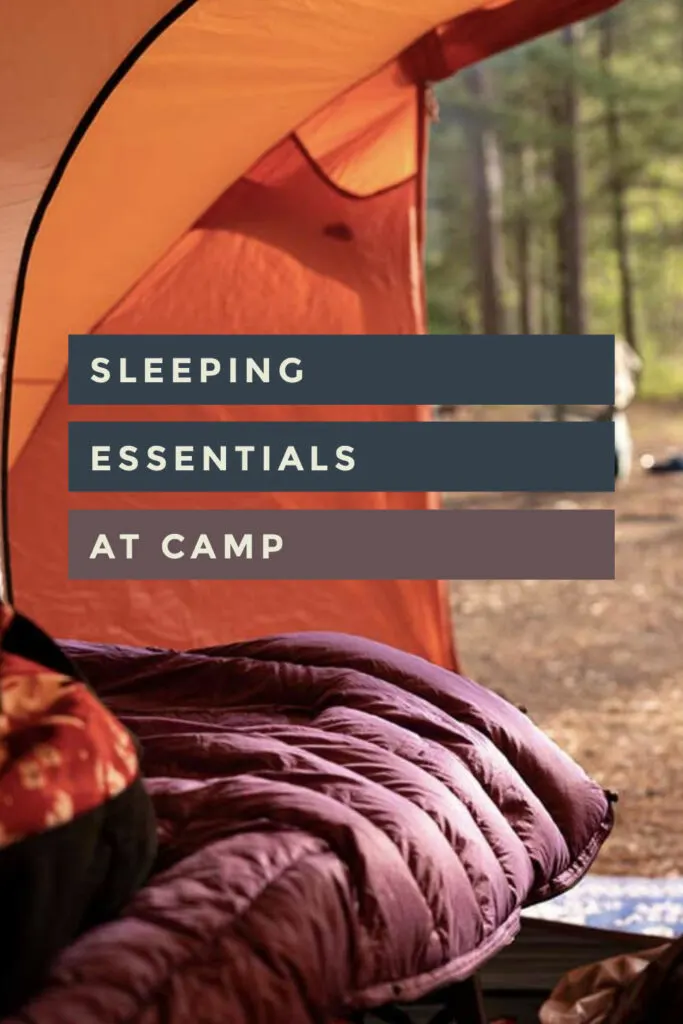
Camp Clothing
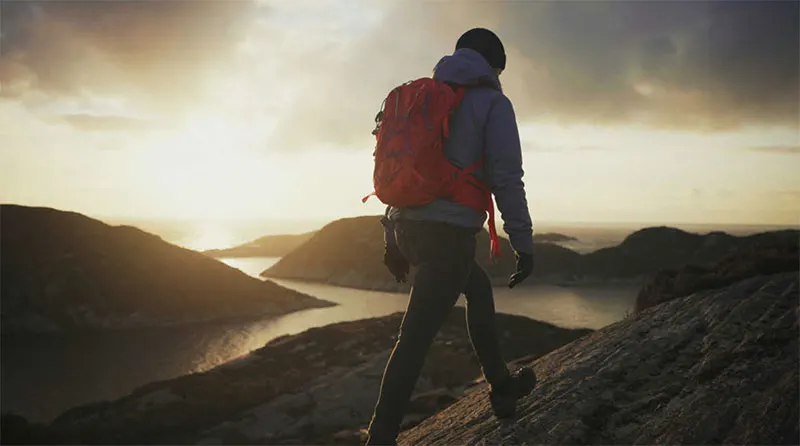
Getting the clothing staples right when heading out to camp will make a world of difference. When camping in the high country it’s very rare to have a night that won’t feel cold. Plan ahead to better enjoy your experience.
Day-to-Day Clothes
Wool socks, long sleeve t-shirts for the days you get too much sun, and your regular comfortable apparel should be pretty easy to decipher. Always bring extra undies and socks.
Raincoat & Pants
While this isn’t a must have for everyone, you’ll feel like you won the lottery if you get extended days of rain. Lightweight (no extra insulation) raincoats are a great option when camping at a campsite or heading off in to the backcountry. For me, when backpacking or hunting, a VERY lightweight raincoat is a must have.
Warm Hat
Here in Colorado, bringing a beanie should be at the top of your camping essentials checklist. If you’re camping in the mountains, a warm hat that covers your ears is great when sleeping, in the early morning, or before bed.
Heavy Sweatshirt or Jacket
Always bring a sweatshirt with a hood when heading out to camp. Jacket is optional. I’m a big fan of having a moderately heavy sweatshirt when camping. The sweatshirt helps keep you warm, is great underneath your lightweight raincoat shell, and can serve as a leg pillow or head pillow (if you forgot yours or are just traveling ultra light).
Wool Socks
Transition to wool socks for year round use and not just when camping. Nothing beats high quality wool socks. Especially if you’re backpacking, high quality wool socks are an absolute camping essential.
Leather Gloves
Keeping high quality leather gloves in your camp pack is a great idea if you’re planning on doing any work while camping. Leather gloves make hard work easier (when working with your hands).
Hiking Boots
Don’t go out and buy hiking boots and then leave for your backcountry adventure the next day. Always break in your hiking boots prior to going on long distance adventures with gear. If you’re not backpacking, breaking in your hiking boots at camp or on day hikes is a great idea.
Change of Shoes
An extra pair of shoes if you happen to fall in the water or you’re camping in dry conditions. While this isn’t a must, it’s a great idea.
Long Underwear
Depending on the season (most of the year in the high country) long underwear should be on your camping essentials checklist. Having a layer under your pants when just sitting around (not hiking) will add to your comfort level.
Flip Flops
After a long hike or having your feet in boots or shoes all day: it’s amazing to take off the shoes and just go barefoot. A lot of campsites aren’t great for bare feet, enter the flip flop. For around the campsite, IMO, having flip flops is a must and… the cheaper the better.
Gloves and/or Mittens
Most of the year in the high country we’ll see temps at night get in to the 30’s or 40’s. If you’re doing a lot of relaxing, having gloves or mittens will help you keep warm.
Swimsuit
Not a necessity (you can always jump in with your skivvies… or less depending on the location). However, if you’re by a lake, river, or creek, and there’s people around, it’ll be nice to have a dedicated swimsuit.
Water Shoes (for exploring creeks and rivers)
Depending on what your plans are, for me, water shoes are a necessity. I love navigating cold streams and creeks and having shoes you dedicate just for the water makes the experience much more enjoyable.
Clothesline & Clips
Not always needed but sometimes it’s nice to have a dedicated scenario for drying your clothes.
Essential Camping Tools
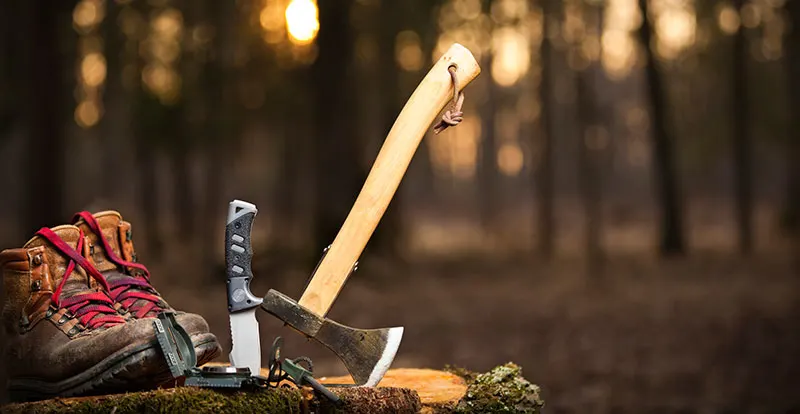
At the top of this list is the flint and steel. Not only are some of these tools important for camping, they’re also important for survival when you don’t have modern amenities.
Shop our recommended Camping Tools.
Firestarter
One of the most important camping / survival tools ever, a method to start a fire. My favorite go-to fire starter is flint and steel – should be near the top of your camping essentials checklist. The flint and steel never lets you down and allows you to start thousands of campfires.
My least favorite methods in starting a fire are the standard options: Matches and/or a Lighter. Both of these options could fail you (maybe when you need it most).
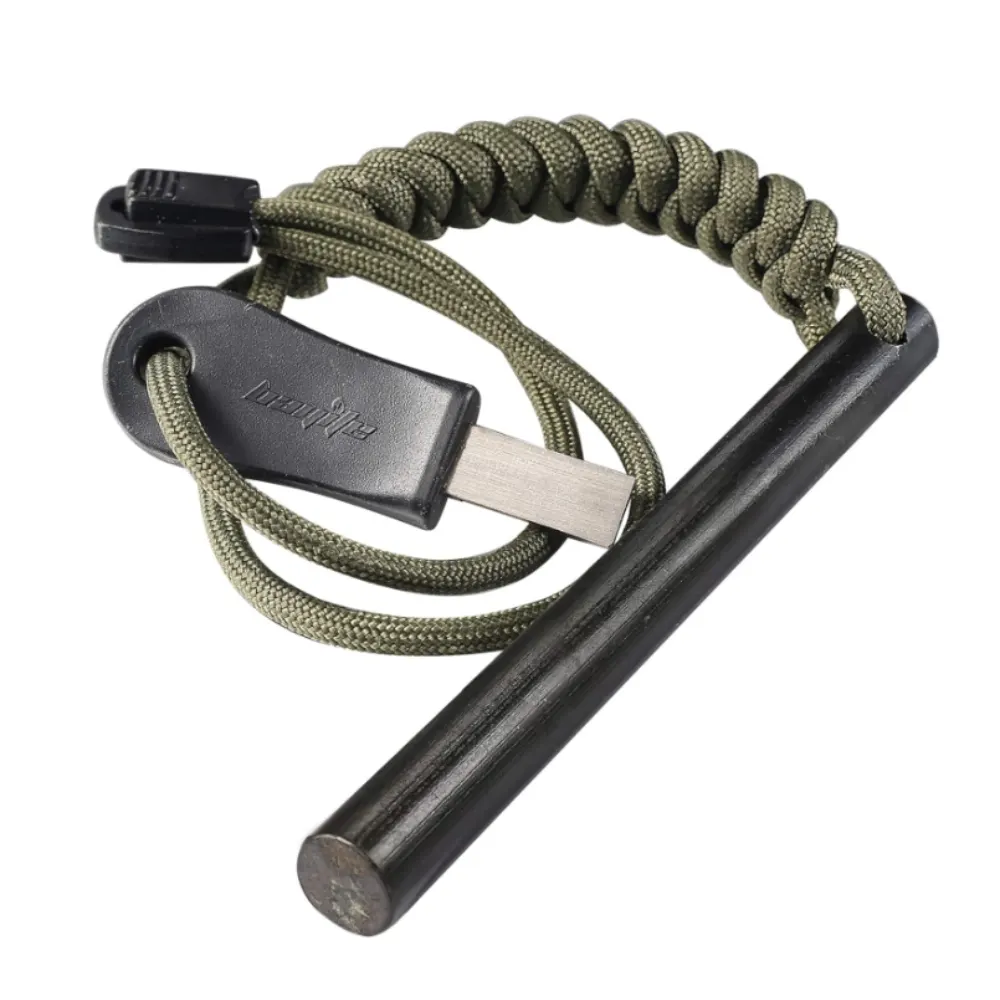
- Comfortable Paracord Grip: Secure and ergonomic.
- Durable Striker: Tool-grade HSS steel for effective sparks.
- Portable Size: Ideal balance of size and function.
- Weatherproof Design: Effective in any conditions.
- High-Temperature Sparks: Ignites fires in all environments.
- VIEW MORE
- Purchase on Amazon
Flashlight and Lantern
Let me jump on my soapbox for a moment. Artificial light at night when camping is stupid, stop it. Okay, thanks for that. However, having a light source while camping makes finding stuff, cooking stuff, or heading out to the potty easier. Use artificial light at night while camping sparingly.
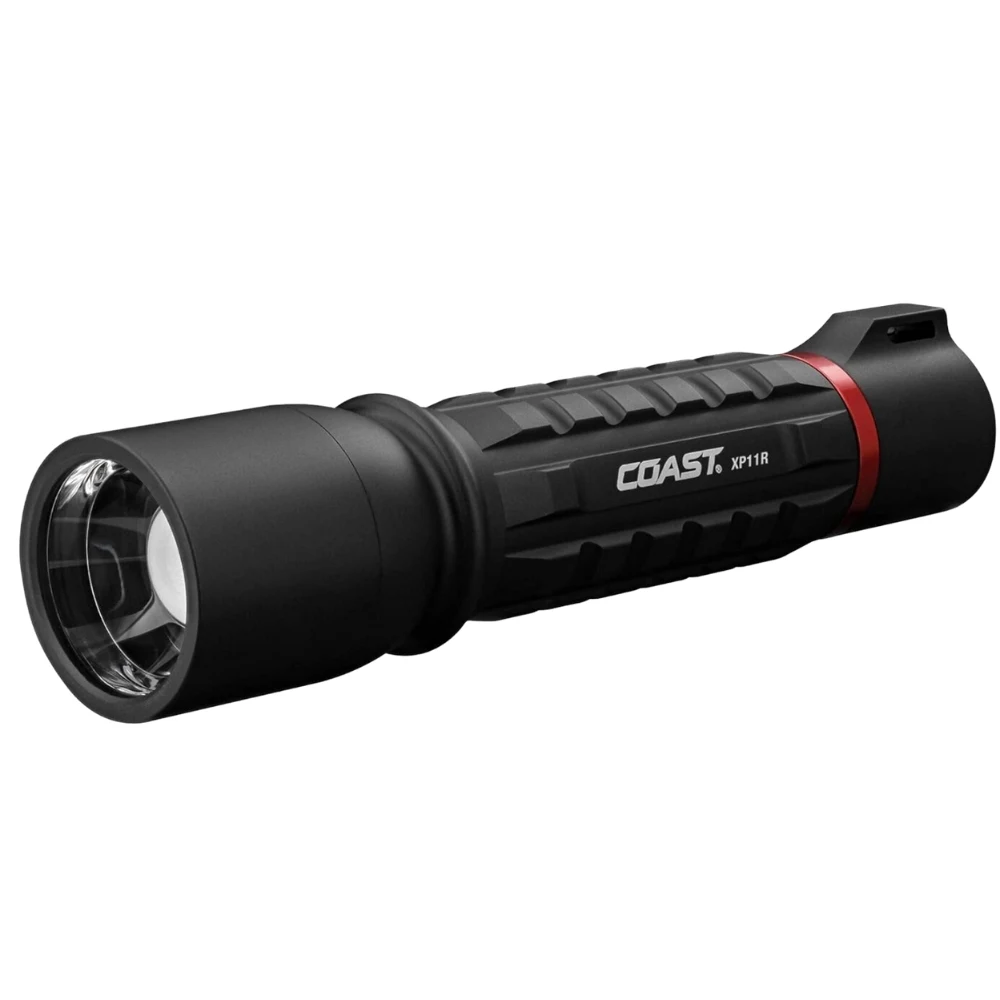
- SLIDE FOCUS Technology: Versatile beam options.
- Turbo Mode: 2100 lumens for intense lighting.
- Dual Power Capability: Rechargeable or alkaline batteries.
- Power Level Indicator: Monitor battery life easily.
- Durable Design: Water-resistant and drop-proof.
- VIEW MORE
- Purchase on Amazon
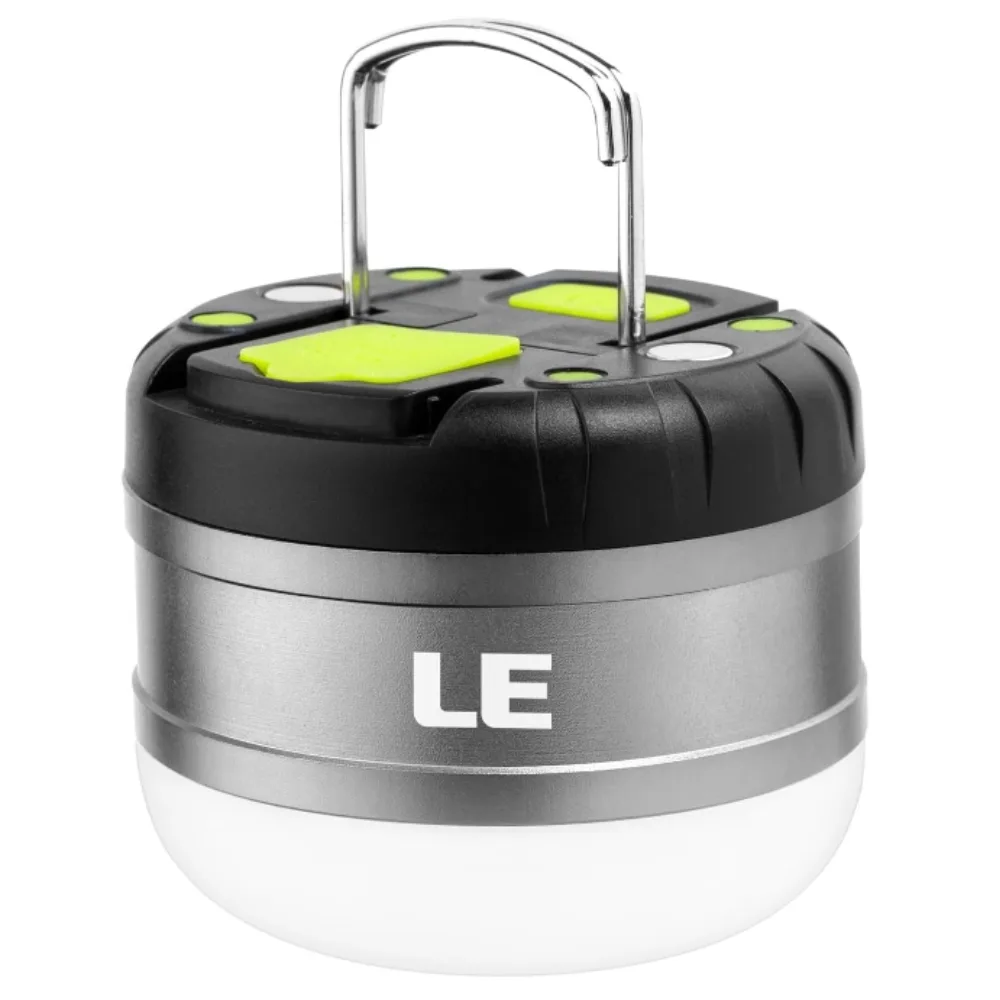
- Five Light Modes: Tailored lighting for every need.
- Charging Capabilities: Doubles as a power bank.
- Portable and Light: Easy to carry and store.
- Magnetic Base and Hooks: Attach or hang anywhere.
- All-Purpose Use: Water-resistant and versatile.
- VIEW MORE
- Purchase on Amazon
Headlamp
If you’re heading out early to a mountain top, you’re going to want a headlamp. Heading home on a trail at night, headlamp. Walking around camp or talking to someone: NO HEADLAMP!
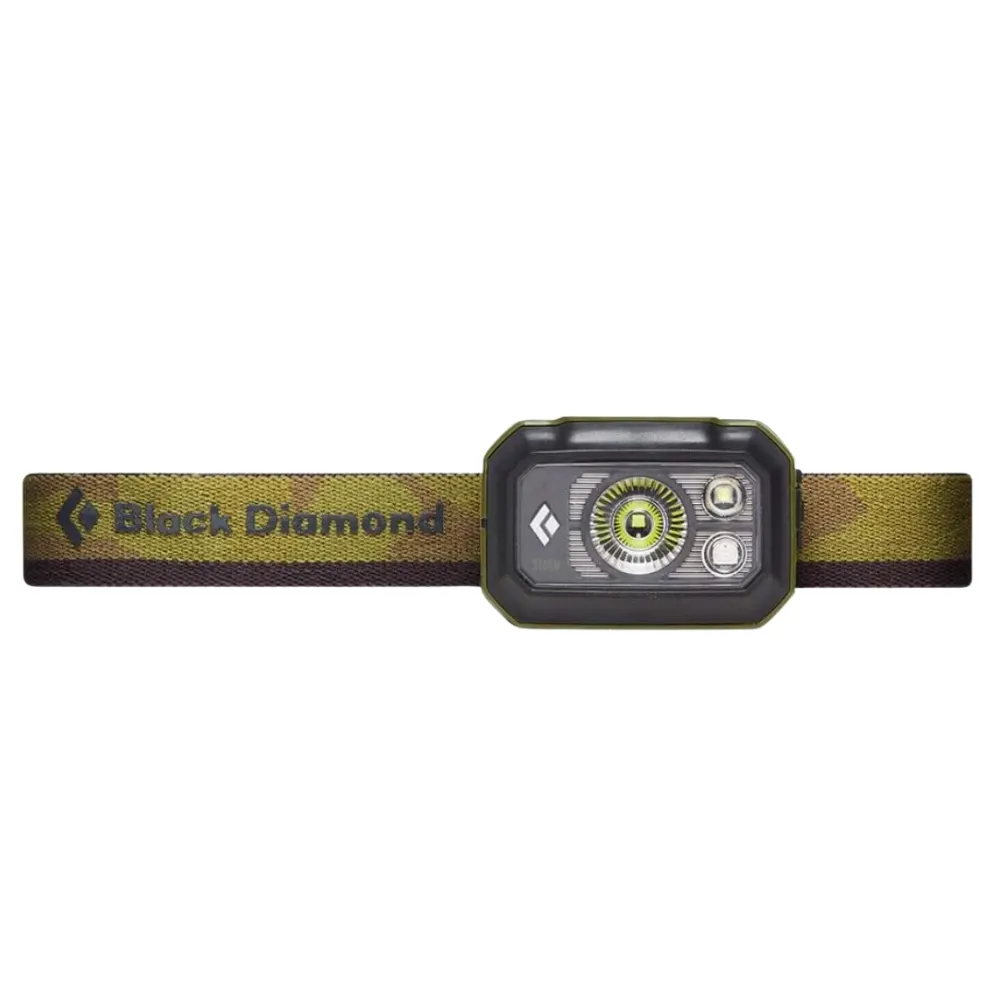
- Adaptive Lighting: Instant full/dimmed power transition.
- Memory for Brightness: Maintains set brightness level.
- Compact and Battery-Efficient: Four AAA batteries, low-profile.
- Diverse Light Modes: Includes strobe and night-vision.
- Weather-Resistant Build: Waterproof and dustproof (IP67).
- VIEW MORE
- Purchase on Amazon
Mallet or Hammer
If you’re tent camping, you’ll want a mallet to pound in your tent stakes.

- Versatile Head: Effective for driving and removing stakes.
- Durable Material: High-grade cast steel for longevity.
- Ergonomic Handle: Rubber grip for comfort and stability.
- Added Safety: Holding strap to prevent drops.
- Compact and Travel-Friendly: Easy to pack and carry.
- VIEW MORE
- Purchase on Amazon
Extra Cord/Rope
If you have the space, you can’t go wrong with having extra cord available. You use cord for hanging clothes to dry, keeping items high off the ground and in a tree branch to avoid scavengers, possible rescue scenarios, and so much more.
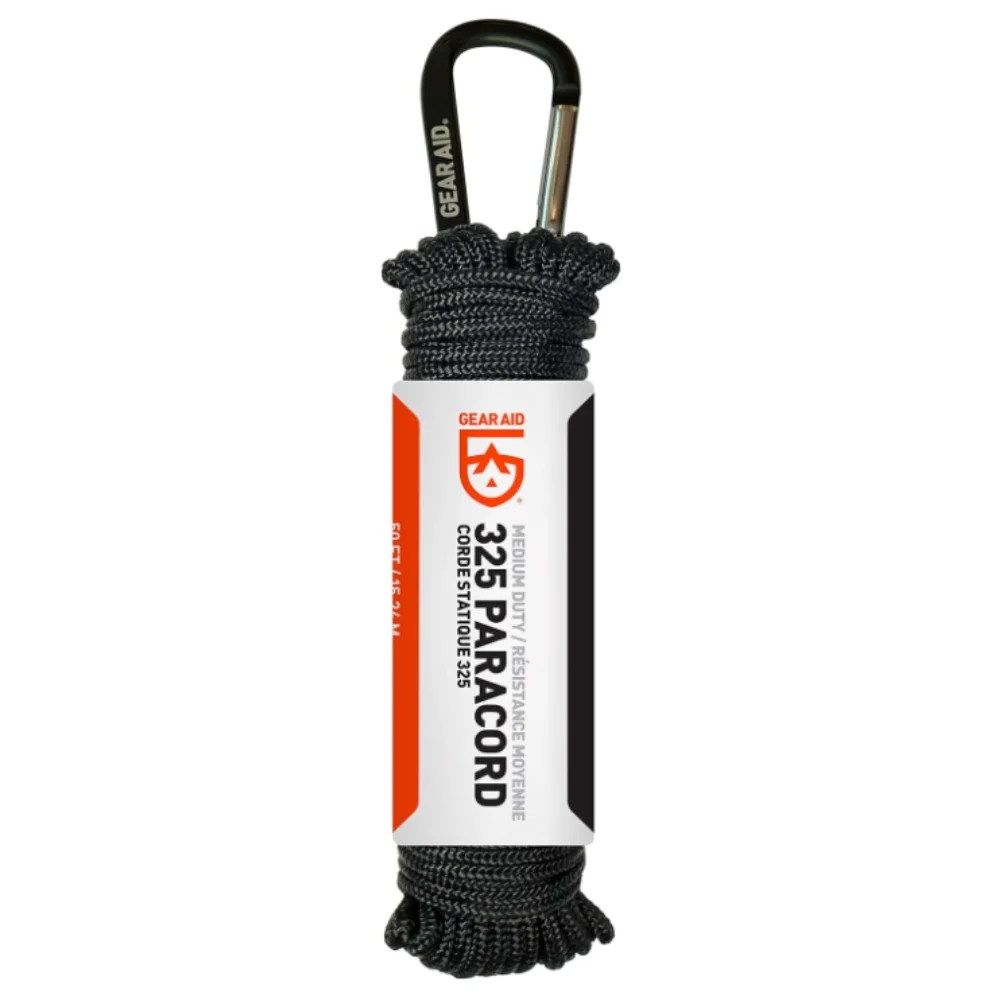
- Strong and Lightweight: Ideal for outdoor use.
- Carabiner Included: Easy attachment of gear.
- Multipurpose Utility: For camping, hiking, emergencies.
- Crafting Capabilities: Create bracelets, lanyards, more.
- Outdoor Visibility: Available in easily noticeable colors.
- VIEW MORE
- Purchase on Amazon
Pocket Knife
A must have. A solid and trustworthy knife can help you with food prep, shelter, building a fire, cutting rope, and more.
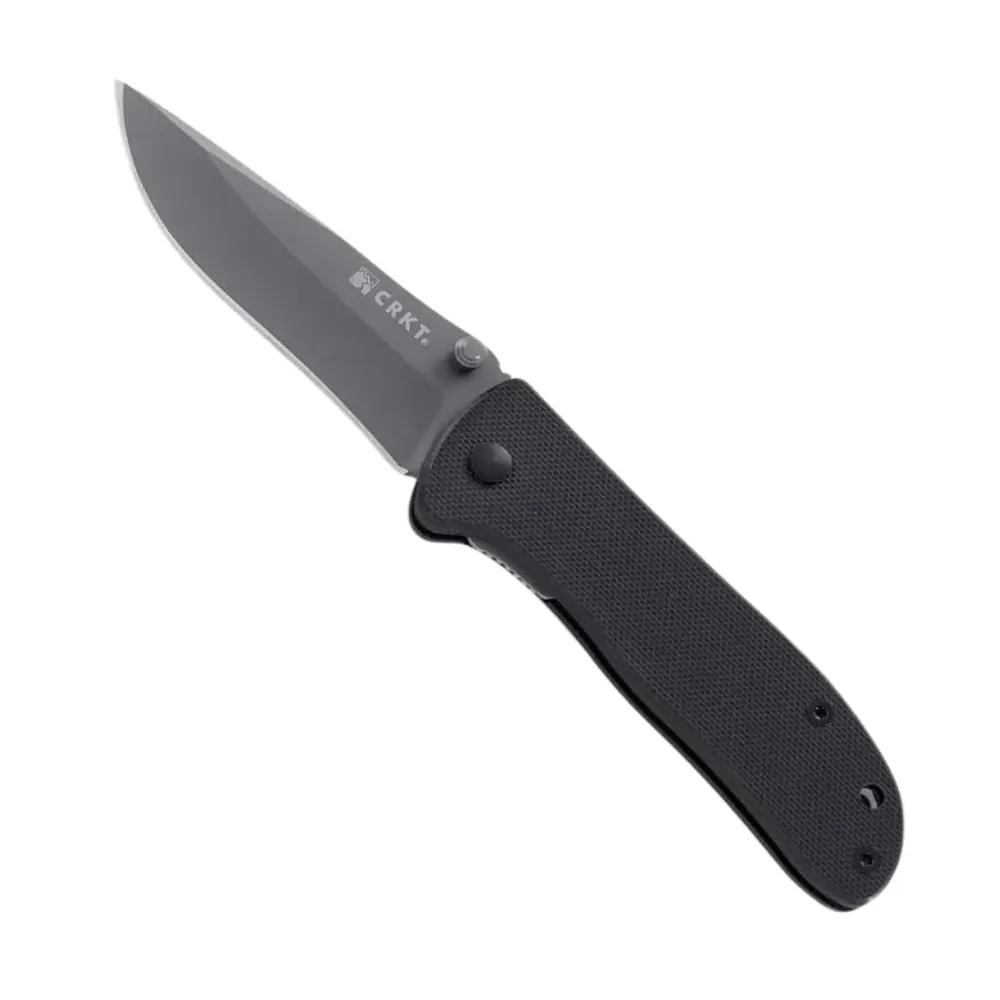
- Superior Grip: Reliable in various conditions.
- Corrosion-Resistant Coating: Titanium nitride for durability.
- Easy One-Handed Opening: Convenient thumb stud.
- Warranty-Backed Quality: Confidence in craftsmanship.
- Compact Folding Design: Ideal for everyday carry.
- VIEW MORE
- Purchase on Amazon
Hatchet/Axe
Having a small hatchet when backpacking is wise. If you’re at a campsite or near your vehicle and are planning on having a fire, having an axe is wise.
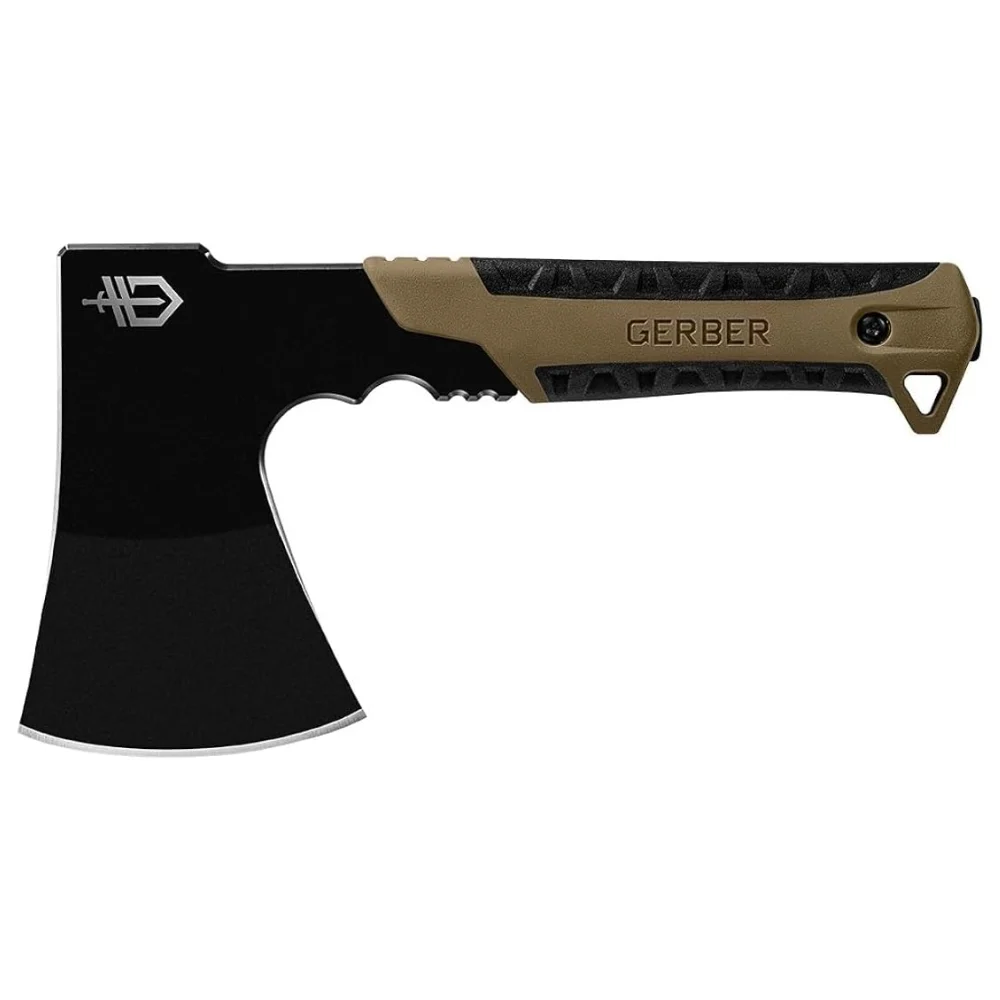
- Optimal Sharpness: Corrosion-resistant 3.5″ steel blade.
- Survival-Ready: Durable steel head, rubber handle.
- Easily Portable: Compact design with mountable sheath.
- Multipurpose Tool: Ideal for camping and worksites.
- Guaranteed Quality: Gerber’s limited lifetime warranty.
- VIEW MORE
- Purchase on Amazon
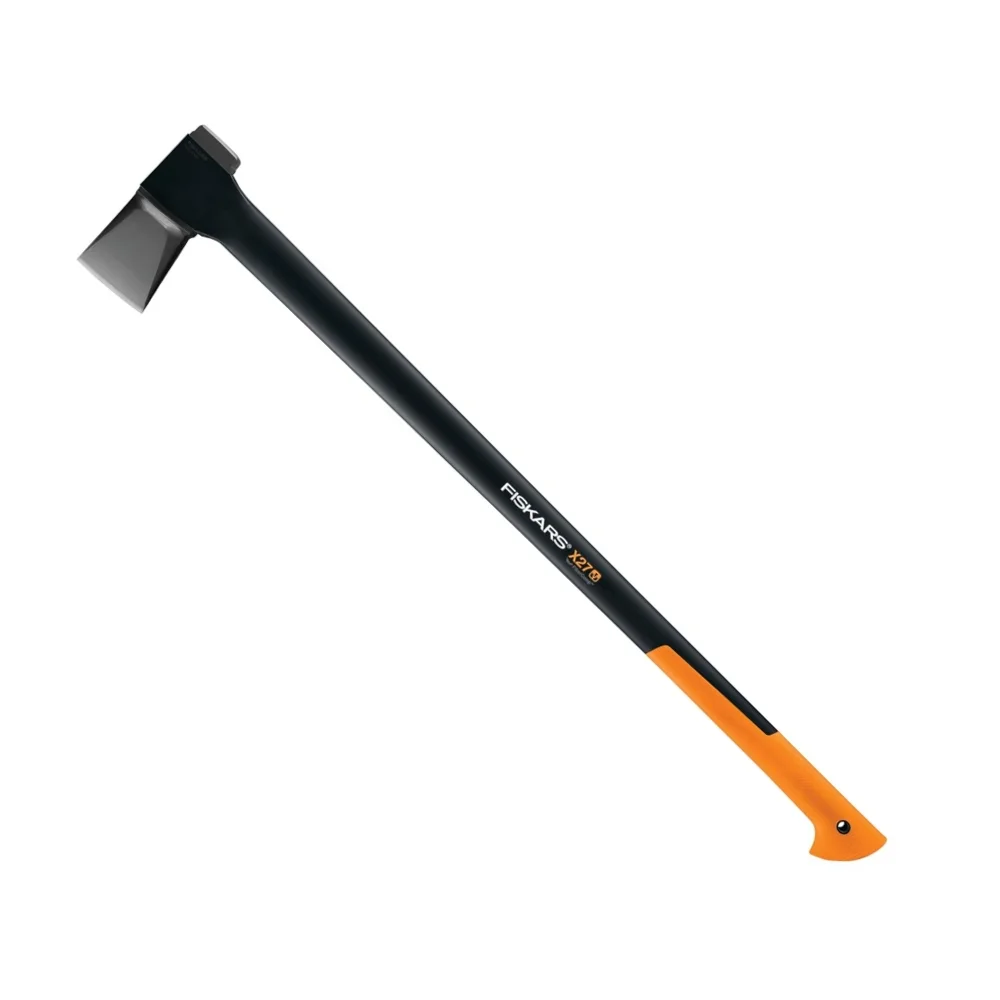
- Multipurpose Wood Chopping: Ideal for various log sizes.
- User-Friendly Design: Shock-absorbing, non-slip handle.
- Durable Steel Blade: Forged steel for lasting sharpness.
- Ergonomic Outdoor Use: Enhanced control and comfort.
- Guaranteed Quality: Comes with a lifetime warranty.
- VIEW MORE
- Purchase on Amazon
Fishing Gear
For some, this is the most important piece of camping gear. Get to know what you need for the water you’ll be fishing and travel lite. You won’t need much if you know what you’re doing.
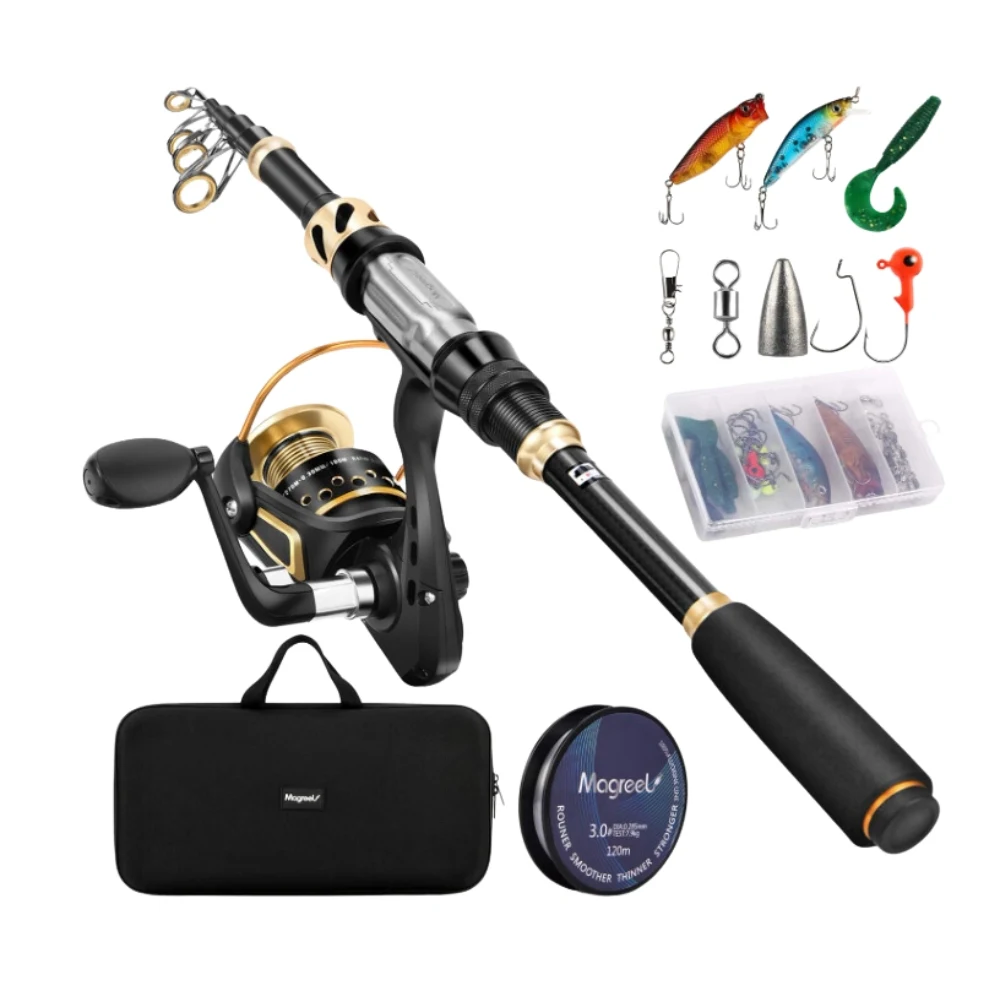
- Durable Carbon Fiber Rod: Corrosion-resistant with heat-dissipating guides.
- Comfort Grip Handle: Soft EVA for extended use.
- Smooth, Versatile Reel: Ideal for large fish, ambidextrous design.
- Comprehensive Fishing Kit: Includes rod, reel, line, lures, and bag.
- Travel-Friendly Gear: Lightweight and easily transportable.
- Expert Fishing Advice: Tips for optimal use and care.
- VIEW MORE
- Purchase on Amazon
Firearm (if you’re trained to carry and use)
If you’re hunting or getting deep in to the backcountry, having a pistol could save your life. The chance of you ever using it is likely zero. However, there is a chance you may need it. Of course, you must be trained and responsible.
Multitool
The multitool is a good idea to have accessible in nearly any situation. It’s provides you with several tools all built in to one. Consider buying a quality multitool and keeping it in your car when you travel.
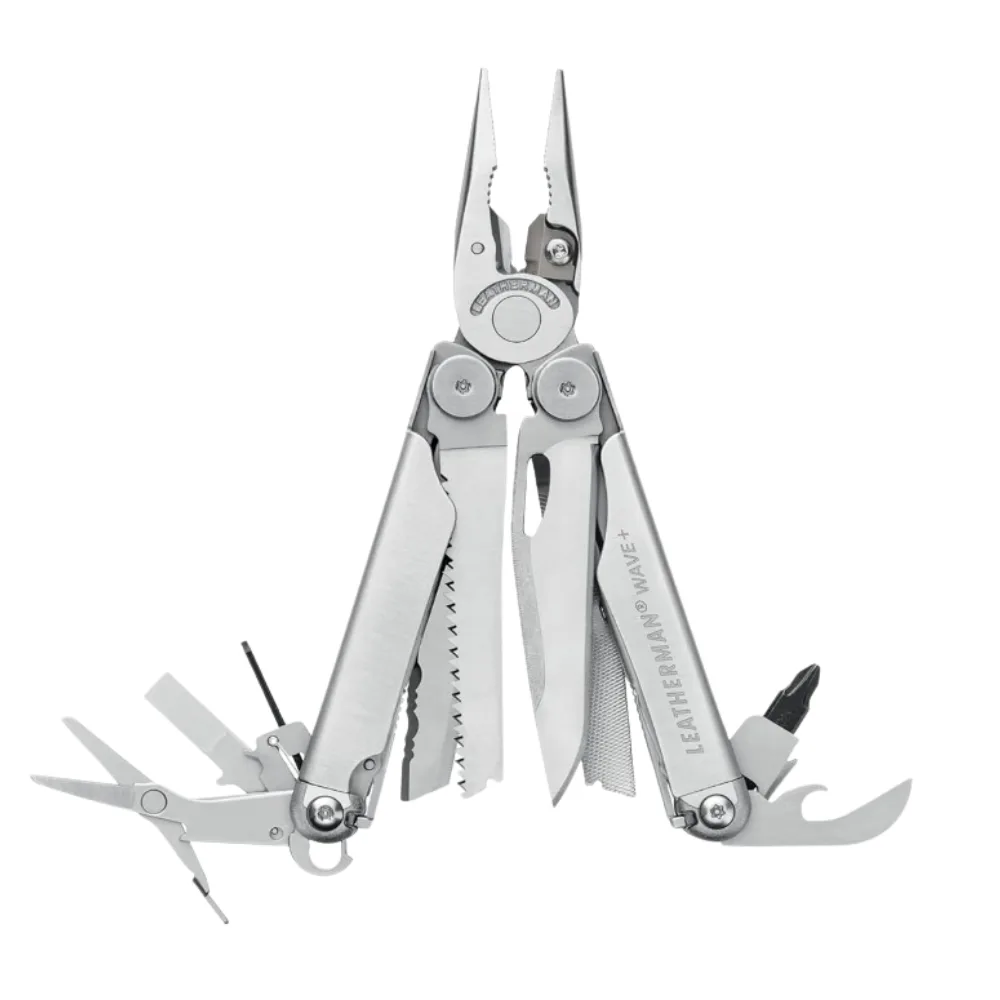
- Enhanced Multifunctionality: Includes replaceable wire cutters.
- 18 Essential Tools: Comprehensive and compact.
- Long-Term Warranty: Backed by a 25-year guarantee.
- Easy One-Handed Use: Accessible and convenient.
- Safe Locking Blades: Reliable for various settings.
- Ideal for Multiple Uses: Suitable for DIY, outdoor, and EDC.
- VIEW MORE
- Purchase on Amazon
Duct Tape
Not needed but nice to have in case of an emergency.
How could duct tape be useful when camping? Use duct tape for: making or improving rope, sealing food, tent repair, cover a blister, fixing broken stuff, marking a trail, repairing a fishing pole, using for a splint, and so much more.
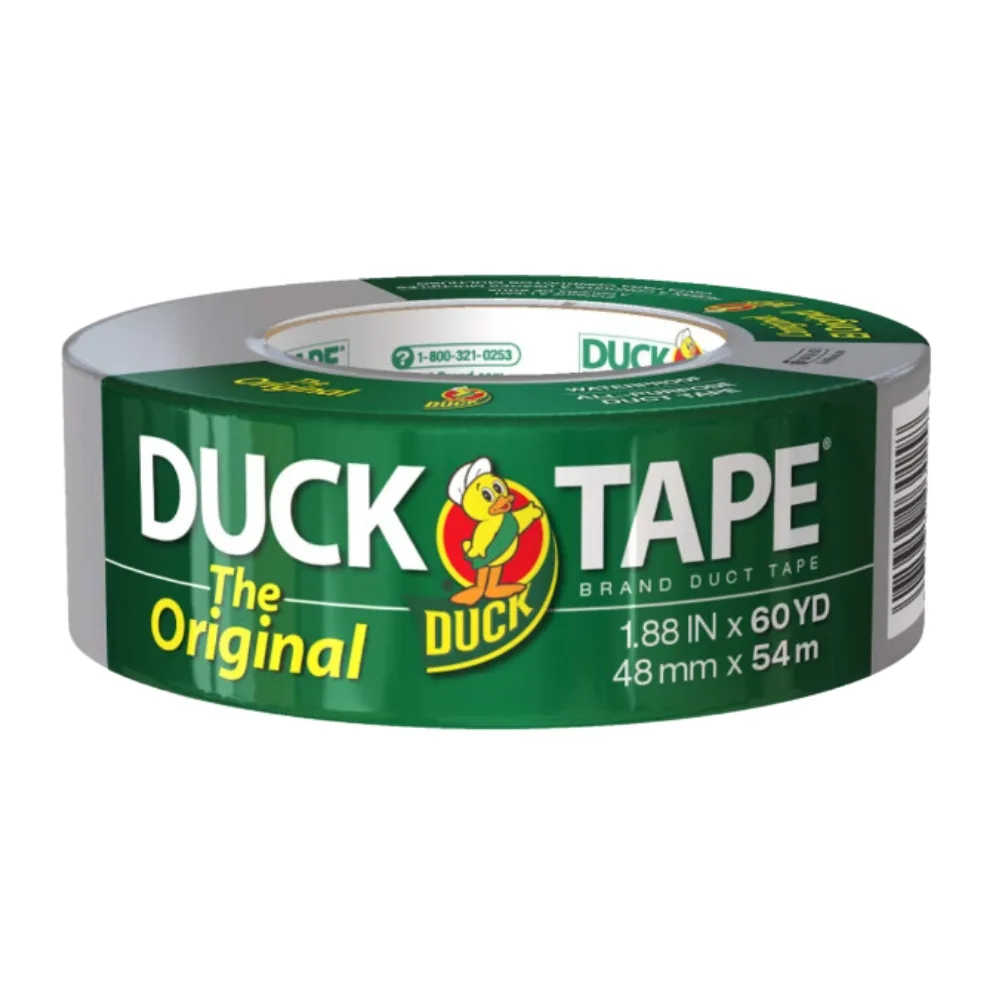
- Versatile Repairs: Suitable for various household tasks.
- Multi-Surface Adherence: Effective on numerous materials.
- Hand-Tearable: Easy application without tools.
- Flexible for Difficult Areas: Conforms to uneven surfaces.
- Durable and Waterproof: Strong for indoor/outdoor use.
- VIEW MORE
- Purchase on Amazon
Binoculars
High quality binoculars don’t have to be expensive. Some are. Find a pair that you’ll hand down to future generations, it’s worth the investment. While not necessary for camping, having a great pair of binoculars enhances your adventure.
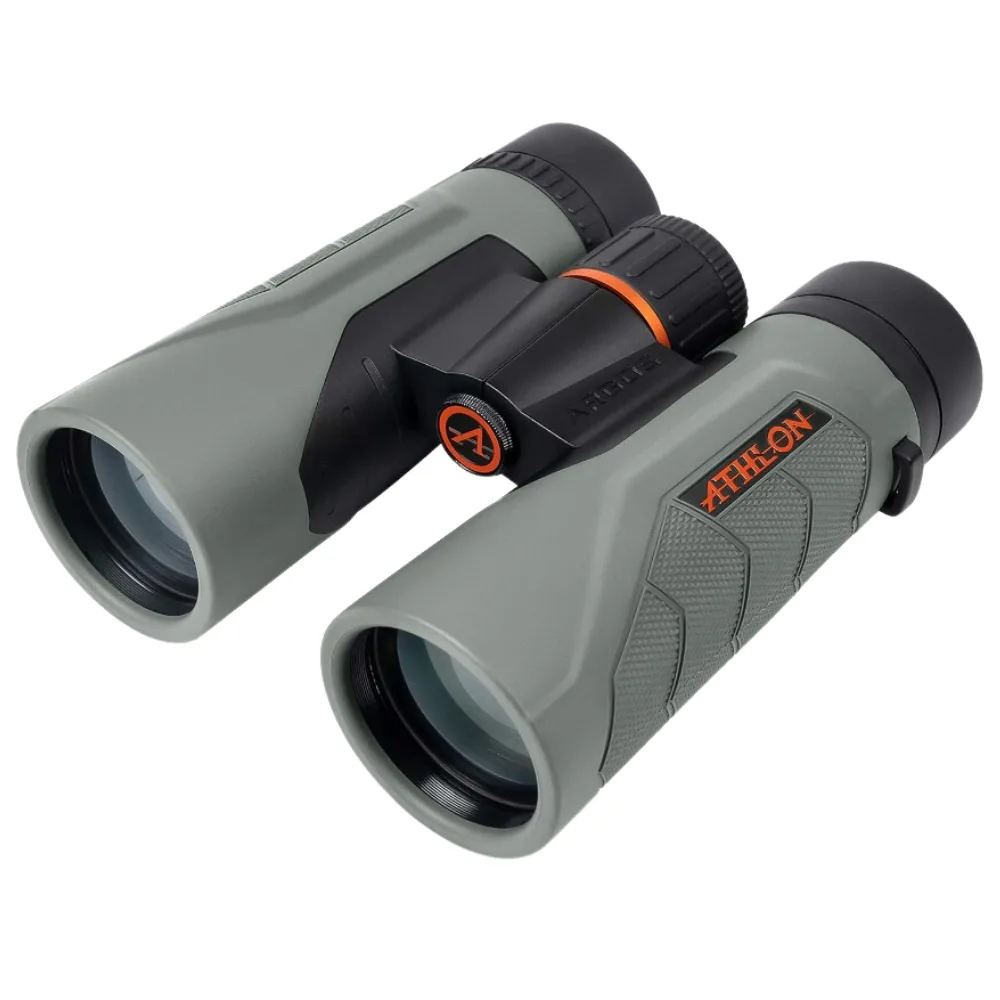
- HD Optical Clarity: Enhanced brightness and true colors.
- Sharp Image Quality: ED glass and BaK-4 prisms.
- Durable and Lightweight: Magnesium chassis, XPL coating.
- Multipurpose Outdoor Use: Suitable for hunting, birdwatching, etc.
- Ergonomic Grip: Comfortable for extended use.
- VIEW MORE
- Purchase on Amazon
Navigation Tools (or apps for your phone)
Depending on where you’re going and what your adventure looks like, this could be a must have. My favorite go-to navigation is onX Maps (app for your phone).
Wanting to go the old school route? Get a compass and a map.
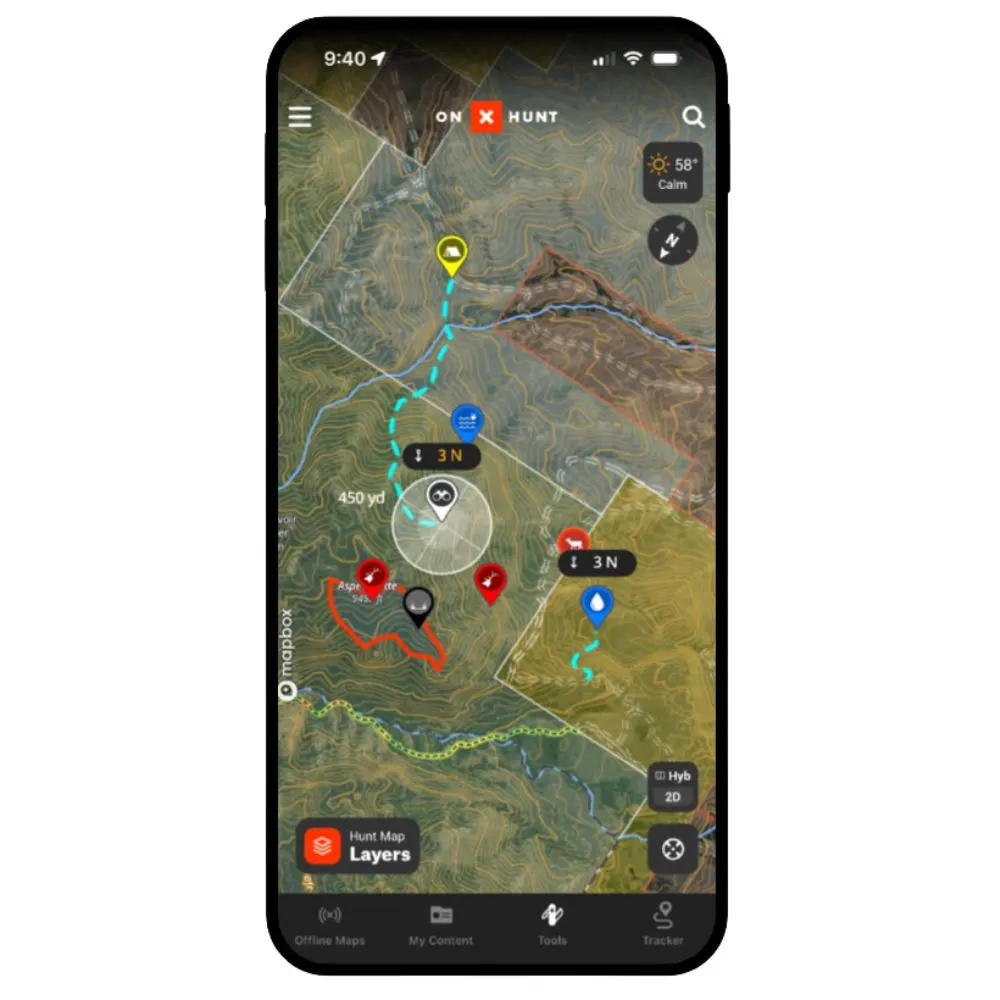
- Land Boundaries: Quick identification of land ownership.
- Compass Mode: Enhanced orientation and tracking.
- Custom Mapping: Personalize waypoints and tracks.
- 3D & Updated Imagery: Detailed terrain analysis.
- Basemap Variety: Satellite, topo, and hybrid options.
- Offline Maps: Navigation without cell service.
- VIEW MORE
Solar Charger (for your gadgets)
Obviously not a must have but can be somewhat useful while camping.
Maps & Field Guides
Similar to the navigation tools via your phone, a map or field guide could be a must have for you depending on what you’re going to be doing. While a printed map might not be as up to date as an app, it’s more reliable since you don’t need to rely on batter power. Make sure to bring along your compass if you go this route.
Notebook & Pencil
Create a field guide, take notes, remember the adventure.
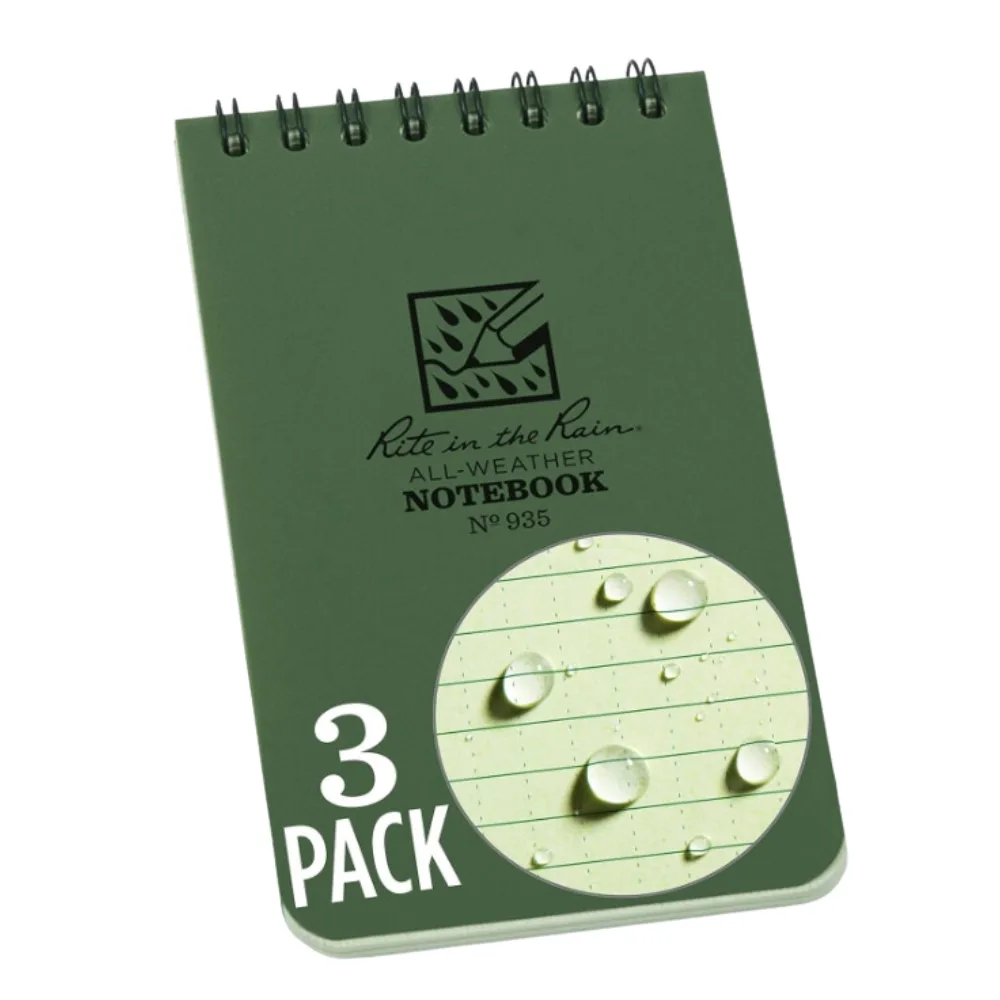
- All-Weather Paper: Resists water, grease, mud.
- Resilient Wire-O Binding: Keeps shape and alignment.
- Write Under Any Conditions: Compatible with pencils and all-weather pens.
- Tough Polydura Cover: Durable and waterproof.
- Eco-Conscious: Fully recyclable material.
- VIEW MORE
- Purchase on Amazon
Camera
While it’s not a must have… it kinda is.
Games
If you have the room and don’t have too many plans for adventure, games can be a lot of fun to have. Our 2 favorite games when family camping are: Skull and Splendor.
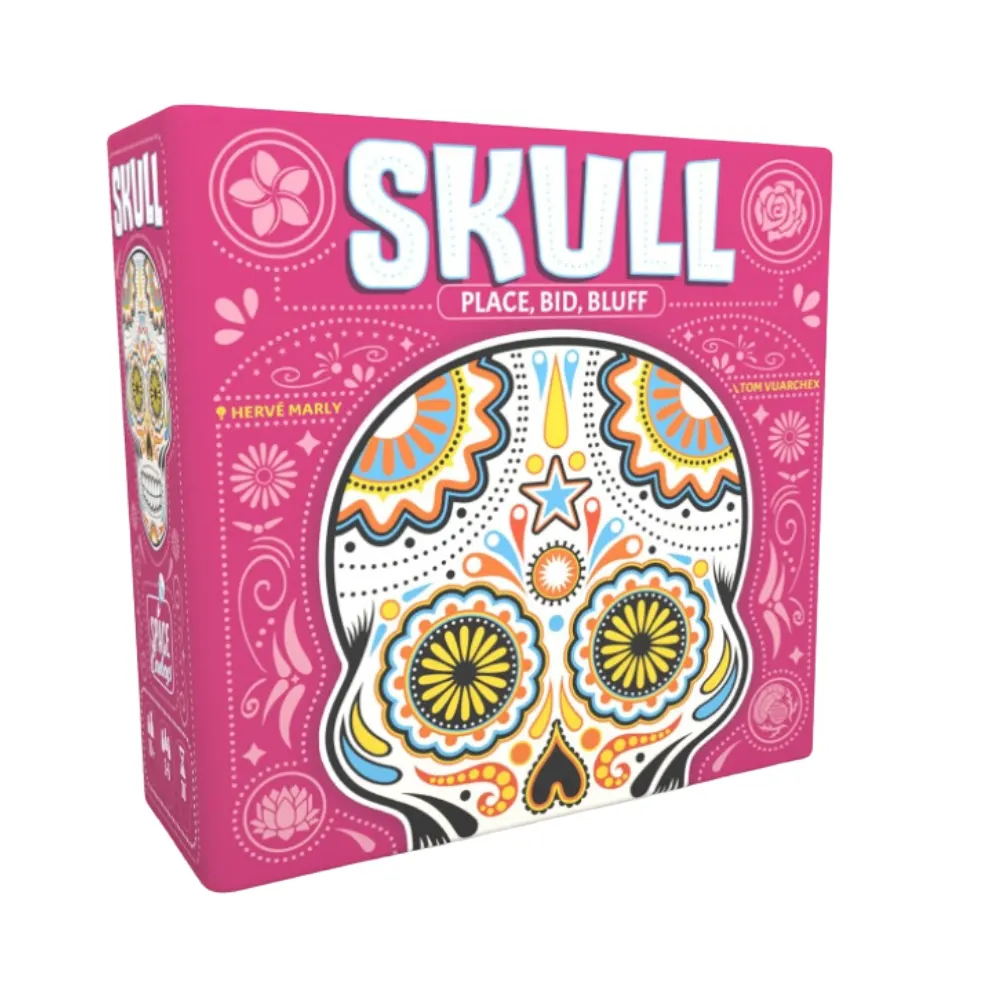
- Deception-Based Fun: Tests bluffing and deduction skills.
- Thought-Provoking Strategy: Risky bets and skull avoidance.
- Competitive Play: Sharpen bluffing against savvy opponents.
- Family-Friendly: Engaging for various age groups.
- Portable and Updated Design: Easy to carry, modernized for 2024.
- VIEW MORE
- Purchase on Amazon
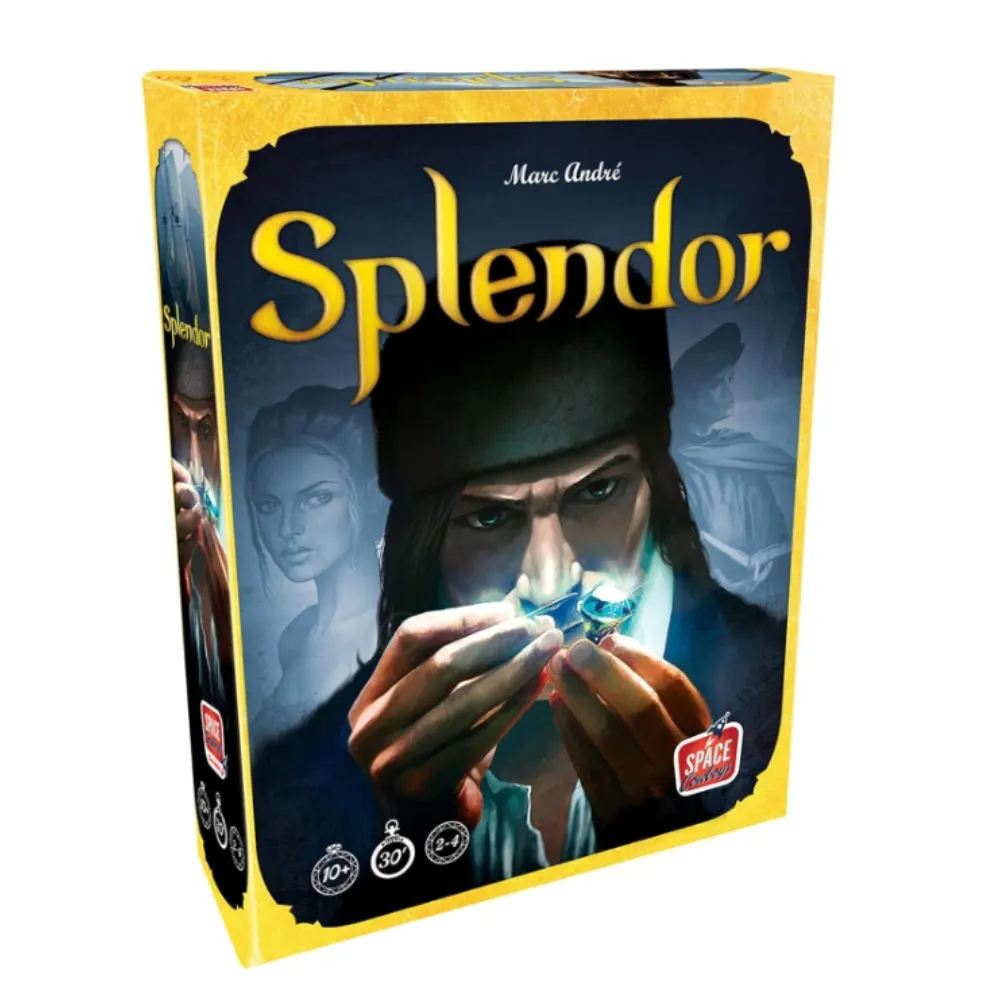
- Renaissance Merchant Strategy: Compete in jewelry trade.
- Competitive Gameplay: Vie for resources and prestige.
- High Replay Value: Different setups for every game.
- Accessible to All Players: Easy to learn with varied challenges.
- Family-Friendly Gaming: Great for 2-4 players, ages 10+.
- VIEW MORE
- Purchase on Amazon
A Good Book
Mid afternoon, done for the adventures of the day? Nothing like reading a good book out in the wilderness.
Broom & Dustpan
These just depend on the scenario. It’s nice to have to clean out the camper or tent but are generally not necessary for camping.
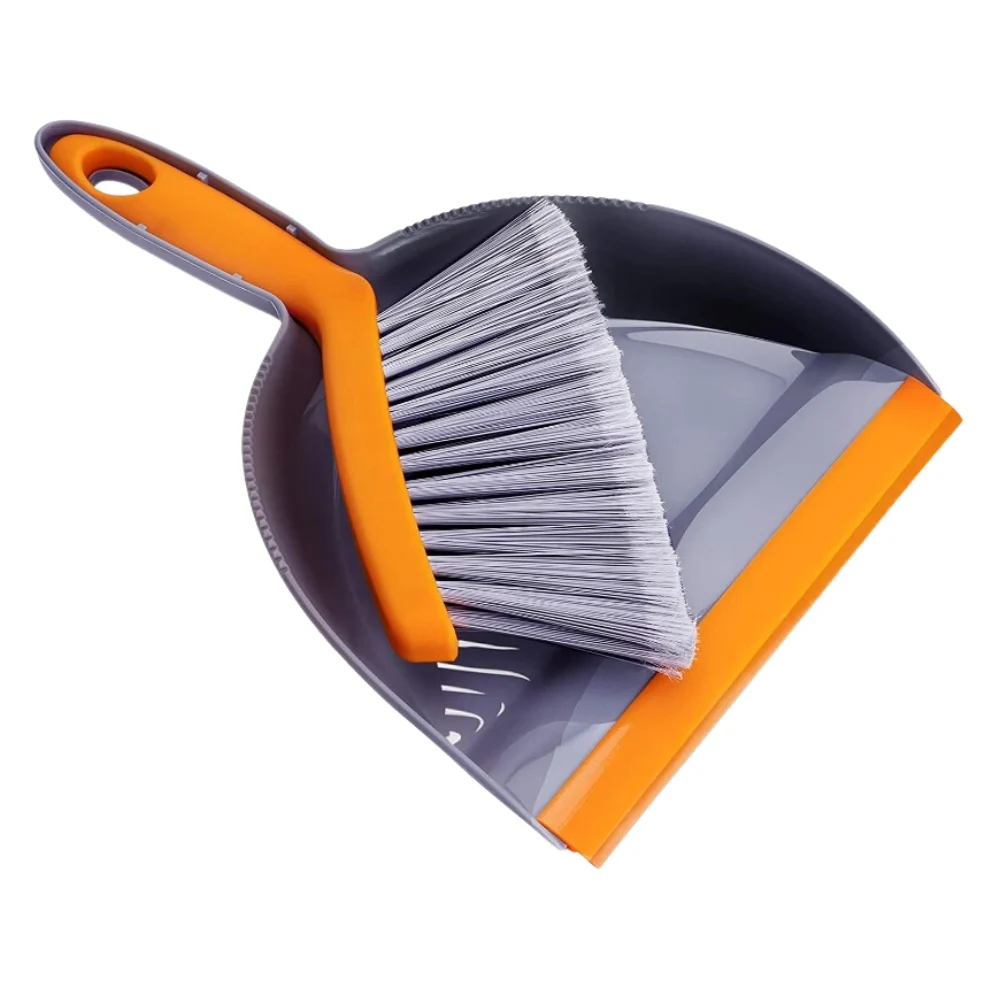
- Versatile for Home & Camping: Suitable for various cleaning tasks.
- Effective Bristles: Dense and gentle for comprehensive sweeping.
- Comfortable to Use: Ergonomically designed handle.
- Hair Removal Design: Serrated edge on the dustpan.
- Easy to Store: Compact design with hanging options.
- VIEW MORE
- Purchase on Amazon
Repair Kits
Your tent may come with a repair kit. If your tent doesn’t come with a repair kit, it’s a good idea to purchase one prior to leaving. While not mandatory, it’ll be nice to have if something goes wrong.
Same applies to any of the equipment you’re bringing. Think through the items you have and if there are ways to repair each necessity you’ll have while camping.
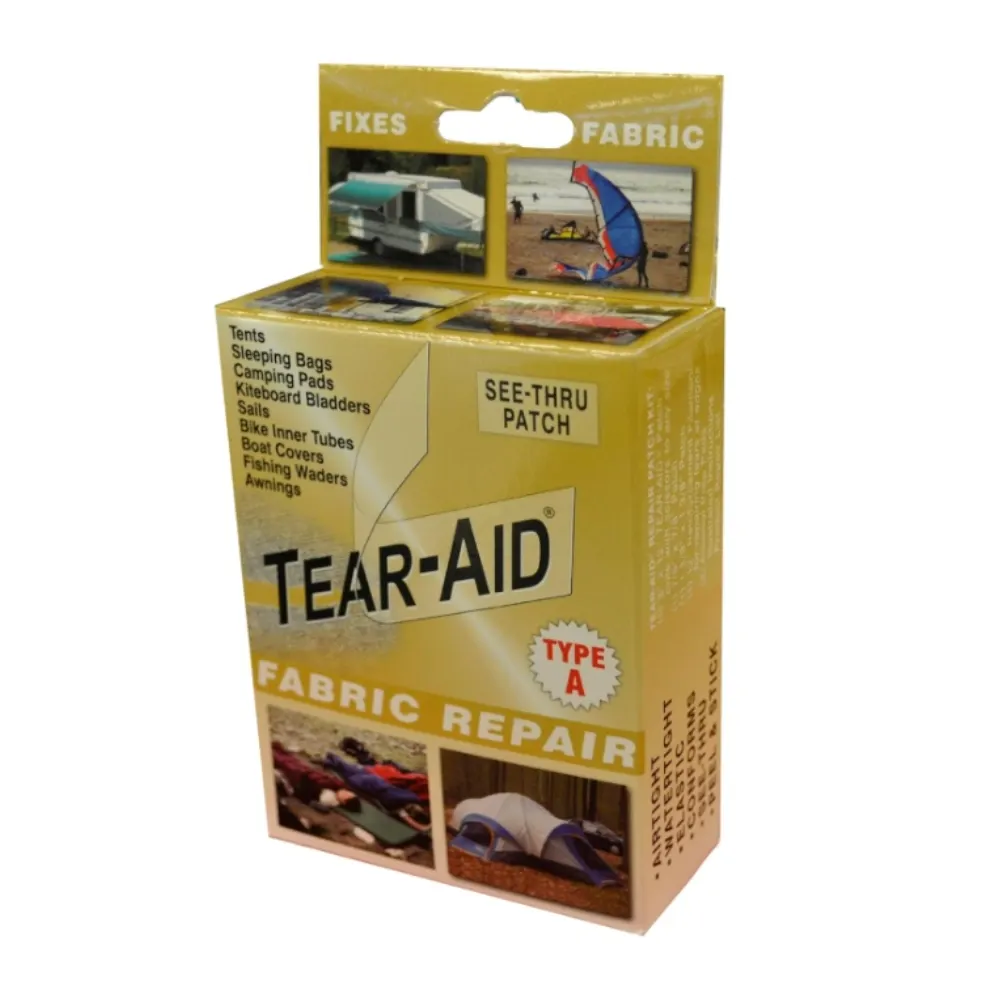
- Multi-Material Repair: Effective on a wide range of fabrics.
- Strong & Resistant Patches: Abrasion-resistant and durable.
- UV Resistant for Any Color: Adaptable and non-yellowing.
- Easy, No-Mess Application: Instant adhesion, heat resistant.
- Complete Patch Kit: Everything included for easy repairs.
- Quality U.S. Manufacturing: High standards and reliability.
- VIEW MORE
- Purchase on Amazon
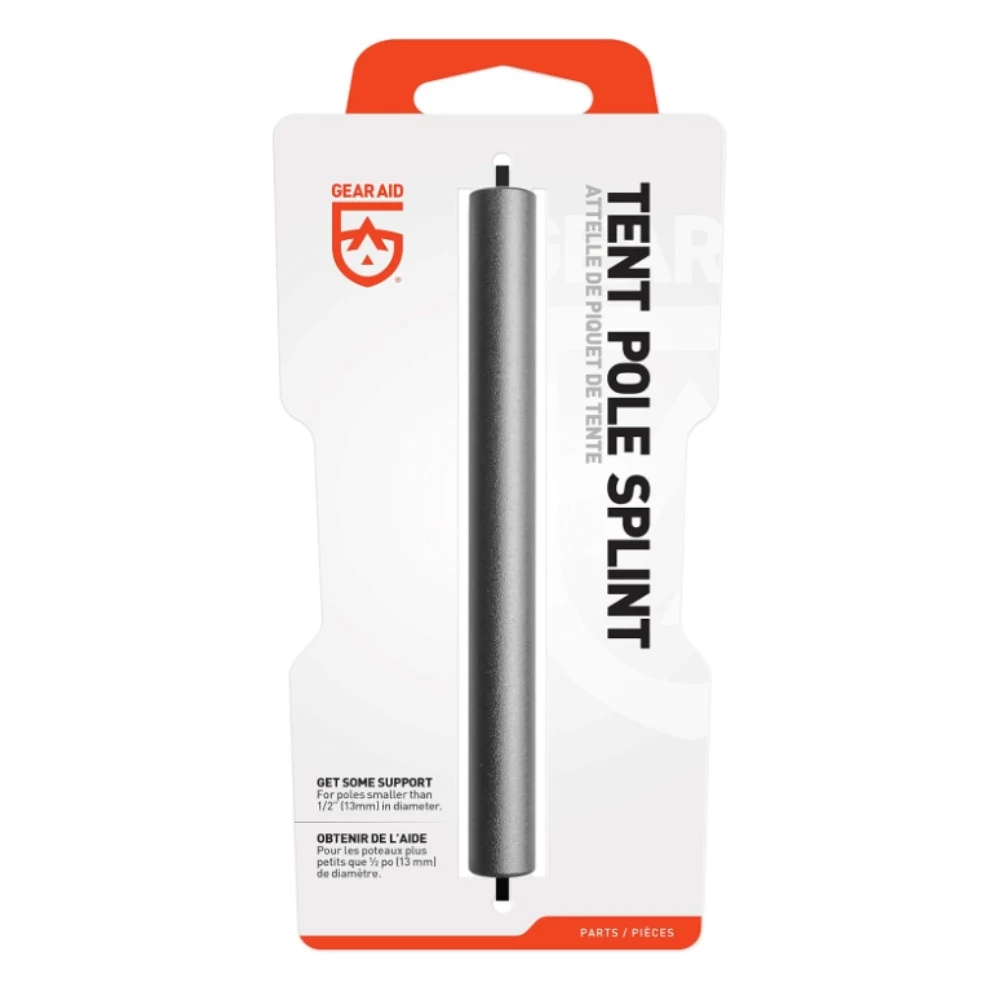
- Quick Pole Repair: Efficient for broken tent poles.
- Ultra-Lightweight Design: Anodized aluminum, under 0.10 oz.
- Fits Multiple Pole Sizes: Two sizes for different diameters.
- Durable Construction: Long-lasting, reliable material.
- Emergency Kit Essential: Compact and easy to pack.
- VIEW MORE
- Purchase on Amazon
Dry Bags & Backpack
If you’re going to be doing any day hikes, a small backpack is a must have. And if you’re going to be doing any water activities, or there’s a chance of extended rain, a dry bag is a camping essential.
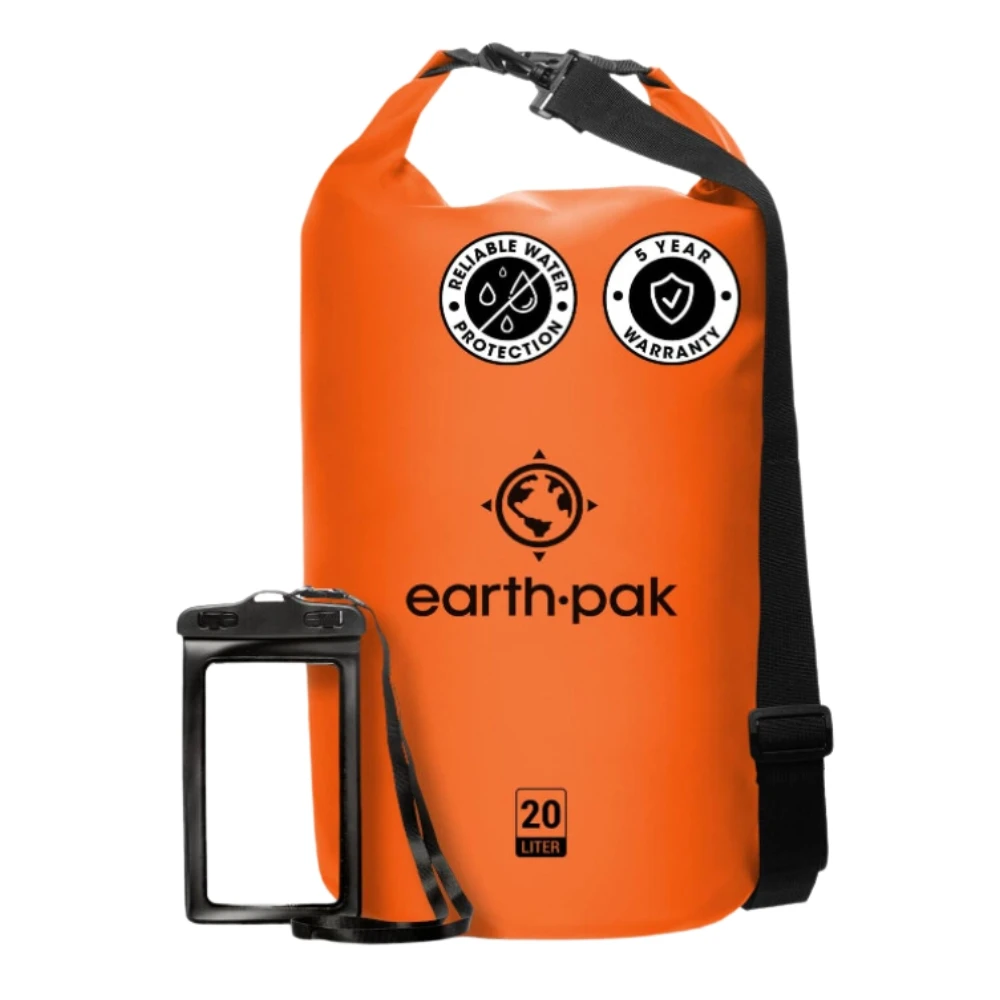
- Durable Waterproof Design: Long-lasting and effective.
- Adjustable Straps: Suitable for different sizes and needs.
- Phone Protection: IPX8 case for safe phone storage.
- Travel-Friendly: Lightweight and easy to pack.
- Variety of Sizes: Options for all types of gear.
- VIEW MORE
- Purchase on Amazon

- Sustainable Materials: Body and lining from recycled fabric.
- Quick Gear Access: U-shaped panel with zippers.
- Comfortable Carrying: Padded, mesh-covered back and straps.
- Durable Bottom: Abrasion-resistant recycled nylon.
- Convenient Pockets: For quick access and safe storage.
- Pole Attachment Feature: Special back fasteners.
- Hydration Sleeve: Ready for reservoirs.
- Customizable Fit: Removable hipbelt.
- Eco-Friendly Manufacturing: Bluesign®-approved process.
- VIEW MORE
- Purchase this product
Pin this?
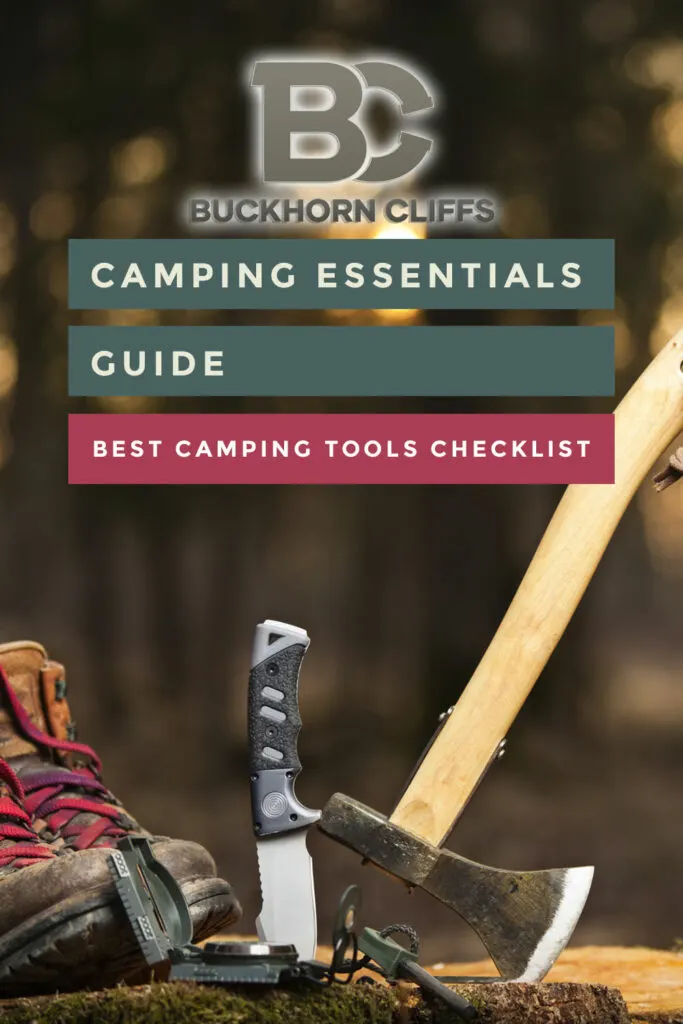
Hygiene & Camp Health
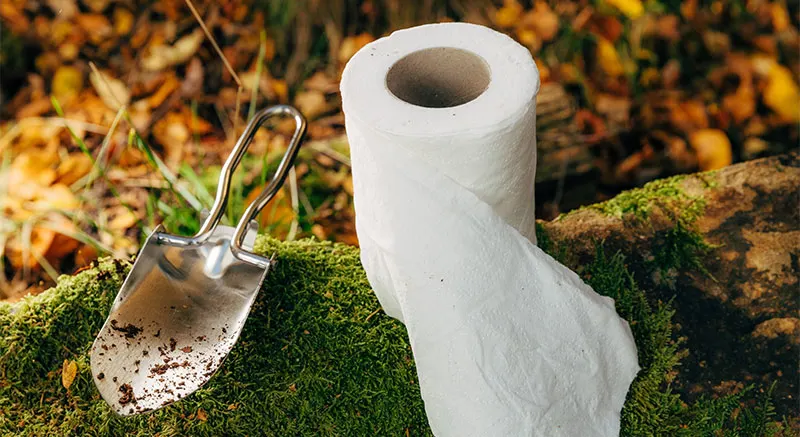
Think of the items you use in the bathroom, scale down and bring what you’re used to using on a daily basis.
Shop our recommended Hygiene & Camp Health.
Toilet Paper & Small Shovel
The shovel is for digging up several inches of earth to poop in and then it’ll help you cover it up (no need to get your hands dirty). Even if you’re not planning on going number 2 in the woods, a shovel may come in handy for a multitude of reasons.
And even if you’re staying in a campground with a vault, bringing your own TP is a good idea. Imagine if the vault has nothing available… what next?
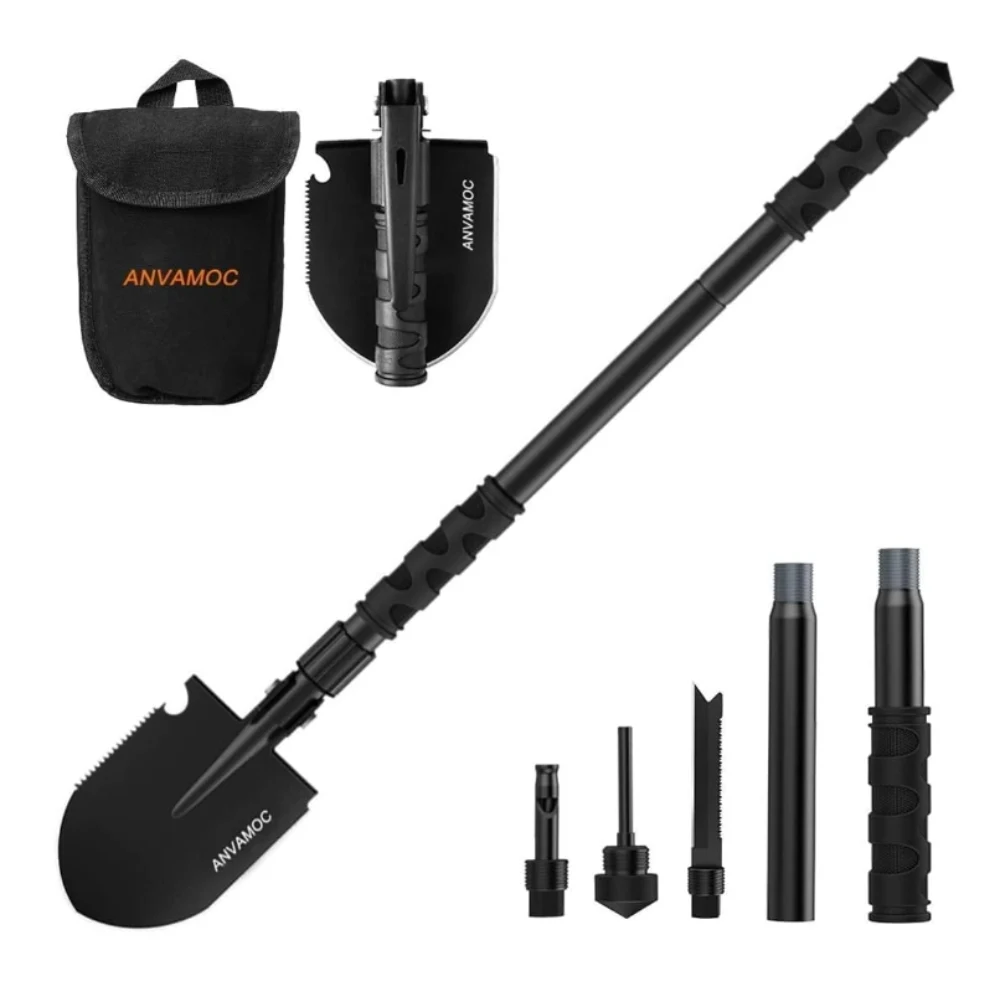
- 16-in-1 Survival Tool: Wide range of functions.
- Highly Durable: Hardened steel construction.
- Easy to Carry: Compact with a storage bag.
- Flexible Assembly: Adjustable size and angle.
- Ideal for Outdoors: Great for various outdoor situations.
- Reliable Warranty: 2-year guarantee for peace of mind.
- VIEW MORE
- Purchase on Amazon
5 Gallon Poo Bucket
While a 5 gallon poop bucket isn’t a necessity, some people prefer to sit on a toilet seat over a 5 gallon bucket while camping. I don’t… I’d rather go all-natural behind a tree (dig a hole 8″ deep and poop like your ancient ancestors did).
If you go the 5 gallon bucket route, make sure to get strong garbage bags and double up.
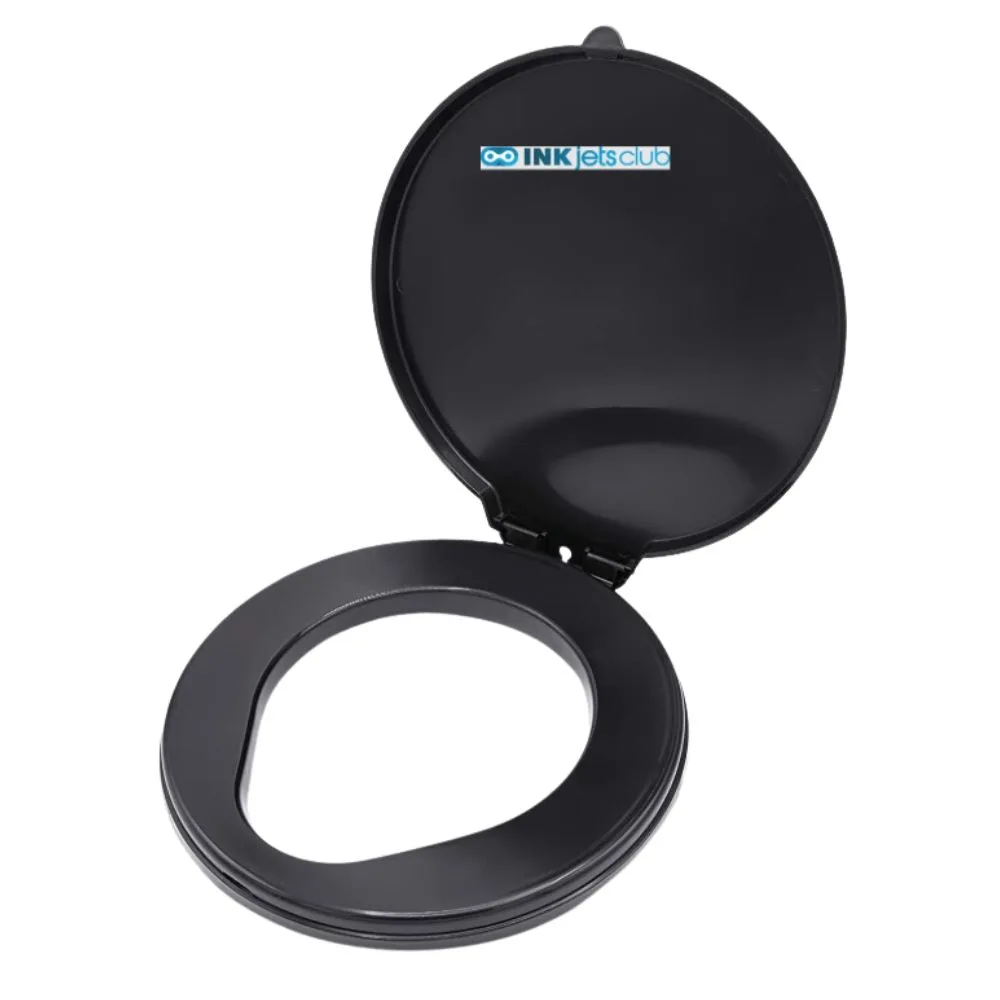
- Universal Compatibility: Fits 3-7 gallon buckets easily.
- Portability: Ideal for outdoor and emergency use.
- Sturdy Design: Ensures reliable performance.
- Easy Installation: Quick setup for immediate use.
- American Craftsmanship: Quality manufacturing from the USA.
- User-Approved: Highly rated for functionality and value.
- VIEW MORE
- Purchase on Amazon
Toiletry Kit
Everyone may view what should be included in this differently. It’s a good idea to just create a small kit of items you use each day.
First Aid Kit
It’ll be meaningless until it means everything. Select a first aid kit that fits and provides the right items for possible injuries that may occur where you’re camping.
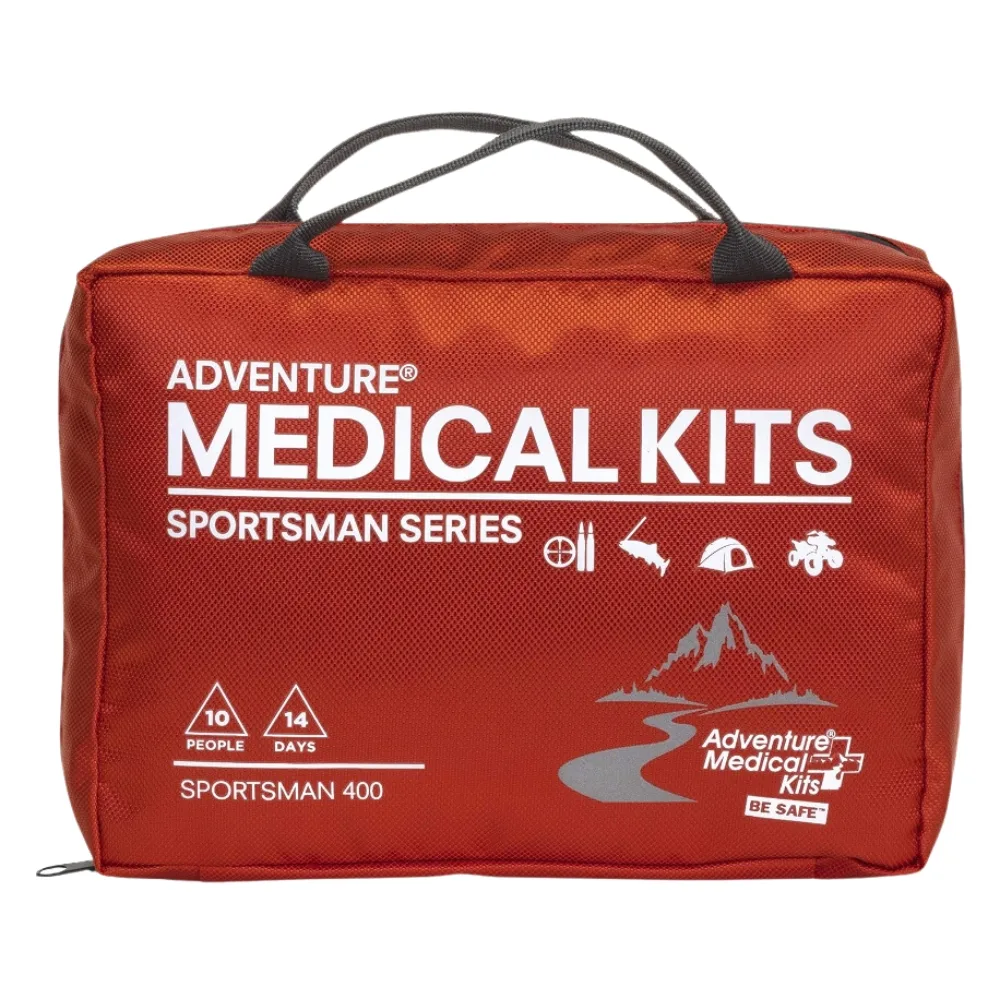
- Comprehensive Coverage: Suits 1-10 people for up to 14 days.
- Trauma-Ready Field Kit: Essential supplies in a detachable kit.
- Effective Bleeding Control: Includes WoundStop dressing.
- Fracture Support: Wide bandages for sprains and fractures.
- Guided Medical Assistance: Comes with a quick-reference guide.
- Organized and Accessible: Injury-specific pockets for ease of use.
- Portable Design: Compact and lightweight for easy transport.
- Multi-Activity Suitability: Ideal for various outdoor adventures.
- VIEW MORE
- Purchase on Amazon
Bugspray
If you can avoid spraying bug spray on your skin, good idea. If where you are is notoriously bad, the spray is a better idea than the alternative (getting bit and worrying about disease).
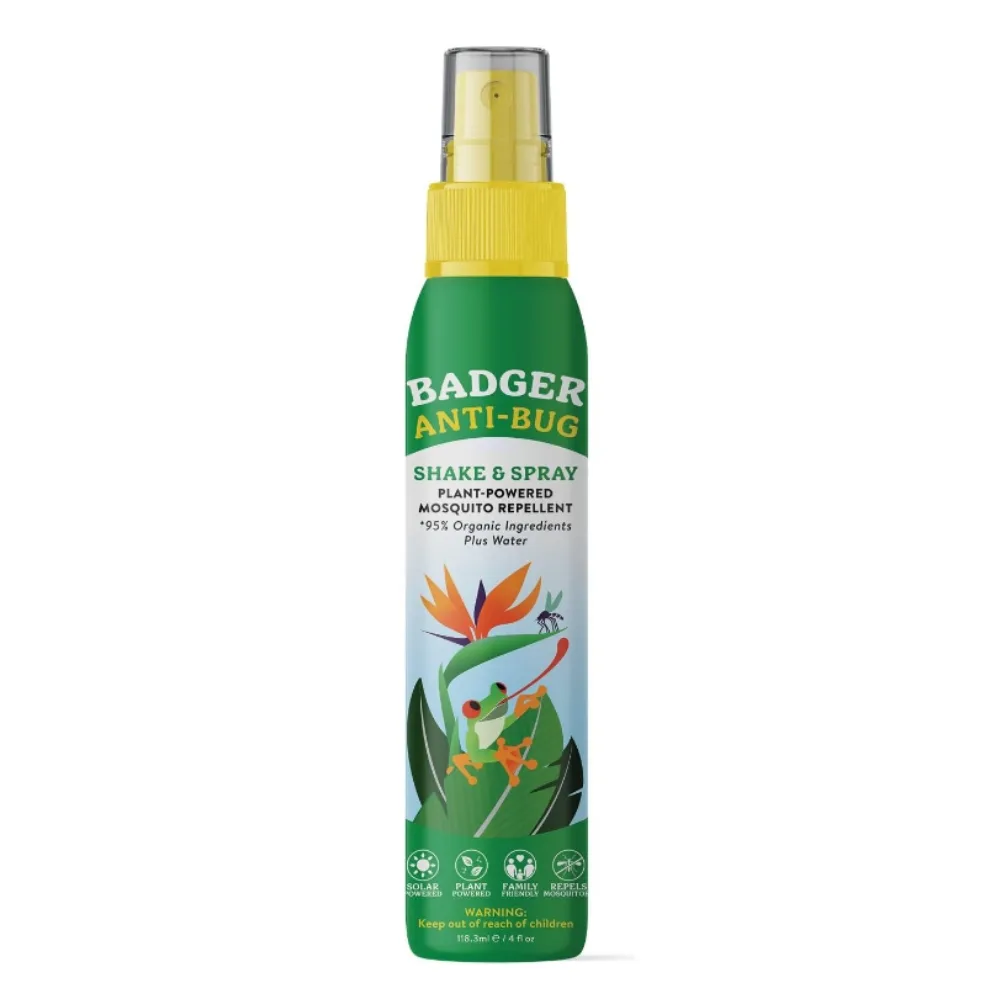
- Natural Mosquito Protection: DEET-free, 3-hour effectiveness.
- Refreshing Herbal Scent: Citronella, Rosemary, Lemongrass oils.
- Safe for All Ages: Ideal for adults and children.
- Practical Packaging: Lightweight, recyclable aluminum bottle.
- Travel-Friendly: Available in 4 oz and TSA-approved sizes.
- Sustainably Produced: Made in a solar-powered US facility.
- Ethical Choice: Organic, cruelty-free, vegan ingredients.
- VIEW MORE
- Purchase on Amazon
Hand Sanitizer
Not a must have but can be beneficial after pooping, fishing, or anything that leaves a stank on your hands.
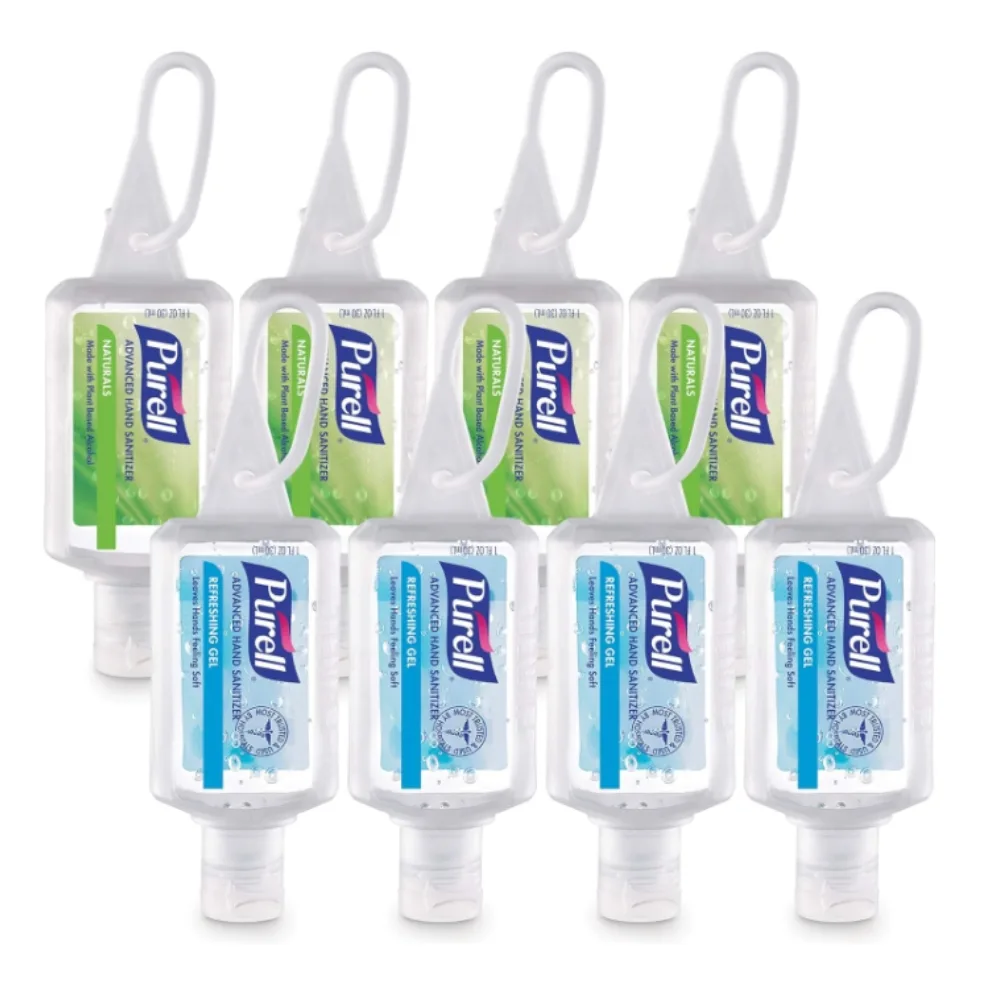
- 99.99% Germ Elimination: Effective and reliable.
- Skin-Friendly Formula: Safe for frequent use.
- Moisturizing Effect: Keeps hands soft.
- Portable Jelly Wraps: Easy attachment for mobility.
- Gel and Natural Variants: Options for preference.
- Ideal for Travel: TSA-compliant 1 oz. size.
- PURELL Quality Assurance: Trusted brand for hygiene.
- VIEW MORE
- Purchase on Amazon
Quick Dry Towel
Remember Shamwow? Well it’s still around. A quick drying towel is basically less hassle, quick and easy method for cleanup, and prevents mildew. Quick drying towels also pack well so it’s a good option to have in your pack or in your kitchen kit.
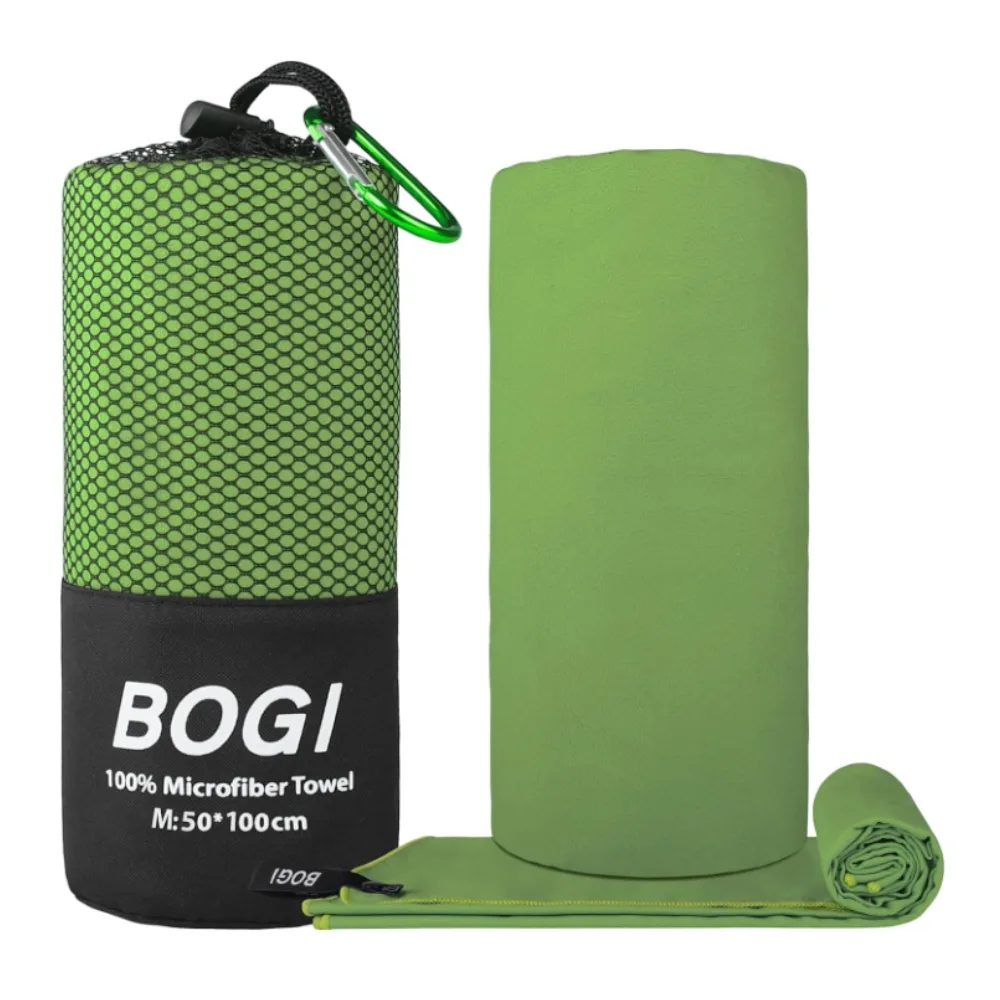
- Gentle Microfiber Fabric: Soft and skin-friendly.
- Varied Sizes for Different Needs: Suitable for face, body, and outdoor activities.
- Easy to Carry: Compact with carabiner and pouch.
- Quick Drying: Efficient absorption and fast drying.
- Travel-Ready Accessories: Gift bag and carabiner included.
- Year-Round Versatility: Useful in all seasons.
- Secure Hanging Feature: Comes with a snap loop.
- Perfect for Active Lifestyles: Ideal for gym, travel, and camping.
- VIEW MORE
- Purchase on Amazon
Lip Balm
This really just depends on you. If you typically use lip balm, don’t forget it.
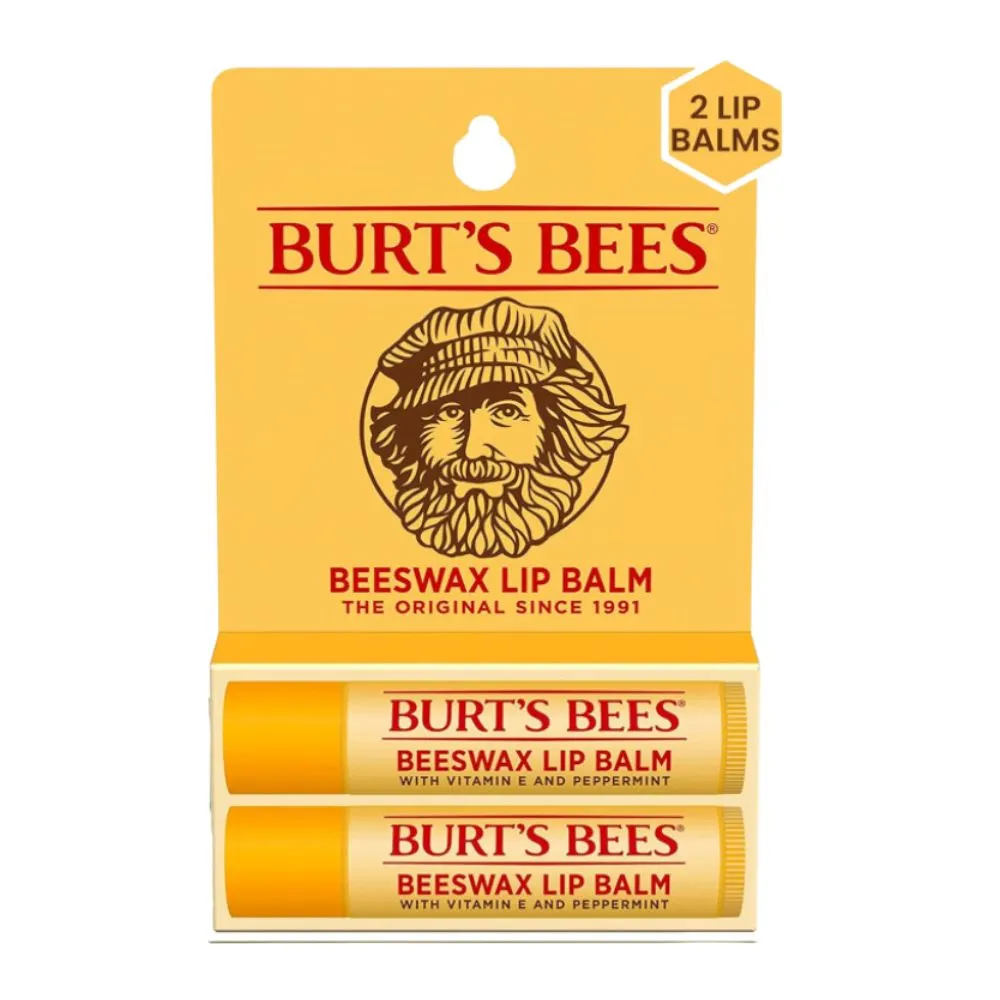
- Natural Hydration: Soothes and moisturizes lips
- Refreshingly Minty: Cooling, minty sensation
- Smooth Matte Finish: Enhances natural lip beauty
- Eco-Friendly: Responsibly sourced, natural ingredients
- VIEW MORE
- Purchase on Amazon
Baby Wipes
Not a great option to lug around backpacking but it’s a nice addition for your kitchen kit. Baby wipes come in handy for quick cleanup for all of your surfaces. Not only that but it’s great for “dry showers”… bits and pits.
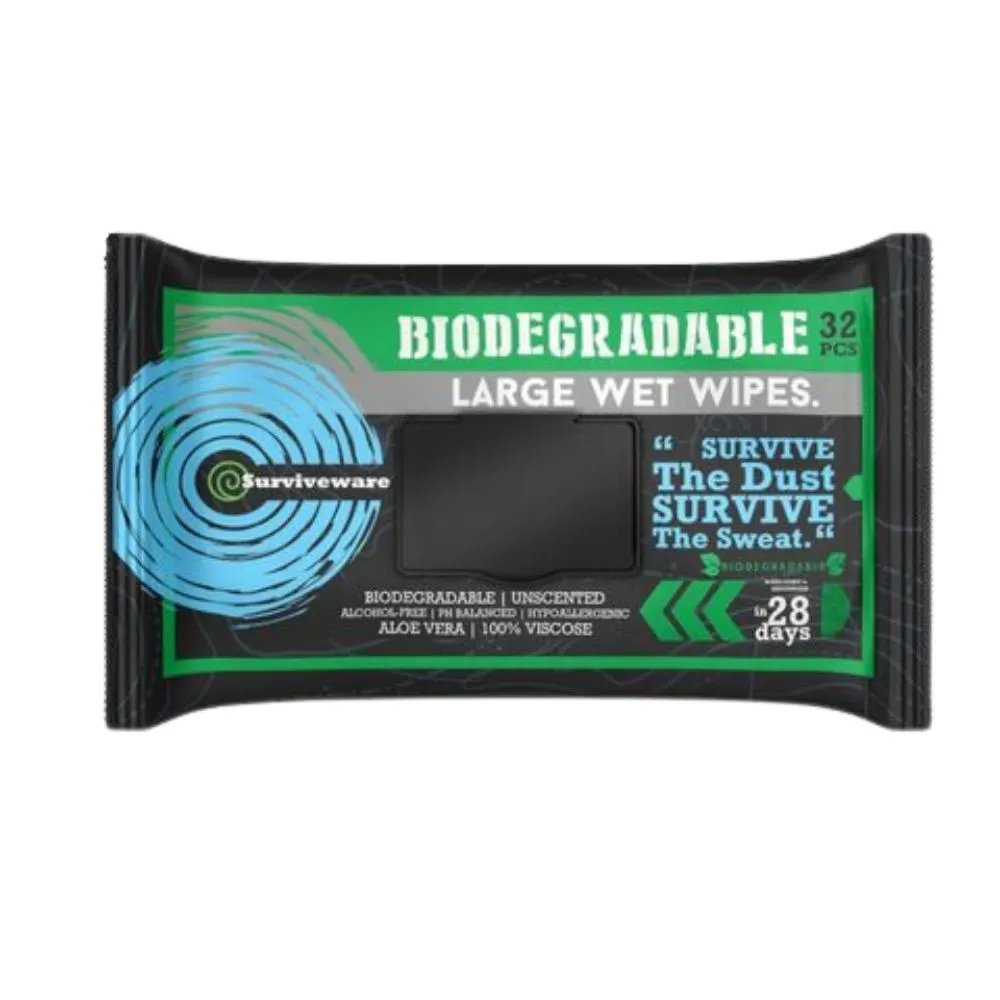
- Unscented & Skin-Friendly: Ideal for head-to-toe cleaning.
- For Sensitive Skin: Alcohol-free, with aloe.
- Eco-Conscious Choice: Biodegrades in 6 months.
- Durable & Fresh Packaging: Long-lasting individual wipes.
- Multi-Use Versatility: Suitable for personal and equipment cleaning.
- Comfort for Outdoor Needs: Soft and gentle for all uses.
- VIEW MORE
- Purchase on Amazon
Portable Camp Shower
I’ve never used a portable camp shower while tent camping. If you’re going out for a long period of time and don’t have access to clean bodies of water, maybe this would be beneficial. To me, it’s more of a luxury item that you don’t actually need.
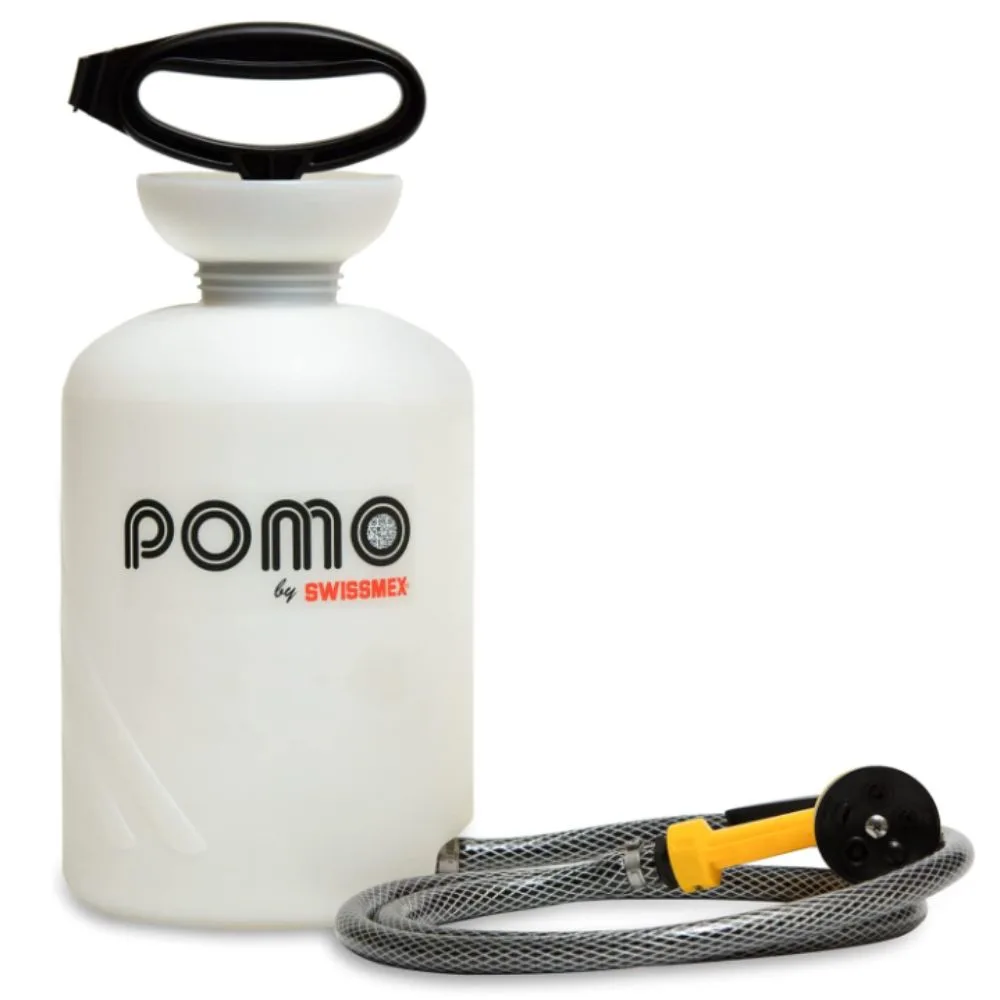
- Long-Lasting & Safe: Robust, leak-resistant, and BPA-free.
- Multipurpose Use: Suitable for various outdoor cleaning tasks.
- High-Pressure System: Efficient cleaning at 45 PSI.
- Balanced Capacity: Holds 1.5 gallons for effective cleaning.
- Versatile Nozzle Options: Five settings for diverse needs.
- Easy to Transport: Portable design for outdoor activities.
- Assured Quality: Tested for reliability and ease of use.
- VIEW MORE
- Purchase on Amazon
Sunscreen
I’m not a fan of sunscreen in general. I’m also not a fan of burning. With that said, there may be a time and place for sunscreen. For example: You can’t be in the shade and have been in the sun too long. Or you don’t have longer items of clothing to cover your skin after you’ve had too much sun exposure.
If you’ve been in the habit of applying sunscreen first thing: stop. The sun is your friend and provides immense benefits. However, you do NOT want to burn. I don’t know of anything good that comes from a sunburn.
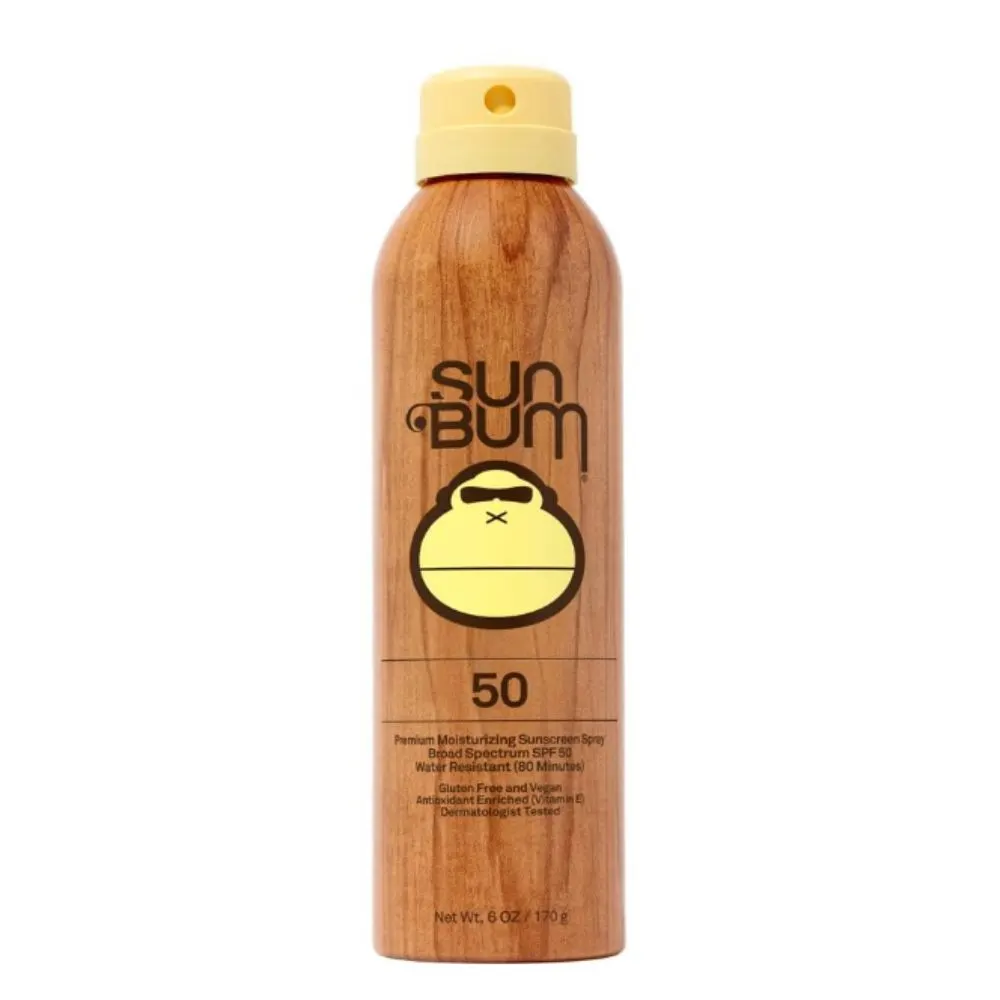
- SPF 50 UV Protection: Maximum sun defense.
- Vitamin E Nourishment: Moisturizes and cares for skin.
- Reef-Safe Composition: Environmentally responsible.
- Convenient Spray Format: Easy and even application.
- Extended Water Resistance: Ideal for swimmers and athletes.
- Dermatologist Approved: Safe for all skin types.
- Signature Summer Fragrance: Smells like sunny days.
- Trusted Brand Quality: Dependable sun protection.
- VIEW MORE
- Purchase on Amazon
Backpacking Gear & Camping Essentials
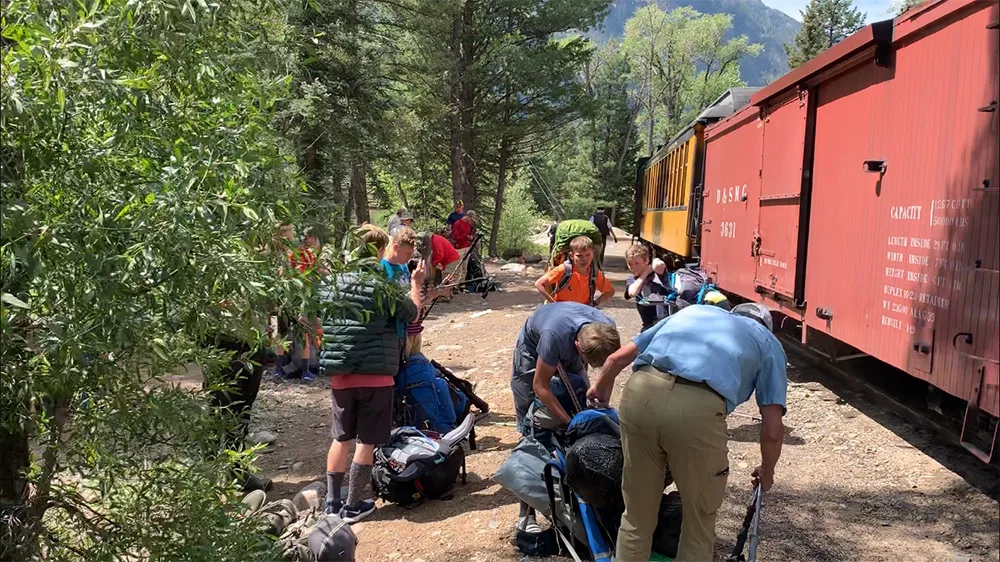
Through all of my backcountry experience, I would never want to leave home without: flint and steel (no need for matches), the right food, a gravity water filter and water bottle.
The worst mistake you can make when you go on an extended backpacking trip is adding too much stuff and feeling like your pack is too heavy. This is demoralizing and it makes the journey much less enjoyable.
Shop our recommended Backpacking Gear.
Rugged Backpack (fit to your body size)
Properly fit yourself for the right backpack with the right amount of storage.
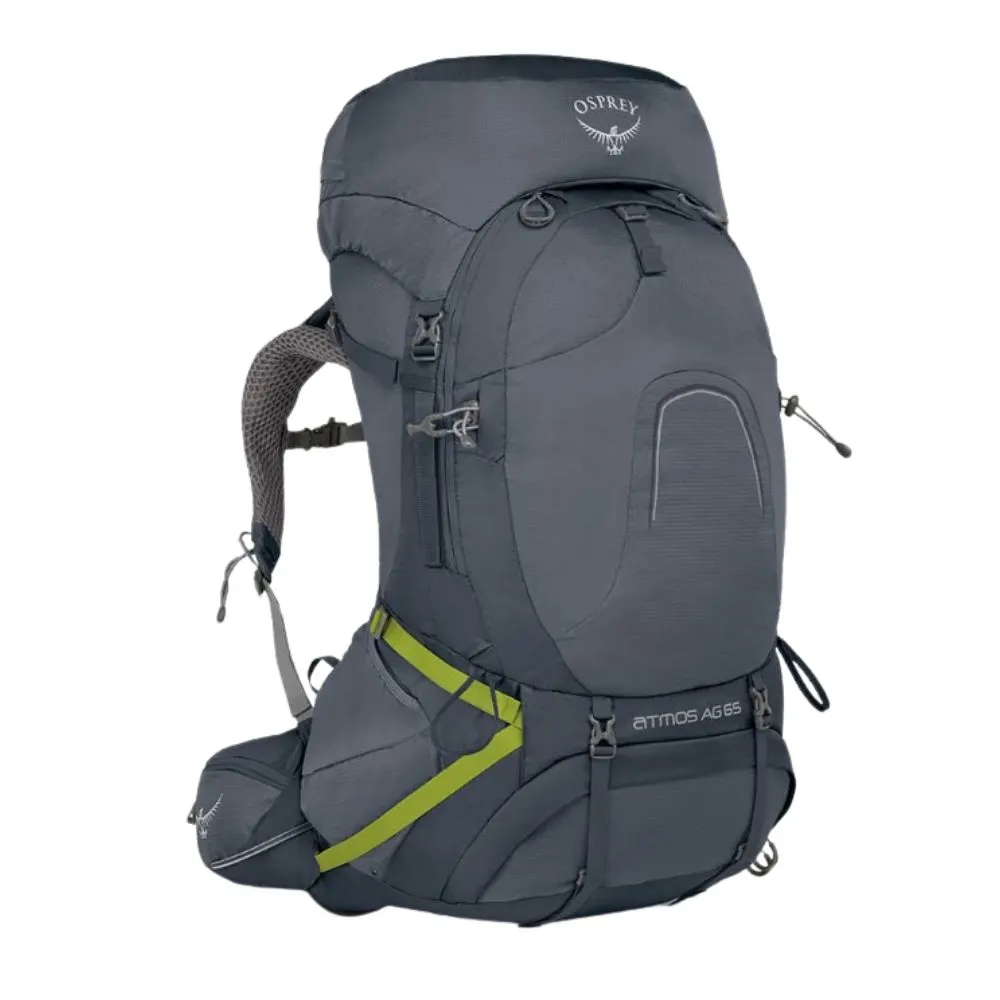
- Anti-Gravity Suspension: Enhanced weight distribution.
- Adjustable Harness: Custom fit for comfort.
- Front Mesh Pocket: Easy-access storage.
- Removable Top Lid: Additional gear attachment.
- Hydration Sleeve: Compatible up to 3L.
- 30-50 lbs. Load Range: Ideal for backpacking.
- Lightweight Design: Only 4.56 lbs.
- VIEW MORE
- Purchase on Amazon
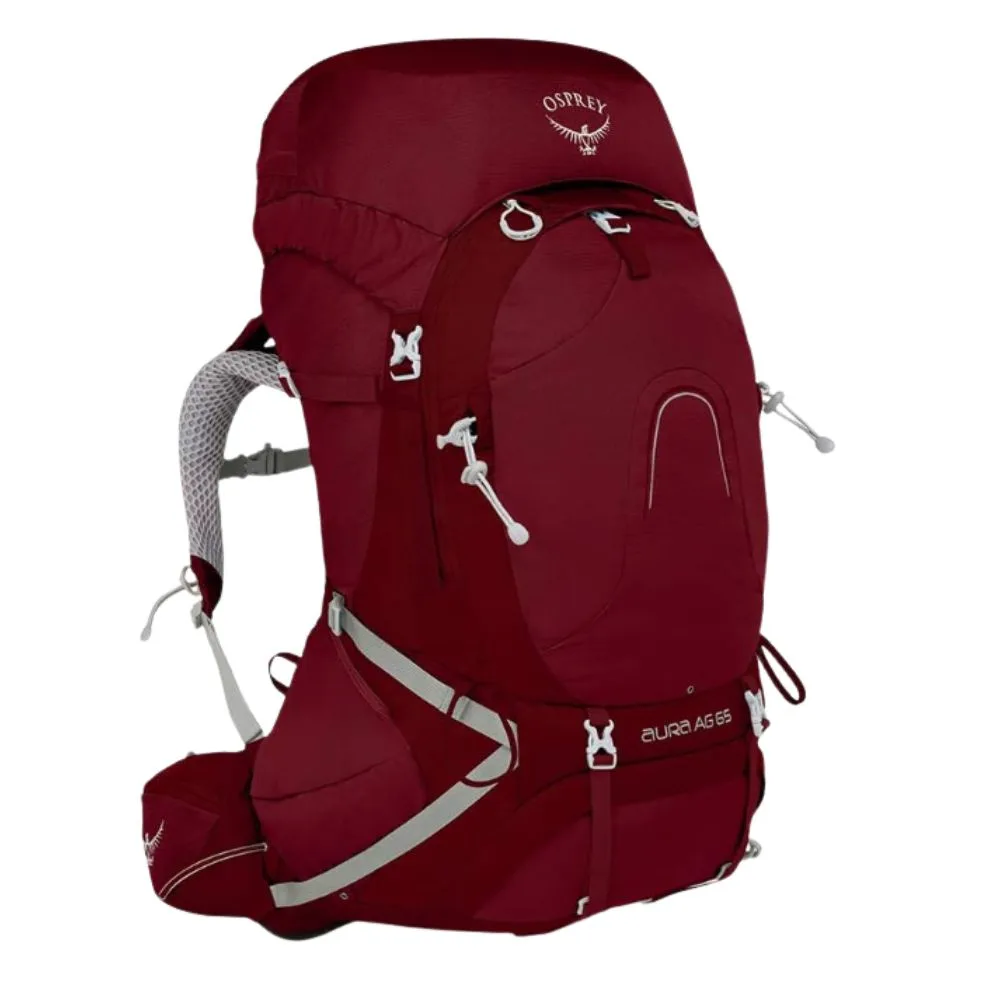
Backpacking Food
You really want the food you carry on your back to be extra lightweight. Your best options for backpacking foods include freeze dried foods.
Backpacking Stove
These small backpacking stoves are small enough to fit in your pocket. You’ll also need to carry a small fuel canister and pot. This setup allows you to easily boil water to poor into your freeze dried meal pouches for a tasty hot meal.
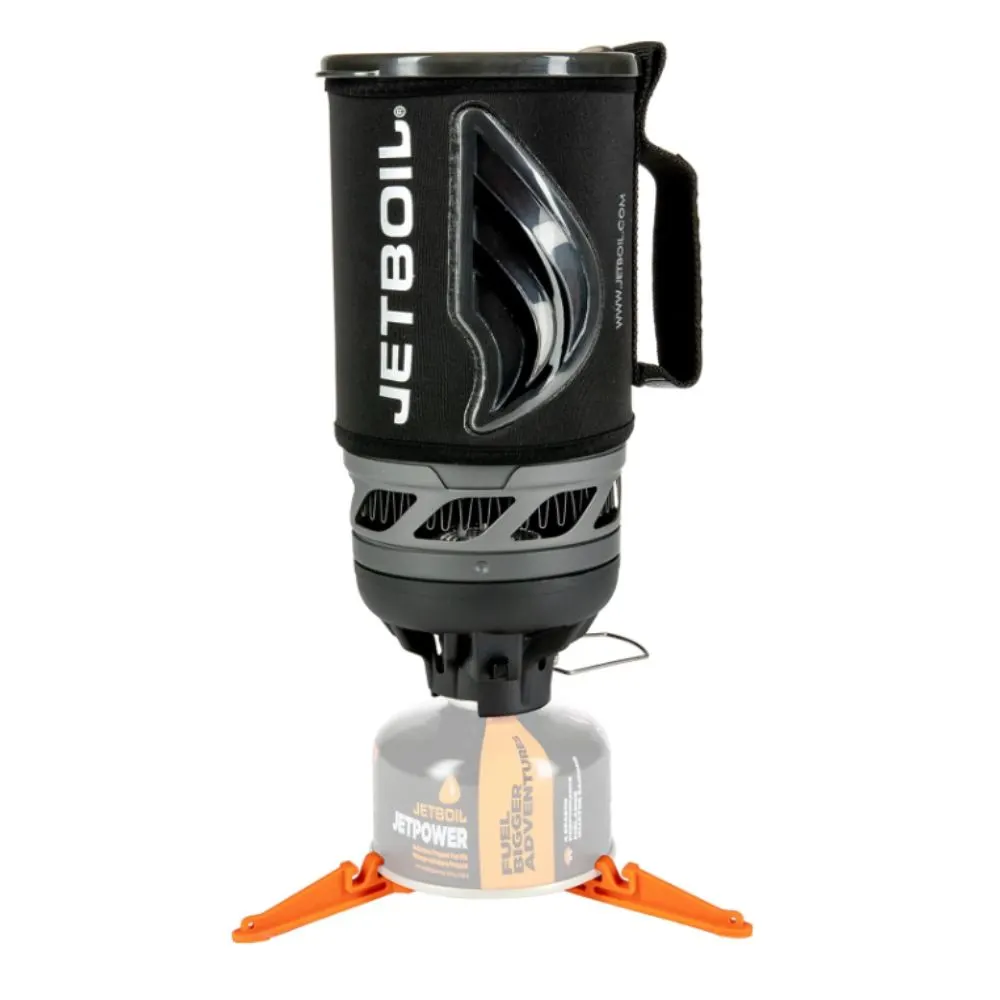
- Rapid Boiling: 100-second boiling time.
- FluxRing Cup: Efficient and insulating.
- Pushbutton Igniter: Instant start-up.
- Accessory Friendly: Enhances cooking options.
- Lightweight: Only 13.1 ounces.
- Versatile Use: Suitable for all adventures.
- Dual-Purpose Cup: Measuring and serving.
- One-Year Warranty: Reliable and assured quality.
- VIEW MORE
- Purchase on Amazon
Utensil
You may want a large stirrer utensil (for your freeze dried food bags) – not necessary but it is slightly convenient. And you’ll only need one spoon/fork combo for eating out of the freeze dried pouch.
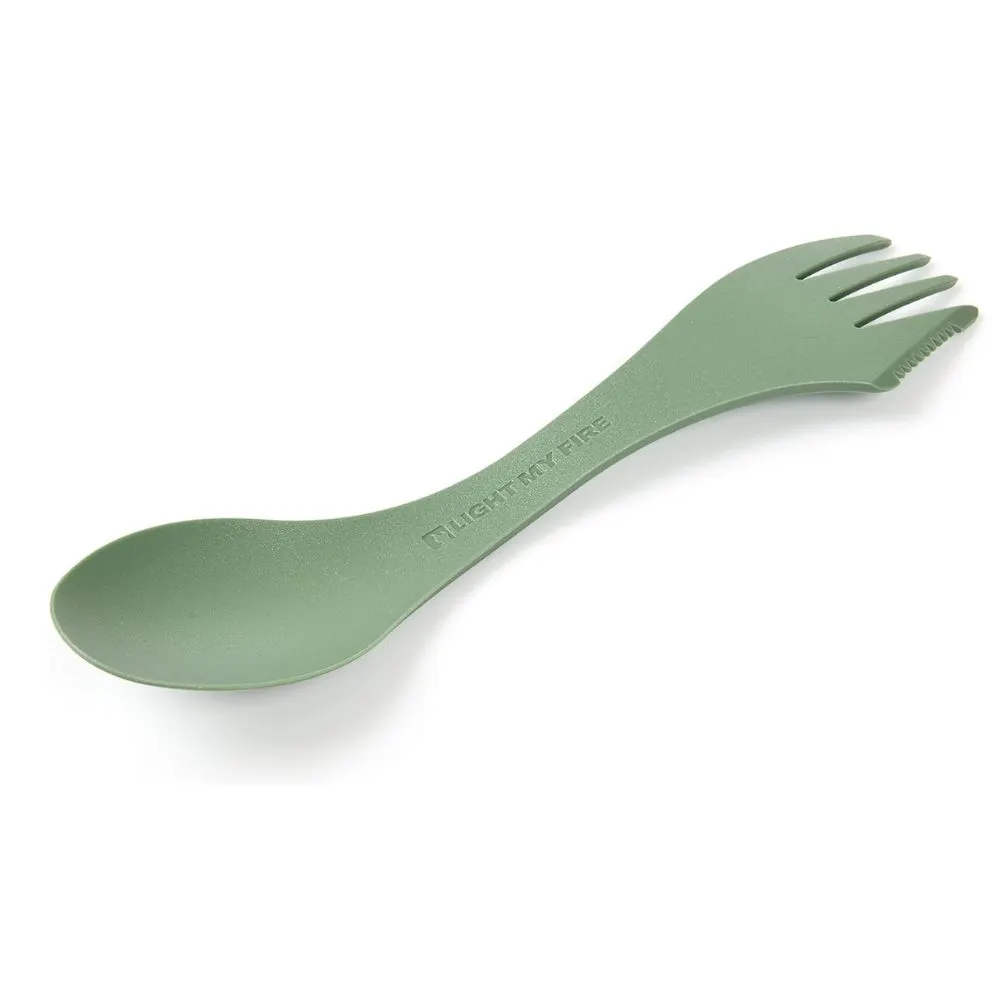
- Multi-Use Design: Knife, fork, and spoon combo.
- Bio-Based Material: Eco-friendly, BPA-free plastic.
- Heat-Resistant: Safe for stirring and flipping over open fire.
- Portable & Light: Ideal for outdoor and urban use.
- Swedish Quality: Manufactured in Sweden for durability.
- Microwave & Dishwasher Safe: Convenient for everyday use.
- VIEW MORE
- Purchase on Amazon
Water Filter / Purification
This is an absolute must have when backpacking in the backcountry. Here in Colorado you almost always will have access to a water source (stream, creek, lake, etc). When backpacking you can’t carry all of the water you’re going to consume.
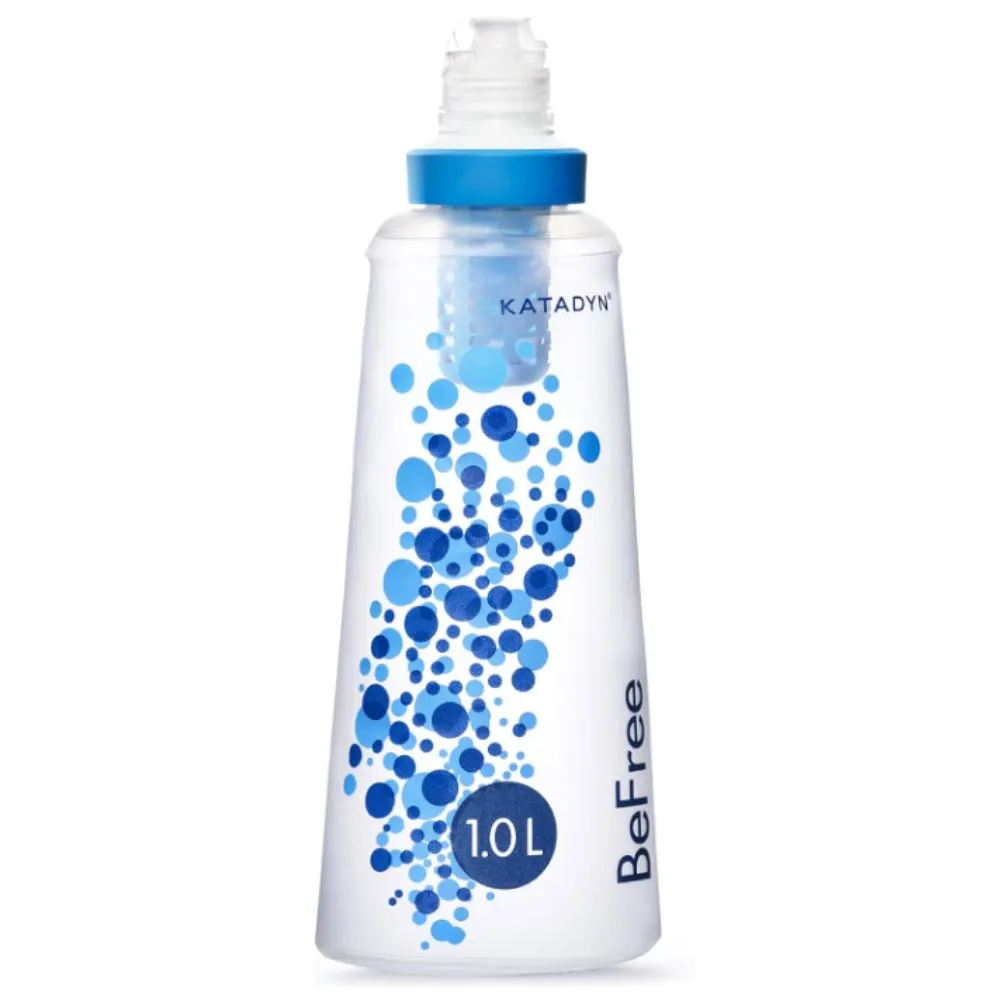
- Advanced Filtration: Removes 99.9999% bacteria and 99.9% protozoa.
- Compact Design: Collapsible, fits in small spaces.
- Easy Cleaning: No backflushing required.
- Fast Flow: Quick hydration, filters up to 1,000 liters.
- Clean Nozzle: Hygienic, replaceable with standard caps.
- VIEW MORE
- Purchase on Amazon
Water Bottles / Reserves
A simple water bottle should always be at the top of your camping essentials list when you head out to explore. Coming in second (and if you can manage the weight) a water reserve in a pouch that sits inside your backpack is a great idea.
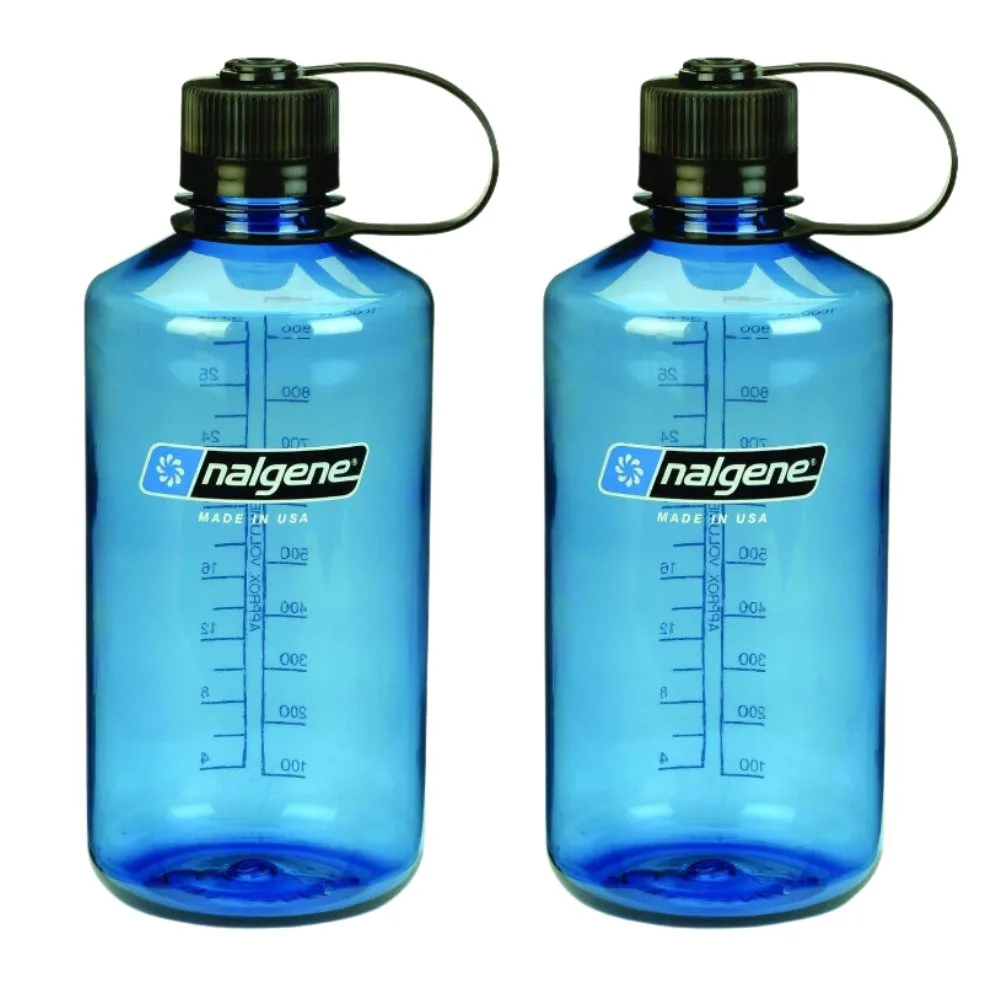
- Robust and Versatile: Over 20 years of reliable design; suitable for hot and cold drinks.
- BPA-Free: Safe and healthy drinking experience.
- Splash-Free Design: Narrow mouth for convenient drinking.
- Dishwasher Safe: Easy to clean and maintain.
- American Made: Quality assured, comes in a handy set of two.
- VIEW MORE
- Purchase on Amazon
Plate/Bowl Combo & Hot Mug
I typically like to eat my freeze dried hot meals straight out of the bag. However, you may want to eat off a plate (with high sides like a bowl). And if you’re planning on any hot drinks (great idea) then you’ll want a lightweight mug too.
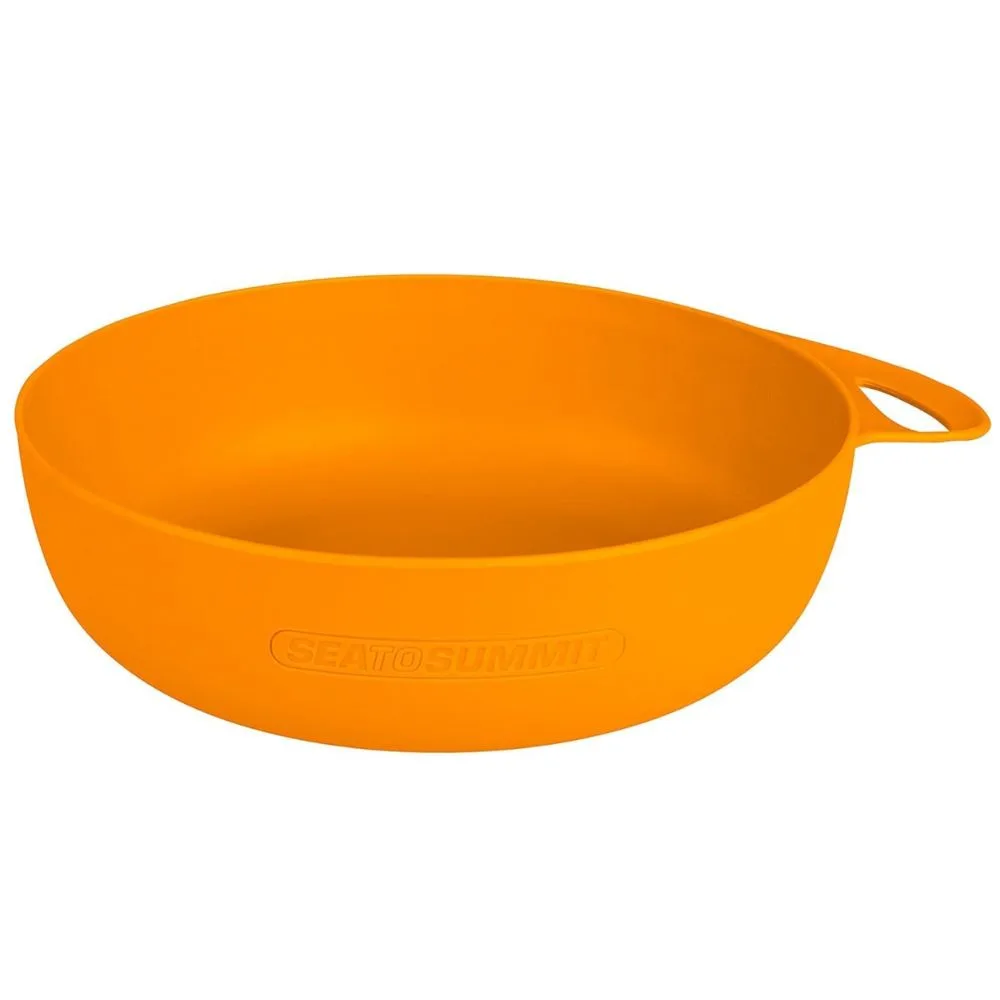
- BPA-Free and Durable: Made from food-grade, hard-wearing Nylon 66.
- Measurement Feature: Built-in increments for meal preparation.
- Heat-Resistant and Lightweight: Cool-to-touch base, ideal for backpacking.
- Cut-Resistant: Withstands rugged outdoor use.
- Ergonomic Design: Thumb grip and carabiner loop for easy handling.
- VIEW MORE
- Purchase on Amazon
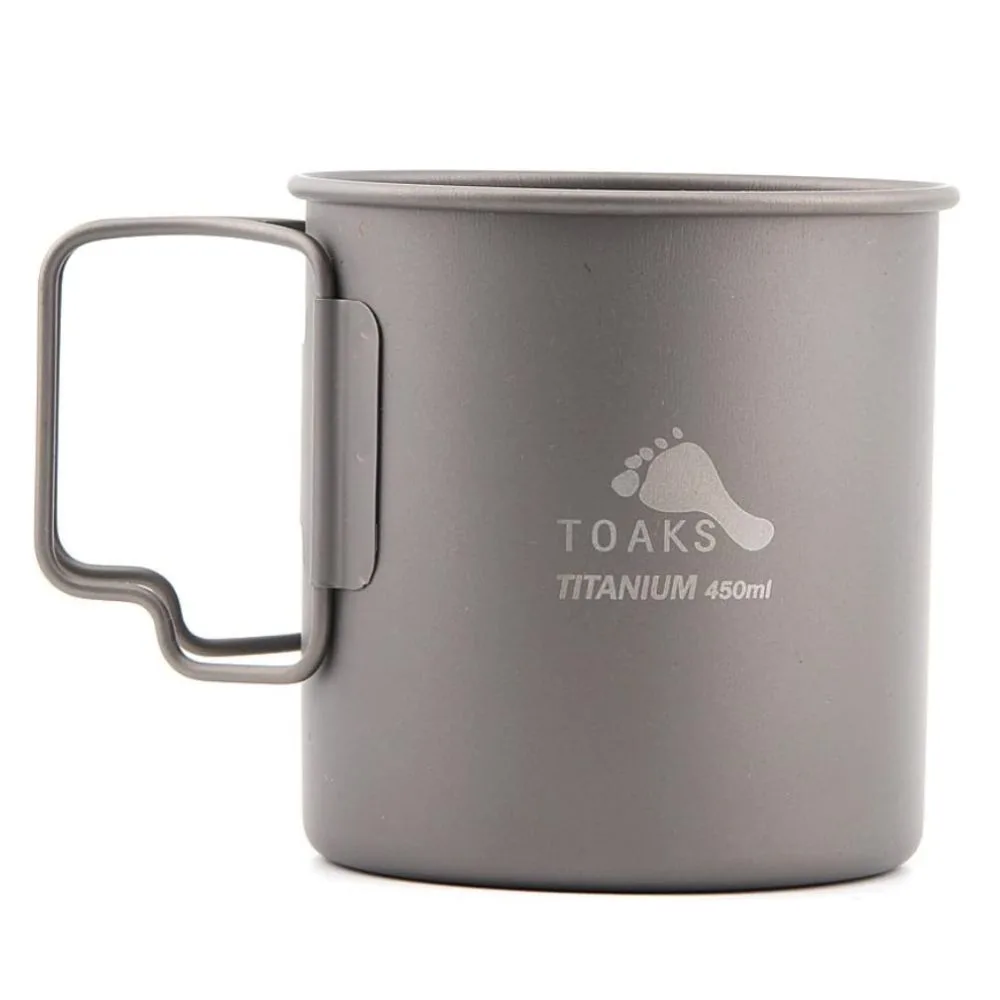
- Durable Titanium: Resistant to wear, ideal for outdoor use.
- Ultra-Lightweight: Only 2.7oz, great for backpacking.
- Good Capacity: Holds 15.2oz for sufficient hydration.
- Measurement Gradations: For precise food and drink preparation.
- Space-Saving Nesting: Fits inside larger TOAKS pots.
- Heat Conductive: Suitable for hot liquids, handle with care.
- Includes Mesh Sack: For convenient storage and portability.
- VIEW MORE
- Purchase on Amazon
Headlamp & Extra Batteries
A small headlamp provides a lot of light when needed, it’s ultra lightweight, and headlamps are convenient in terms of use (just put it on your head). Depending on the duration of your trip, you may want to bring an extra battery (or 2).
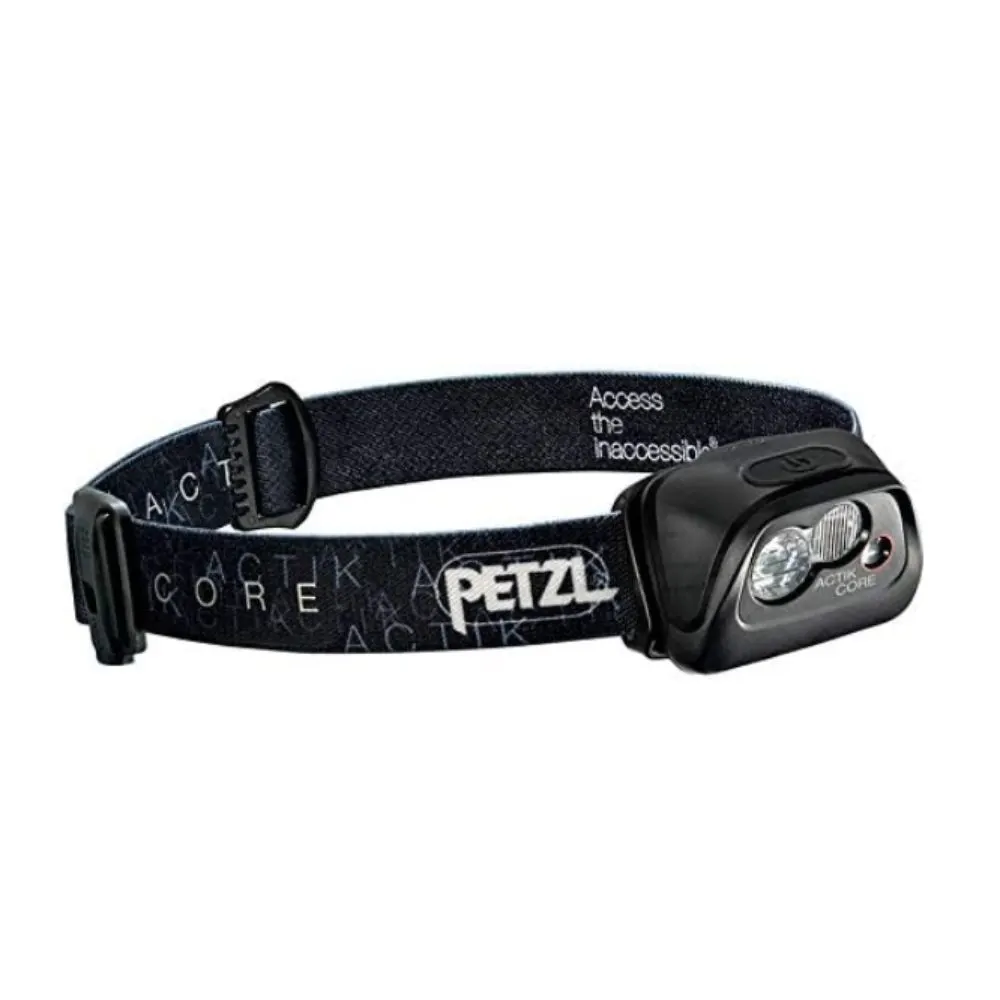
- Adjustable Beams: Wide and mixed patterns for diverse activities.
- Red Light Mode: Preserves night vision, ideal for groups.
- Extended Battery Life: Up to 160 hours, 350 lumens brightness.
- Rechargeable Battery: CORE battery with micro USB charging.
- Light and Comfortable: Suitable for prolonged use in outdoor adventures.
- VIEW MORE
- Purchase on Amazon
First Aid Kit
It’s a good idea to have one person in your group carry a few items that may relieve pain or help you get out safely if you get injured.
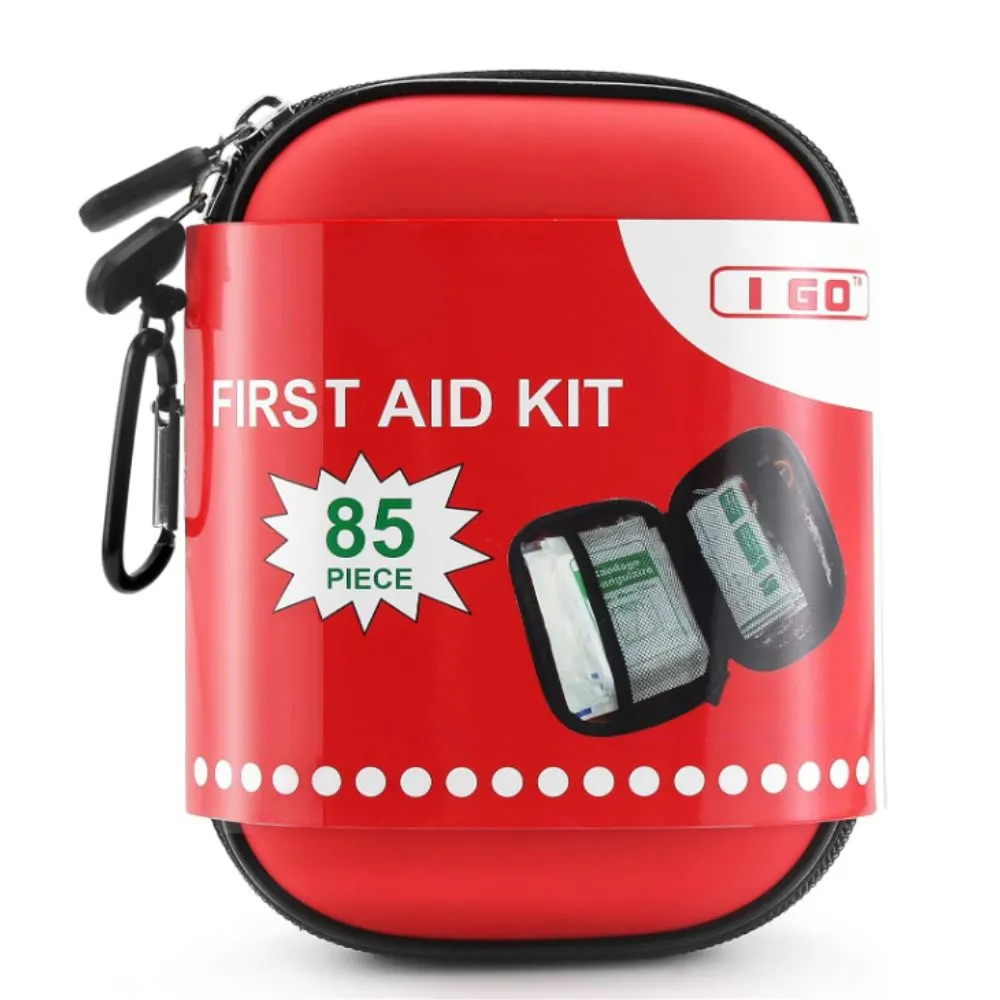
- Comprehensive Supplies: 85 essential items for emergency care.
- High Safety Standards: Reliable for both adults and kids.
- Easy Access Design: Water-resistant pouch with organized compartments.
- Lightweight & Compact: Ideal size for convenient portability.
- Multipurpose Kit: Suitable for various outdoor and everyday scenarios.
- VIEW MORE
- Purchase on Amazon
Rain Gear
A lightweight waterproof jacket with a hood is the option here. You’ll want a rain jacket that easily fits over your hoody – if you get extended rain and need to stay on the move a waterproof jacket will keep you warmer and dryer.
Hiking Boots
Prior to heading out with a heavy backpack on a long journey, make sure your boots are worn in. Taking brand new boots on an adventure like this could leave you with blisters (very likely).
Quality Wool Socks
I am a huge fan of wool socks. Don’t go with anything else (especially when hiking long distances in ANY weather). Great socks are an absolute camping essential.
Lightweight Hiking Pants
There are a lot of options with great pants for hiking. No jeans. Cooling pants are also nice to have in the summer if the bugs are bad and you don’t want to get eaten up on your legs.
Shorts
Don’t forget the shorts (even if it’s cold).
Small(ish) Sweatpants
Sweatpants that fit snug (not baggy) can come in handy if it gets too cold while out and about. You can wear these under your lightweight hiking pants (plan accordingly).
You may also want to wear your sweatpants at night when you’re in the sleeping bag (if it’s cold).
Warm Clothing
A beanie when camping in the mountains is a must have. For its size, it’ll be one of your favorite pack items if the temp drops. It’s also great night.
You’ll also want to consider a fairly snug sweatshirt that’ll fit under your rain jacket.
There are other options here but most will be personal preference. Long underwear, jacket, etc.
Tent or Sleeping Hammock
Sleeping hammocks have gained in popularity but there are some drawbacks. Having a little space inside your tent is great when the weather isn’t cooperating. If you’re sleeping in a hammock, you’ll need cover. A small backpacking tent is lightweight but a sleeping hammock is even lighter.
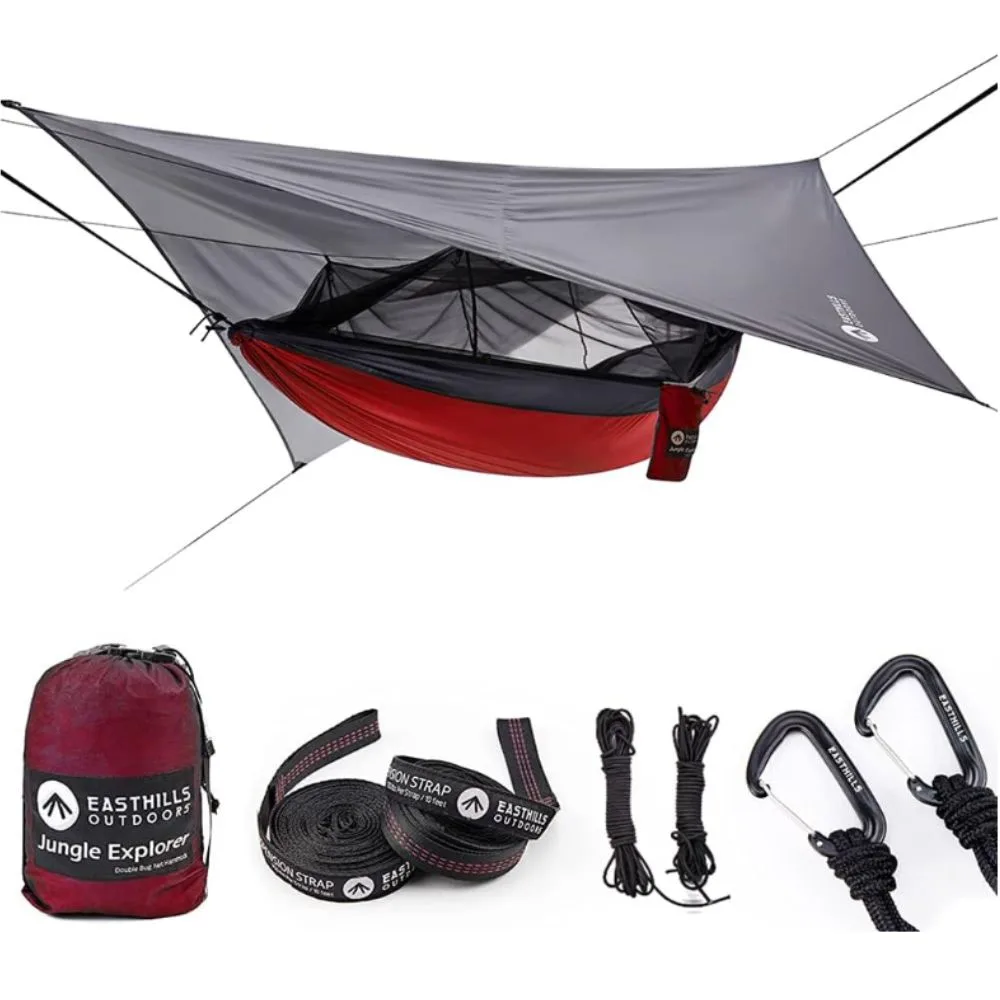
- All-in-One Set: Includes hammock, straps, carabiners, net, rainfly, and stakes.
- Durable Material: Breathable nylon and protective No-See-Um mesh.
- Roomy and Strong: Fits two adults, with a 600 lb capacity.
- Convenient Features: Internal loops, pockets, and removable net.
- Simple Setup: Quick, knot-free suspension with adjustable loops.
- VIEW MORE
- Purchase on Amazon
Sleeping Bag, Blanket, Pillow, Sleeping Pad
If you’re going to be camping for more than just a few nights, spend the money on the highest quality sleeping bag you can afford. The same is true for a sleeping pad. Sleeping pads will help keep you warmer (insulation from the cold ground) and provide you with a much more comfortable spot to sleep.
I sometimes pack an ultralight blanket and small, roll up pillow. Check out the sleeping section above for other options.
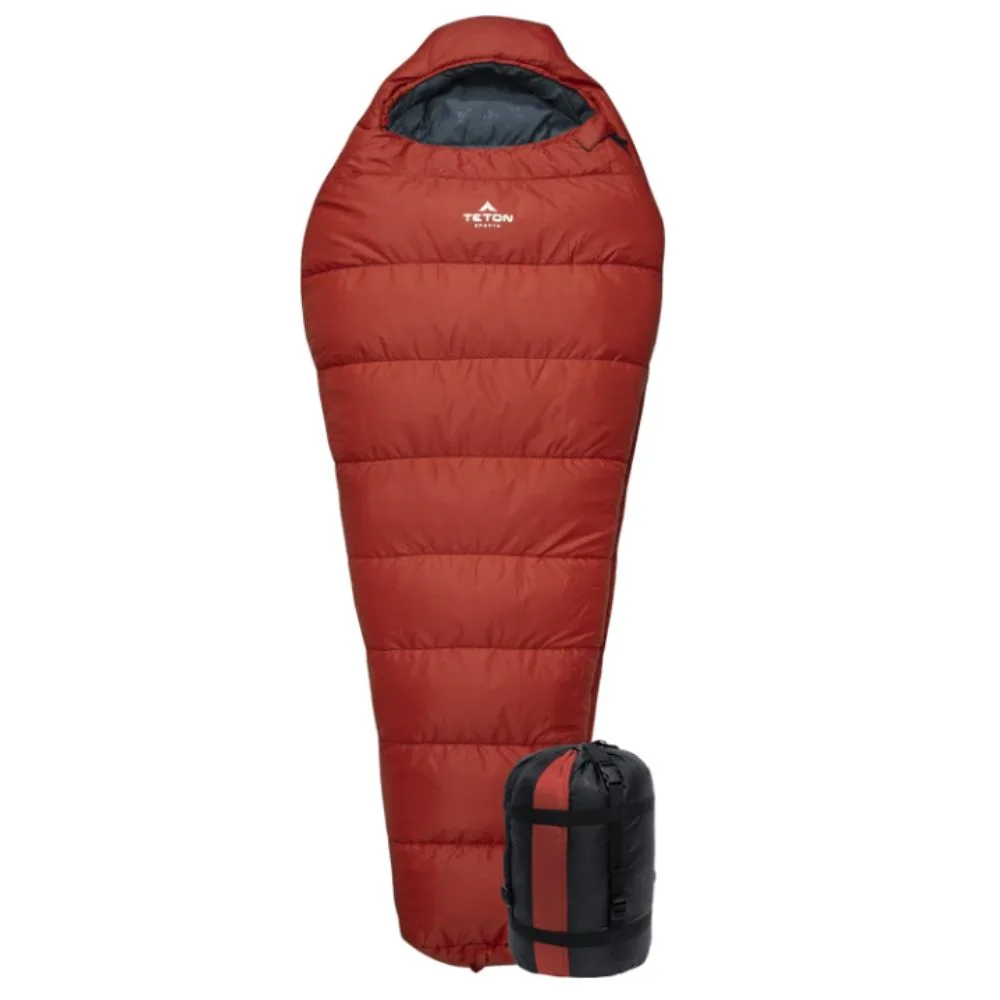
- Fashionable and Comfy: Trendy colors, exceptional comfort.
- Ready for the Outdoors: Ideal for novice backpackers, quality-focused.
- Varied Sizes: Short, regular, and long options.
- Temperature Options: Suitable for 0°, 20°, or 30° environments.
- Dependable Brand: Excellent customer support and quality assurance.
- VIEW MORE
- Purchase on Amazon
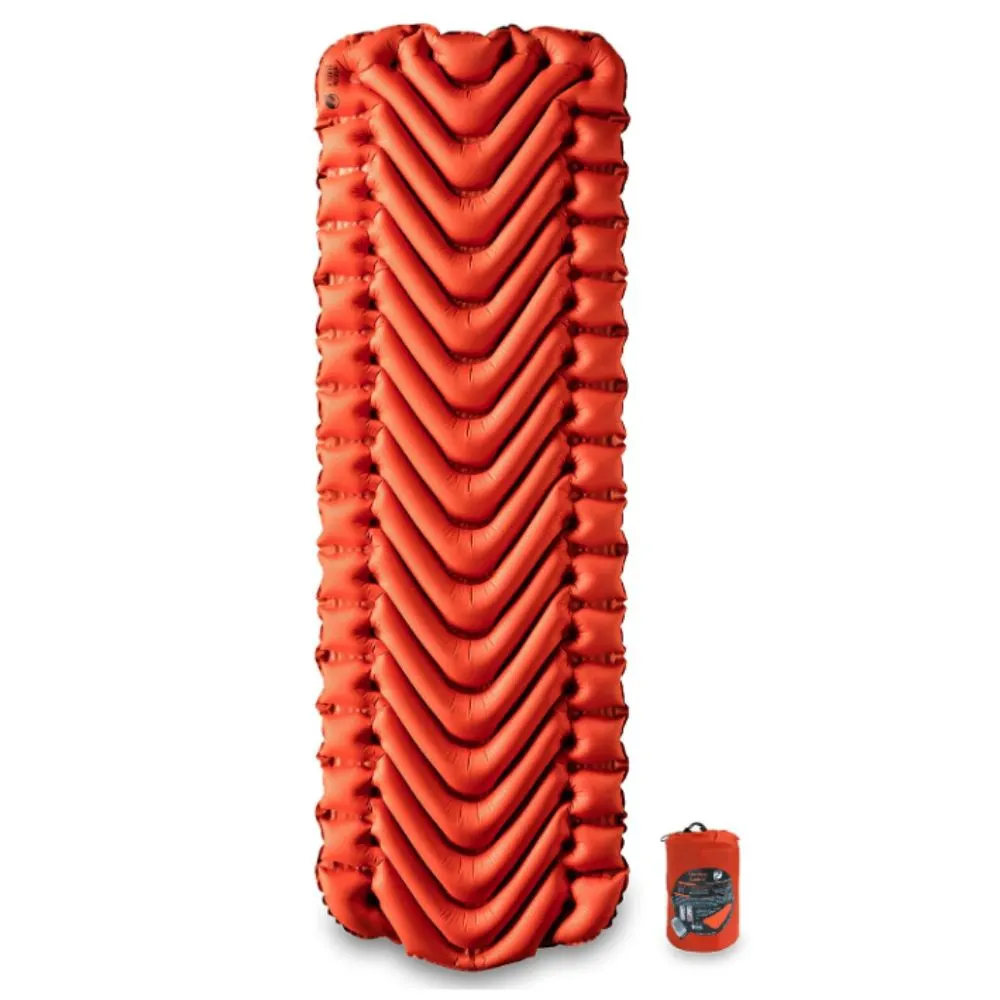
- All-Season Warmth: Insulated for cold weather.
- Unique V-Shape: Reduces air movement and heat loss.
- Compact and Light: Ideal for travel and backpacking.
- Comfort-Focused Design: Supports various sleeping positions.
- High-Quality Outdoor Equipment: Award-winning design for outdoor comfort.
- VIEW MORE
- Purchase on Amazon
Pocket Knife
You’ll want small but very capable. You’ll also want it to be very lightweight.
Small Poo Shovel
They’re annoying to use but small poop shovels help you carve out your 8 inches of earth to go number two. These small shovels are VERY small, the good news is you don’t need to use them too often (unless you’re pooping a lot).
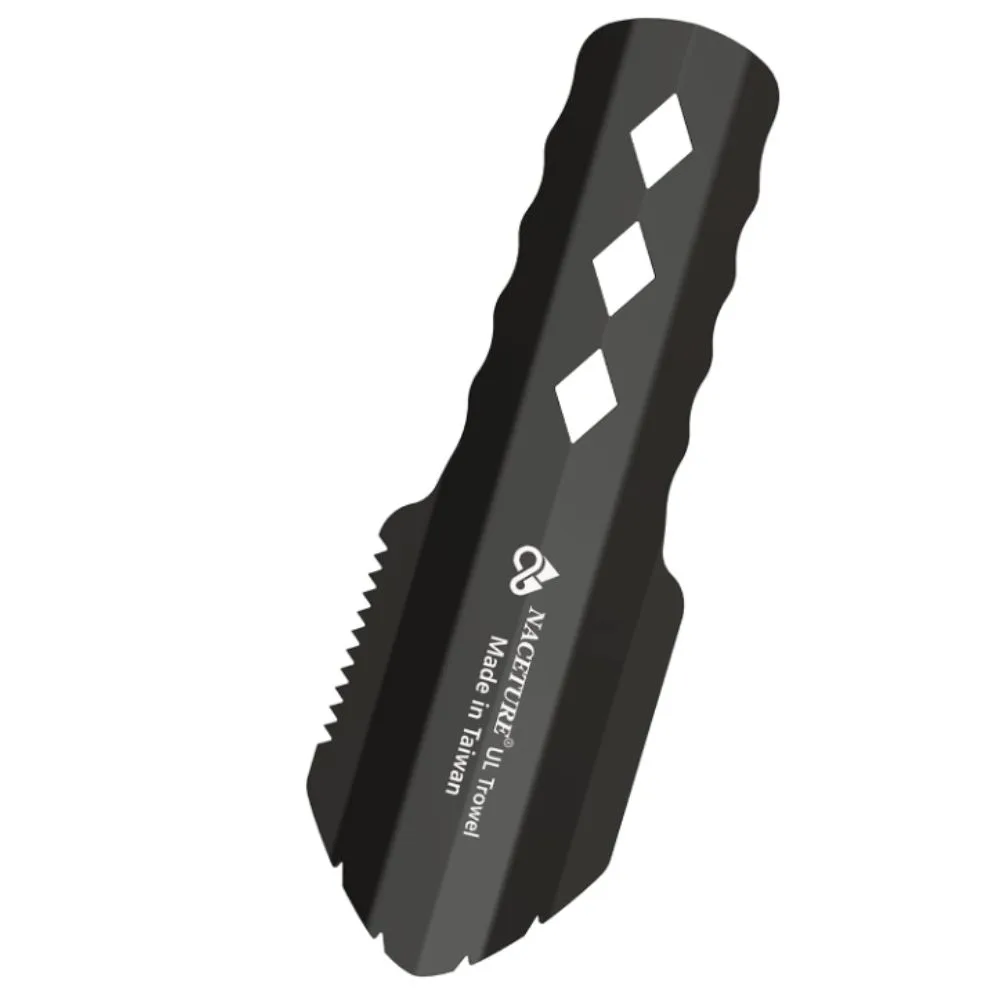
- Lightweight & Sturdy: Ideal for backpacking.
- Effective Soil Penetration: Easily digs through tough terrains.
- Survival-Ready: Sharp for cutting through roots.
- Comfortable Grip: Ergonomic handle design.
- Multi-Use Camping Tool: Perfect for various outdoor tasks.
- VIEW MORE
- Purchase on Amazon
Toilet Paper
Just make sure to put it in 2 gallon ziplock style bags. Having wet toilet paper is a total bummer.
Camp Flip flops
After a long day of hiking with a heavy pack on, you’ll want to let your feet free. Having flip flops is also great when trying to wash off in the creek. If it’s warm enough, these will be what you wear around camp.
Sunglasses
Not a must have but a “nice to have” option while backpacking especially if you’re heading up to an elevation with snow. Make sure to bring a glasses case to secure your sunglasses when not in use.
Flint and Steel
One of the most important survival tools that
- All-Season Warmth: Insulated for cold weather.
- Unique V-Shape: Reduces air movement
just so happens to be ultra lightweight and reliable when backpacking. Don’t bring matches or a lighter, bring flint and steel. The flint and steel should be at the top of your camping essentials checklist.
Toiletries (but smaller)
Whatever you normally use at home, find a smaller version (the smallest you can find) and bring what you need.
Large Ziplock Bags
A great option to throw all of your food packaging away in. Ziplock bags are also a nice method to keep items you don’t want to get wet in.
Insect Repellant
If you can avoid using it, do that first. However, bugs can really ruin the fun, grab an effective bug spray in a very small bottle.
Pin it:
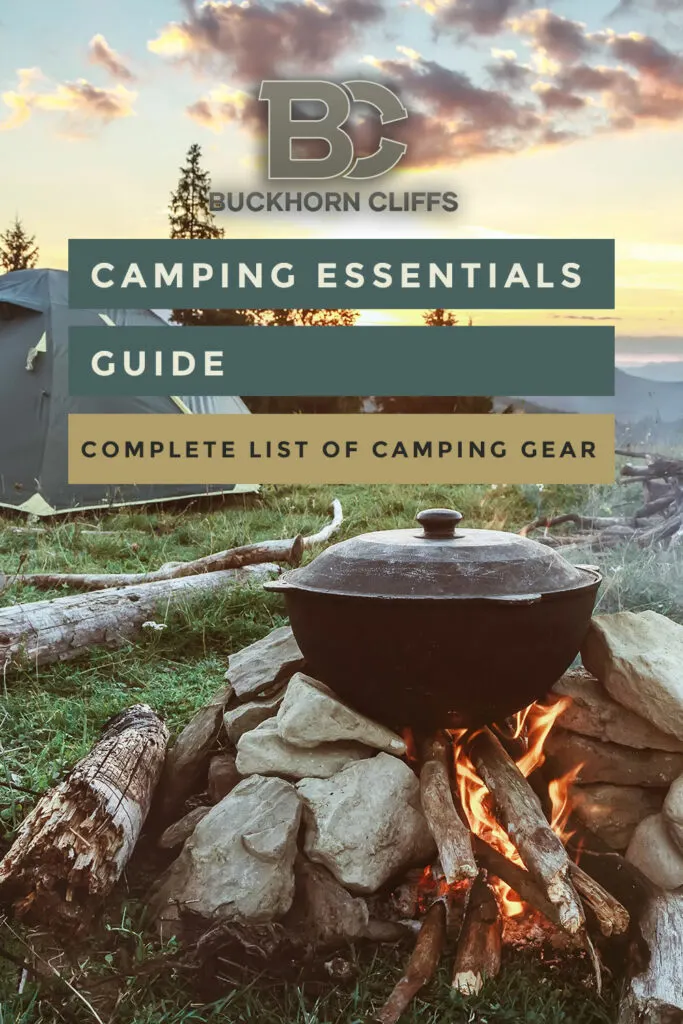
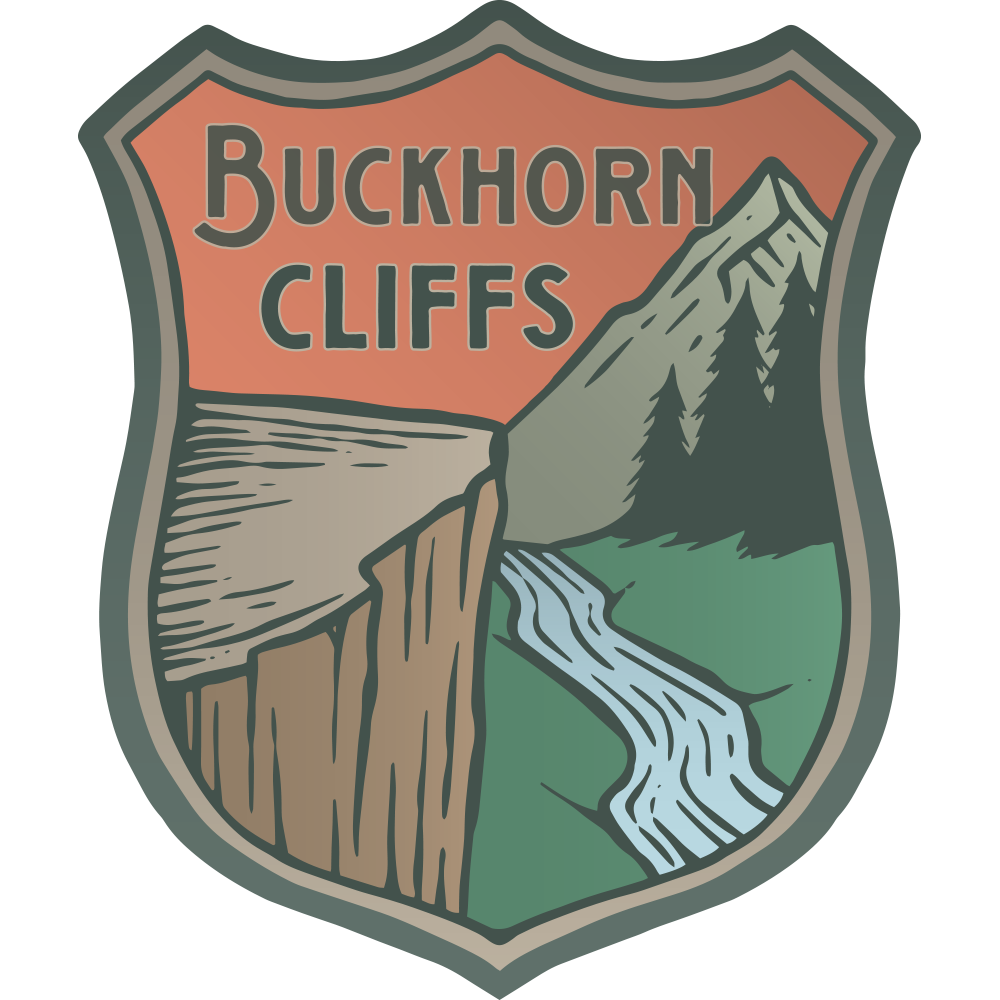
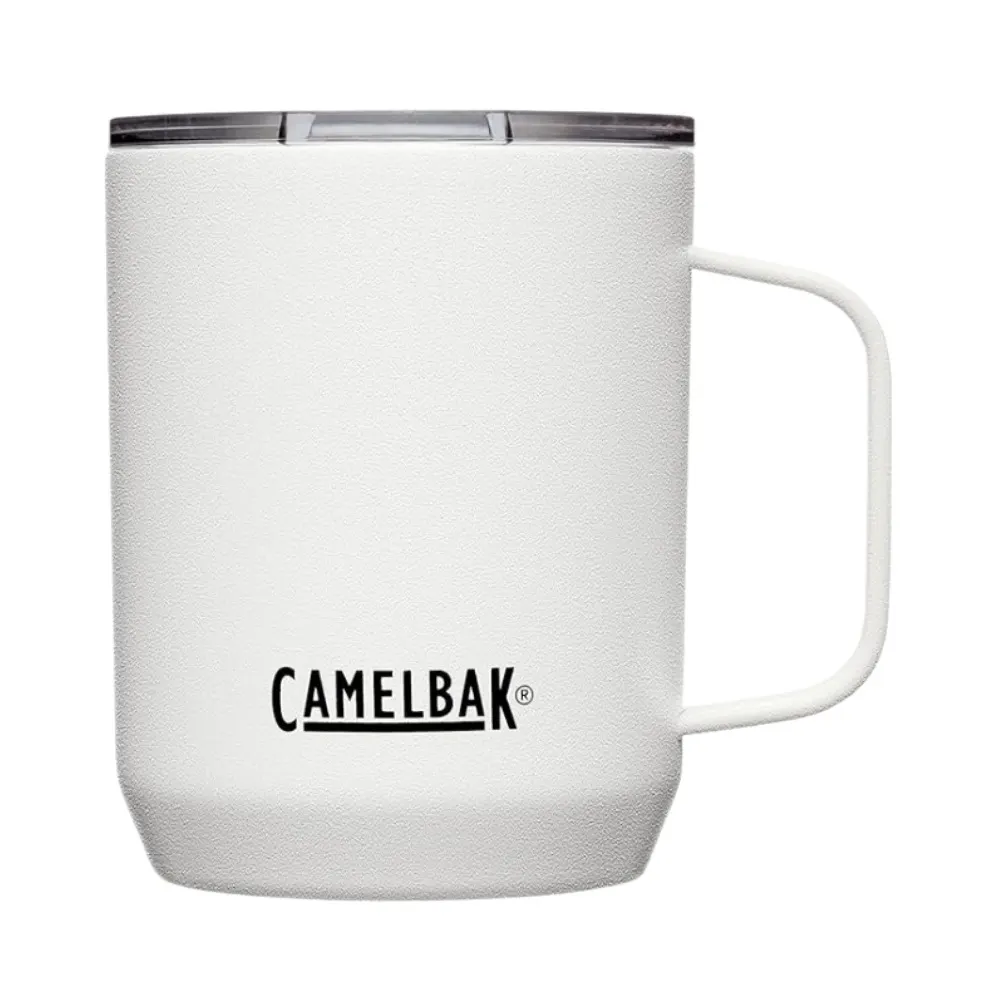
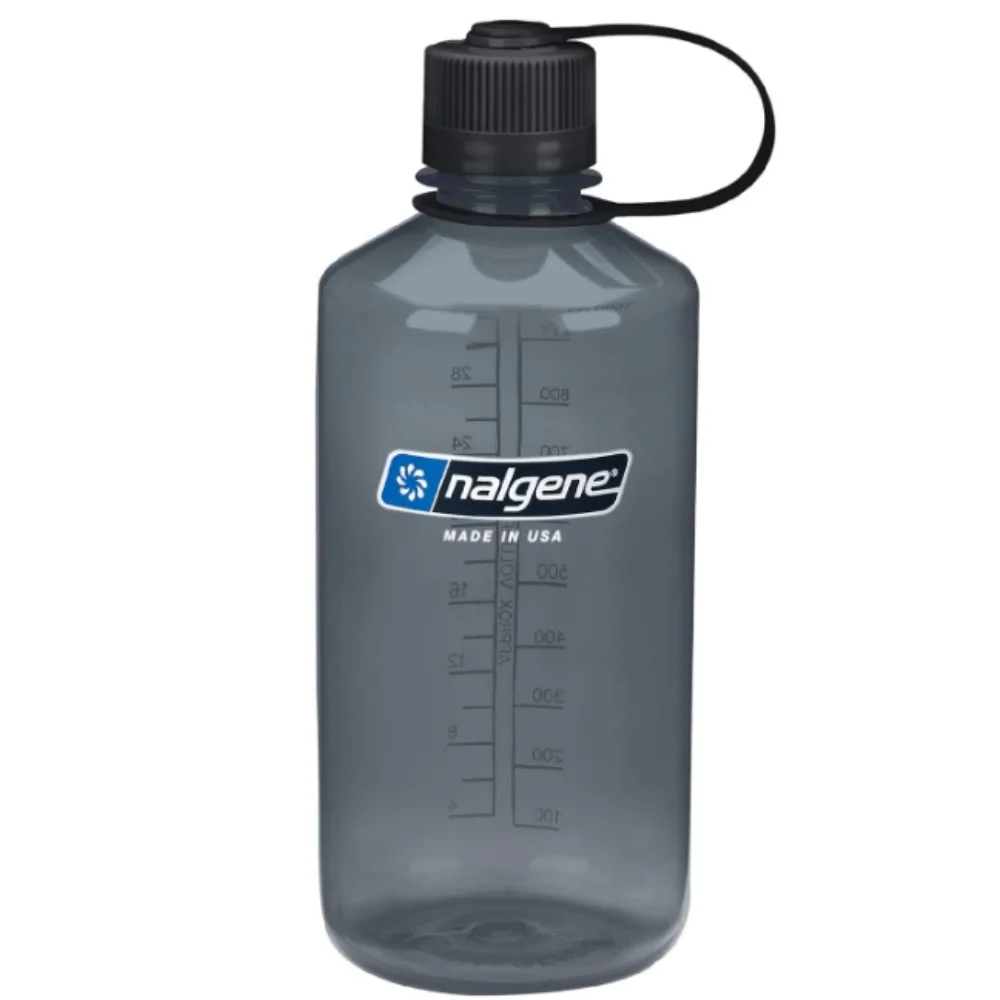
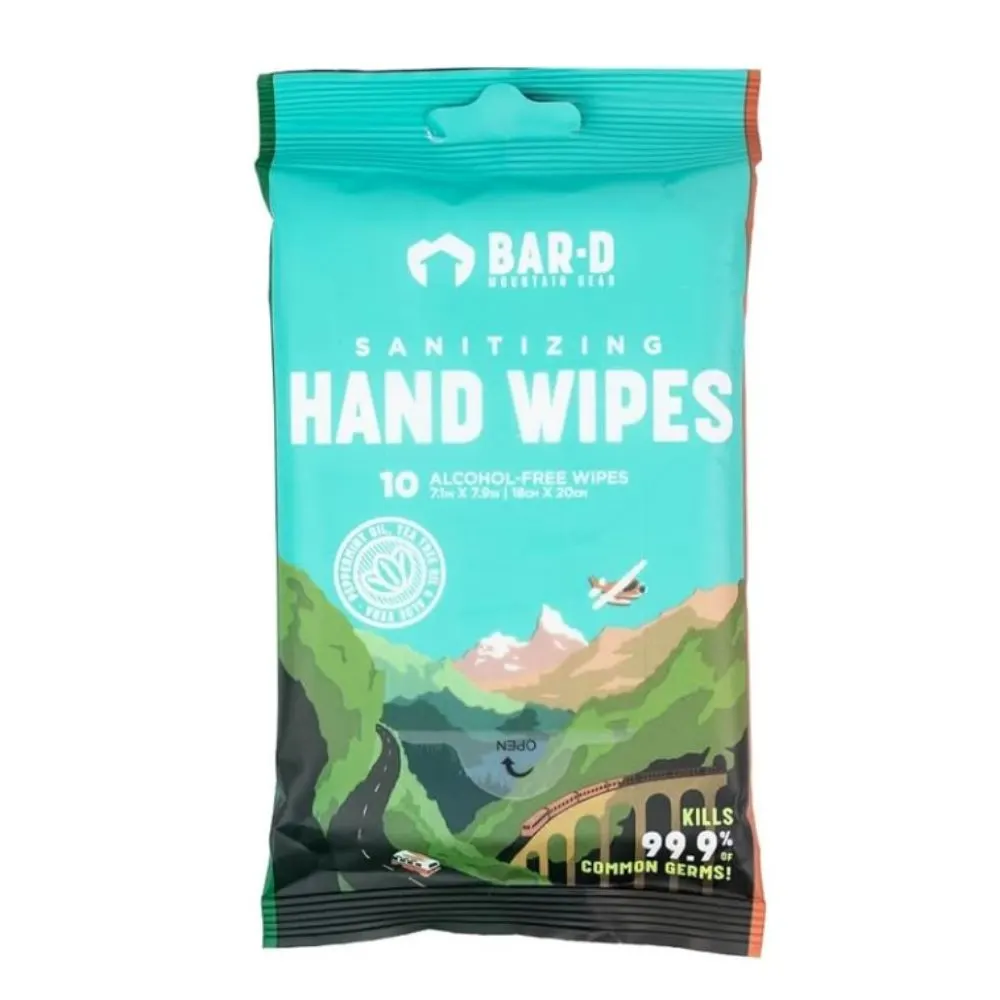
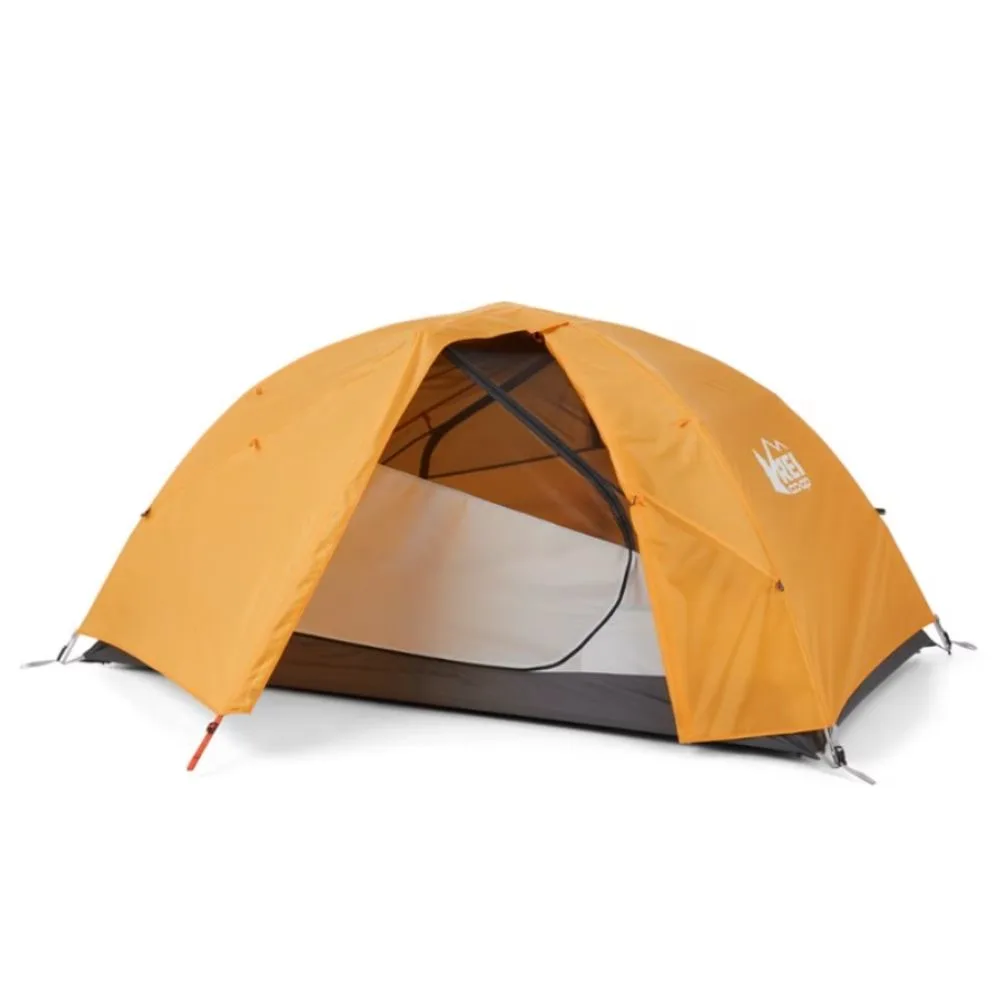
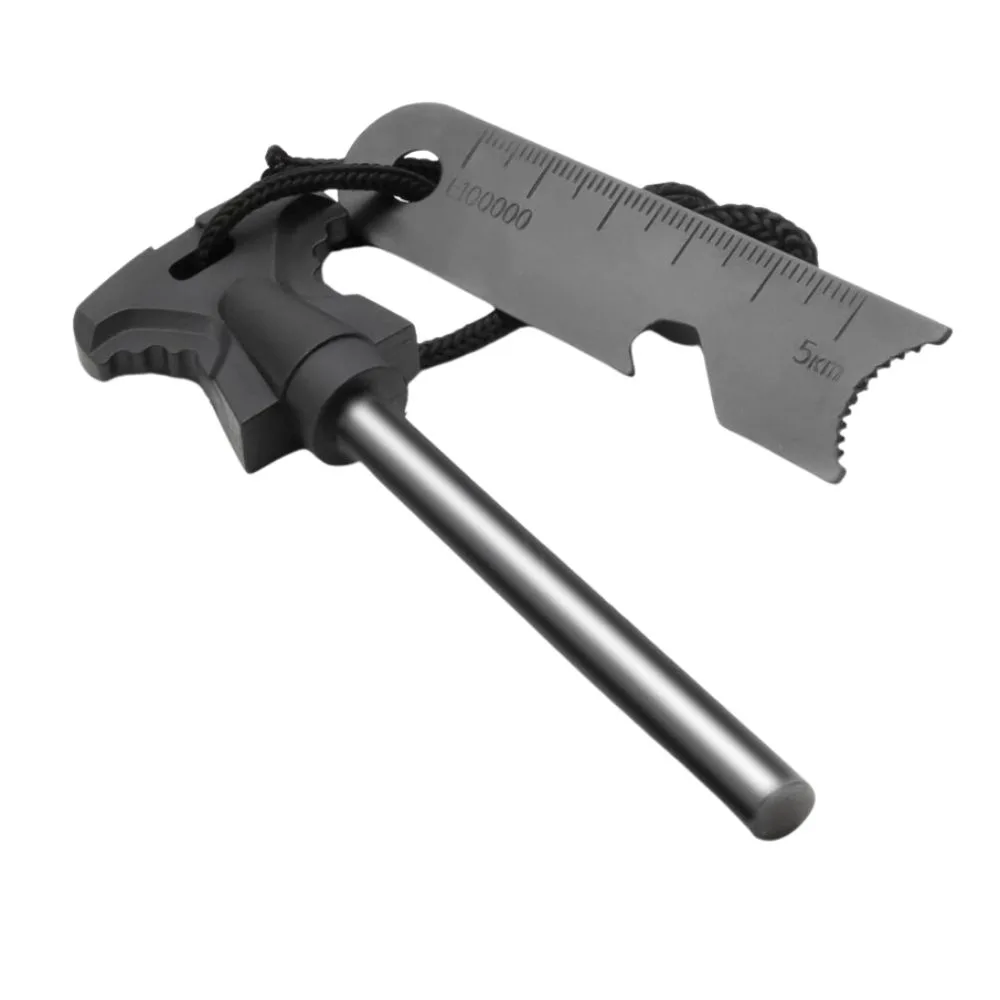
thenarrowpath
Wednesday 20th of March 2024
what gps navigation devices do you recommend? thanks
Rob Benson
Wednesday 20th of March 2024
I use my phone and a couple of the onX apps.
thenarrowpath
Wednesday 20th of March 2024
good guide but why no compass? what compass do you recommend? many on amzn are junk. thanks!
Rob Benson
Wednesday 20th of March 2024
I just ordered one I think I'll really like, I'll be doing a video on social media and adding it here very soon (if it makes the cut).
Kathy japhet
Saturday 2nd of March 2024
As a born and raised Coloradoan, this website and your essential camping ,list is one of the best I have seen. Great information for beginners, and even older campers as myself,which now in my late 70s.been coming since I was a child with my parents,I have camped many different ways, but now have a slide lance camper. More comfortable,but a big thank you for all information.
Rob Benson
Saturday 2nd of March 2024
Thanks so much! Truck campers are great.
STEPHANIE
Thursday 29th of February 2024
THANKS FOR ALL YOU DO.
Rob Benson
Thursday 29th of February 2024
You're welcome!
James Cameron
Wednesday 23rd of November 2022
WOW! This is a pretty decent list. Thanks! I already bought the sleeping hammock.